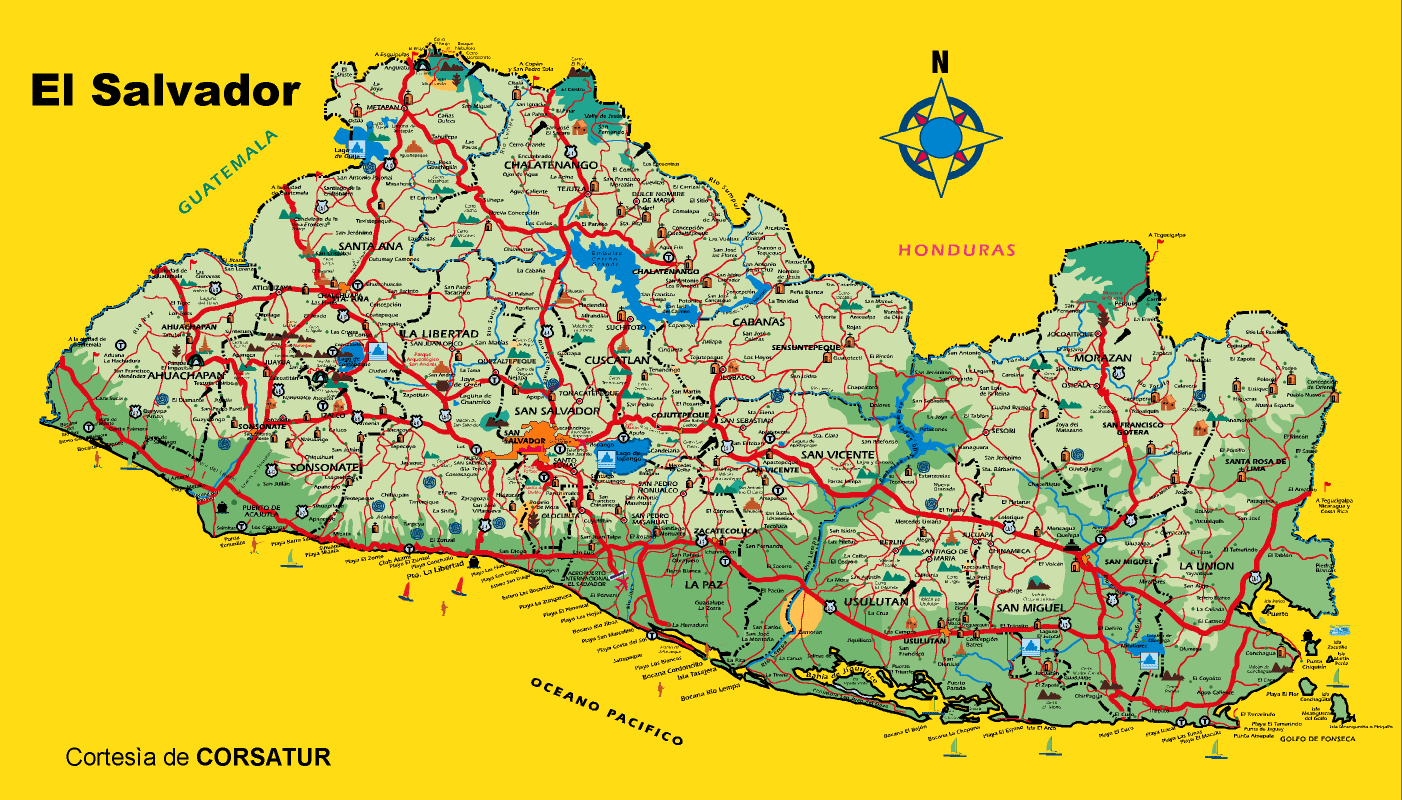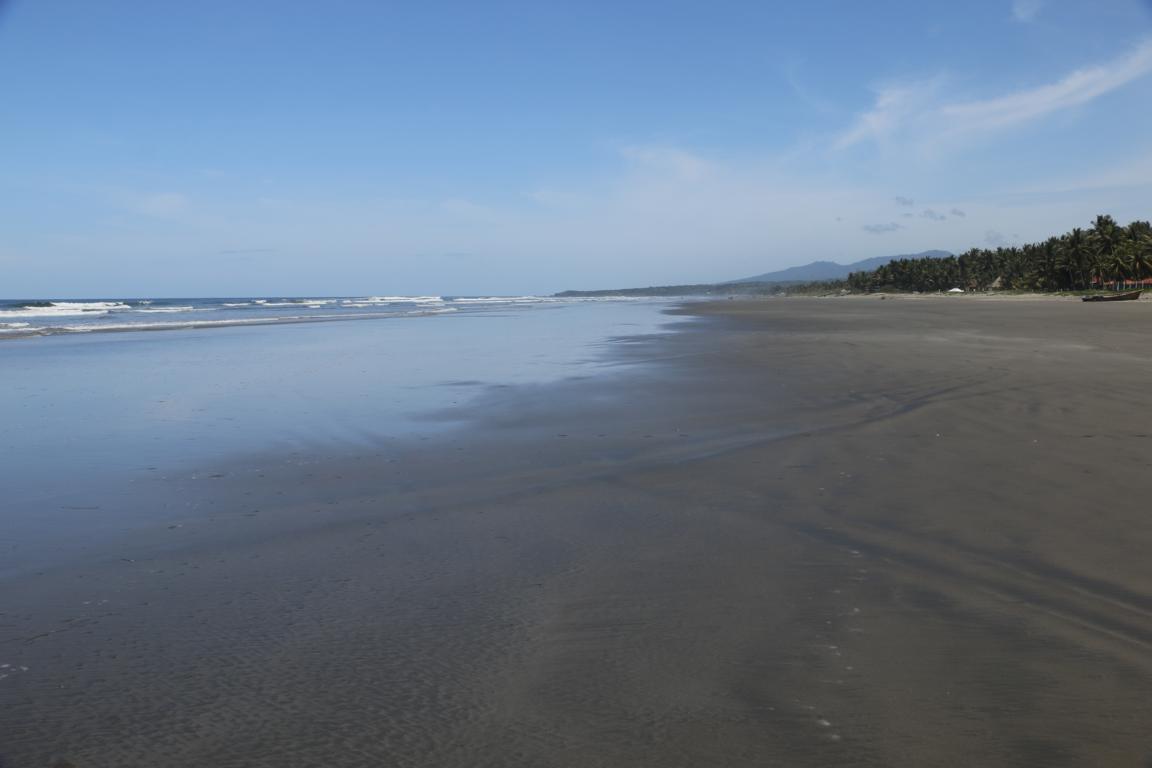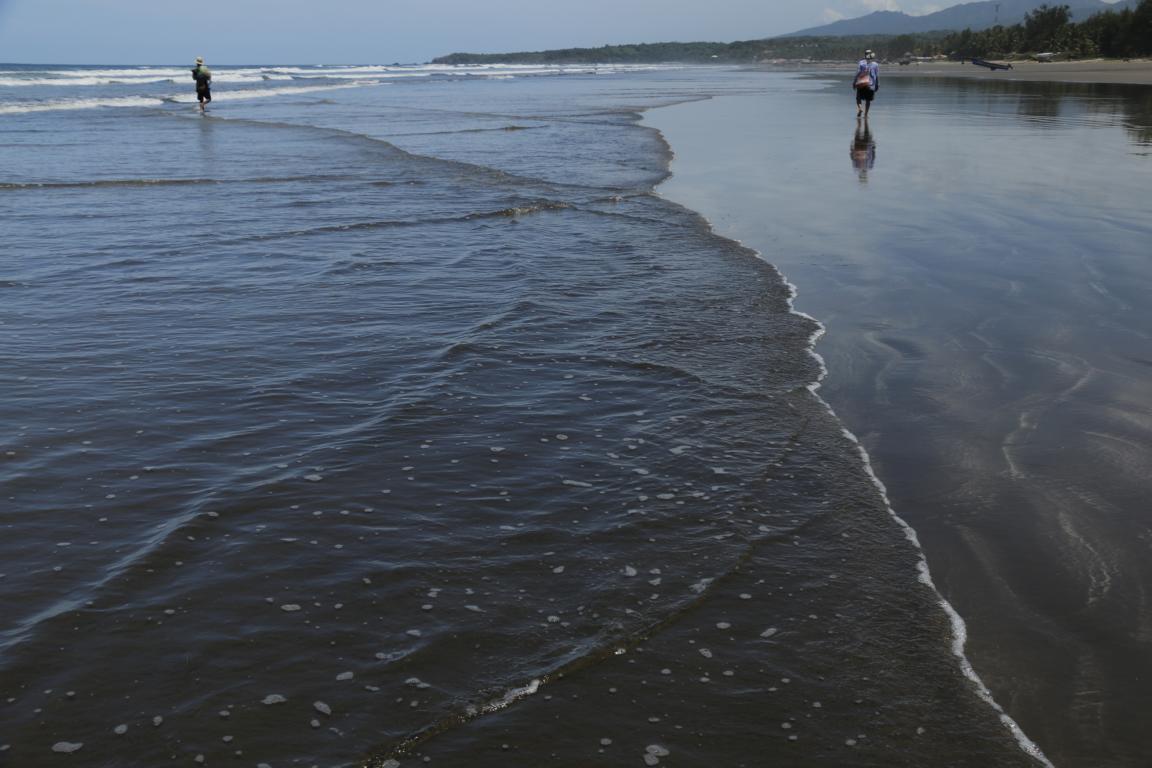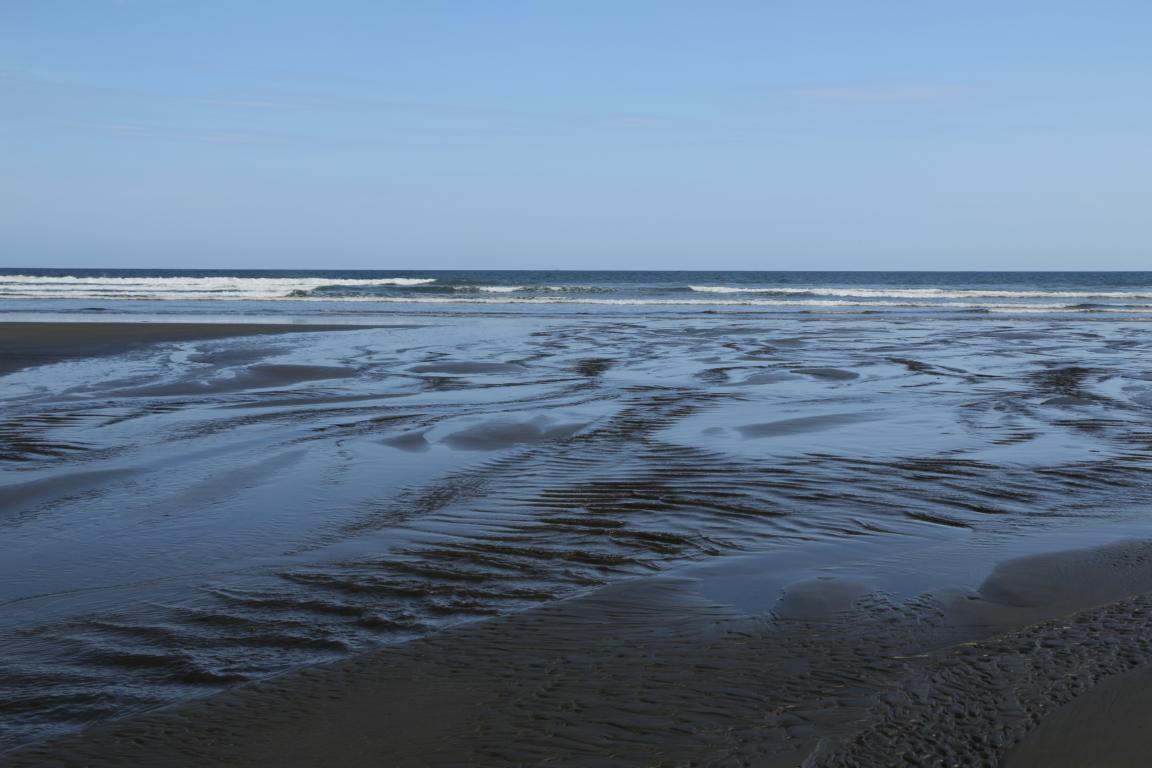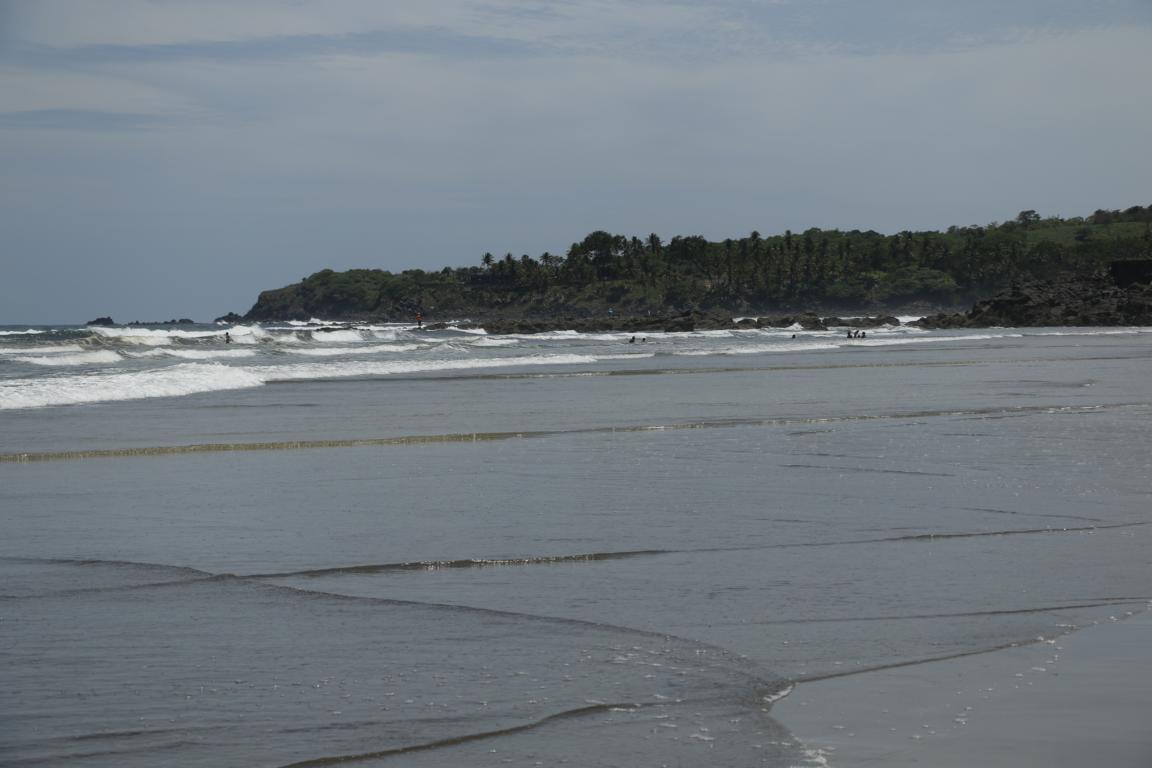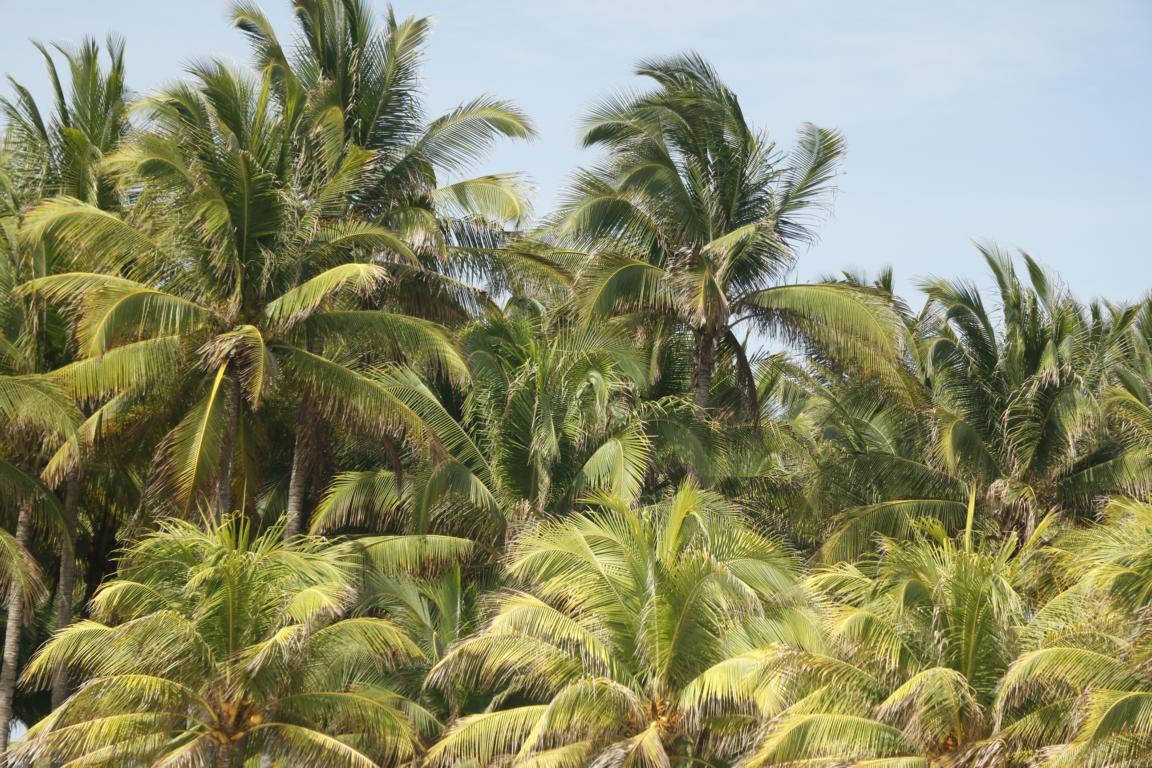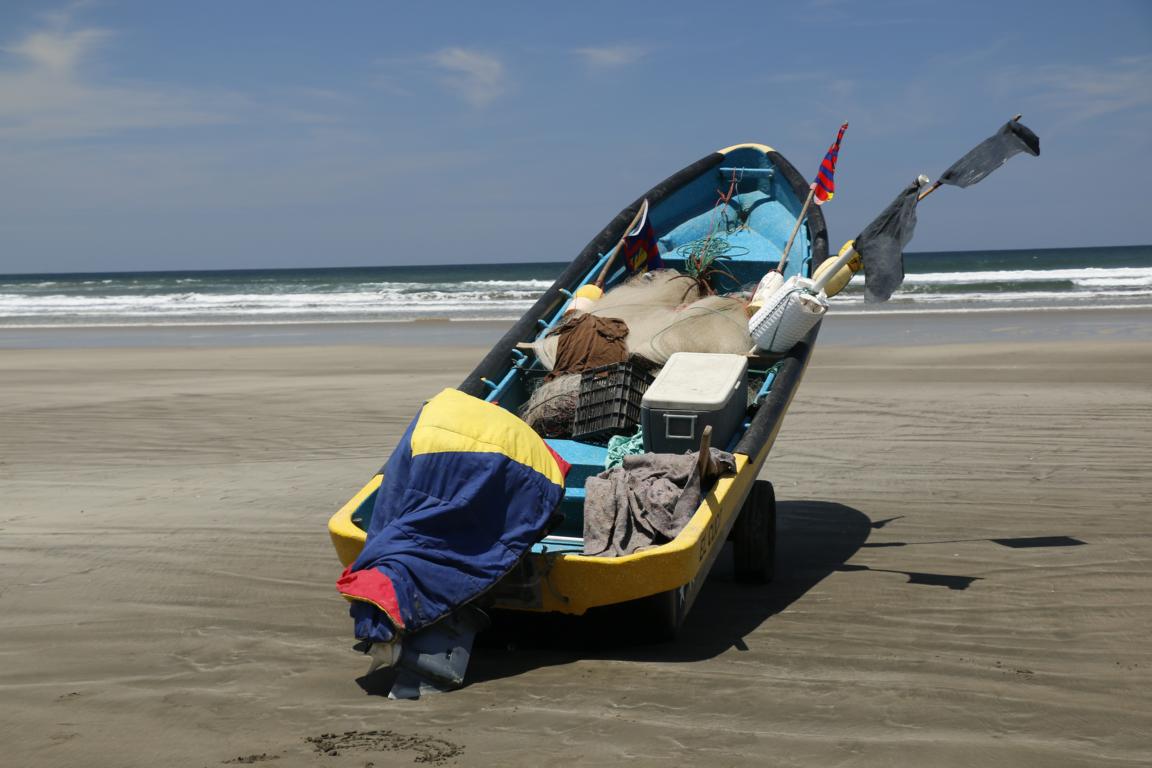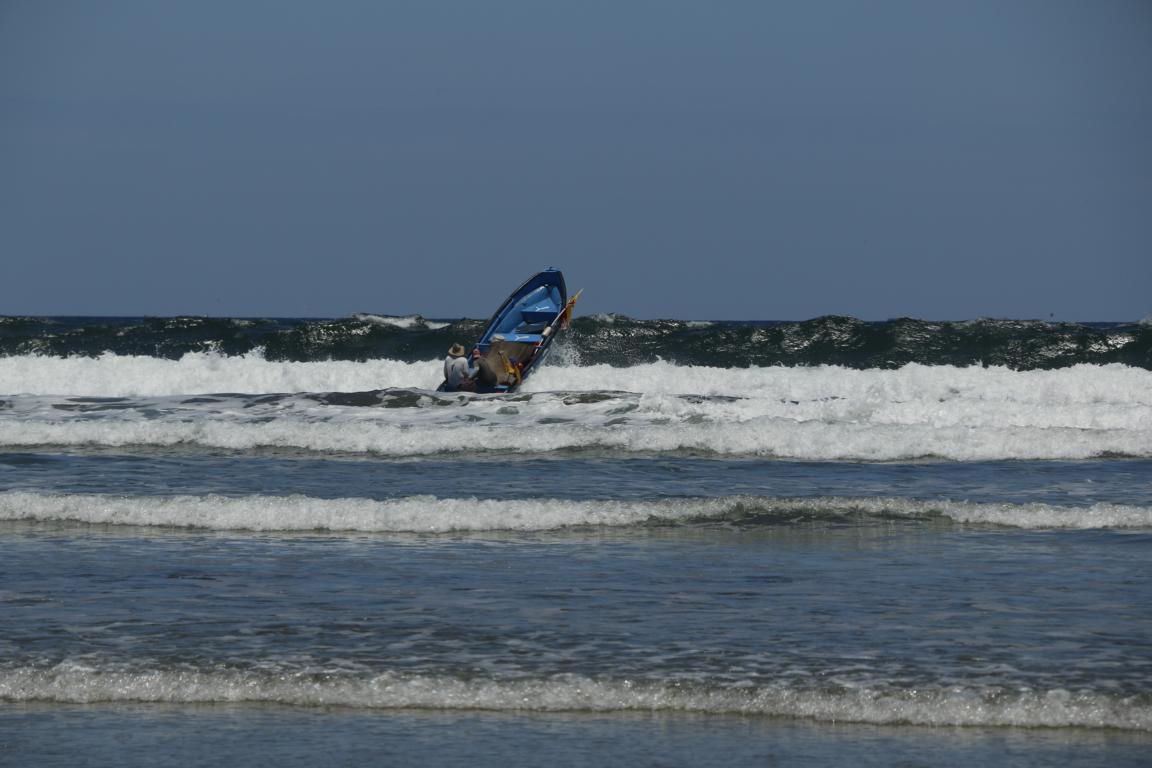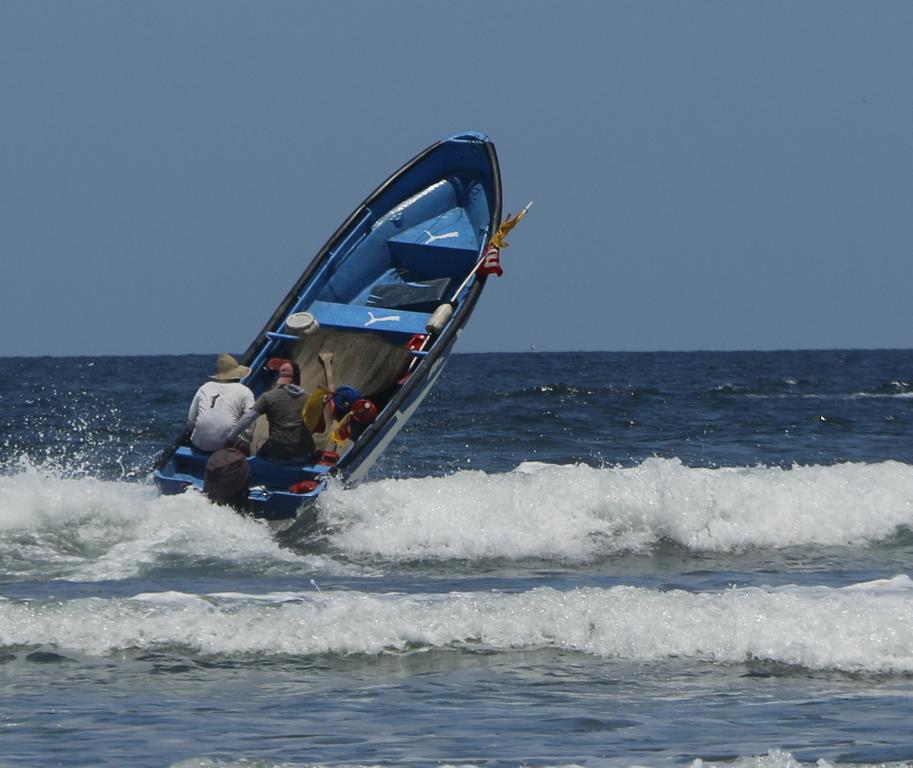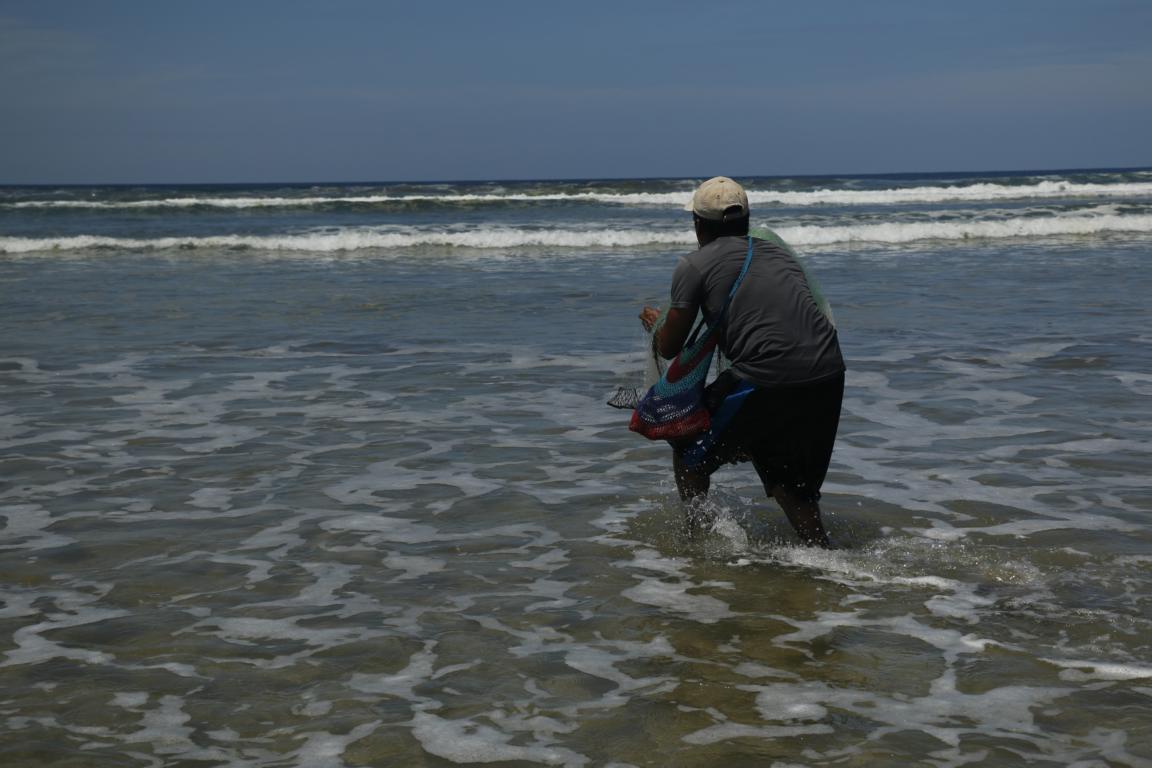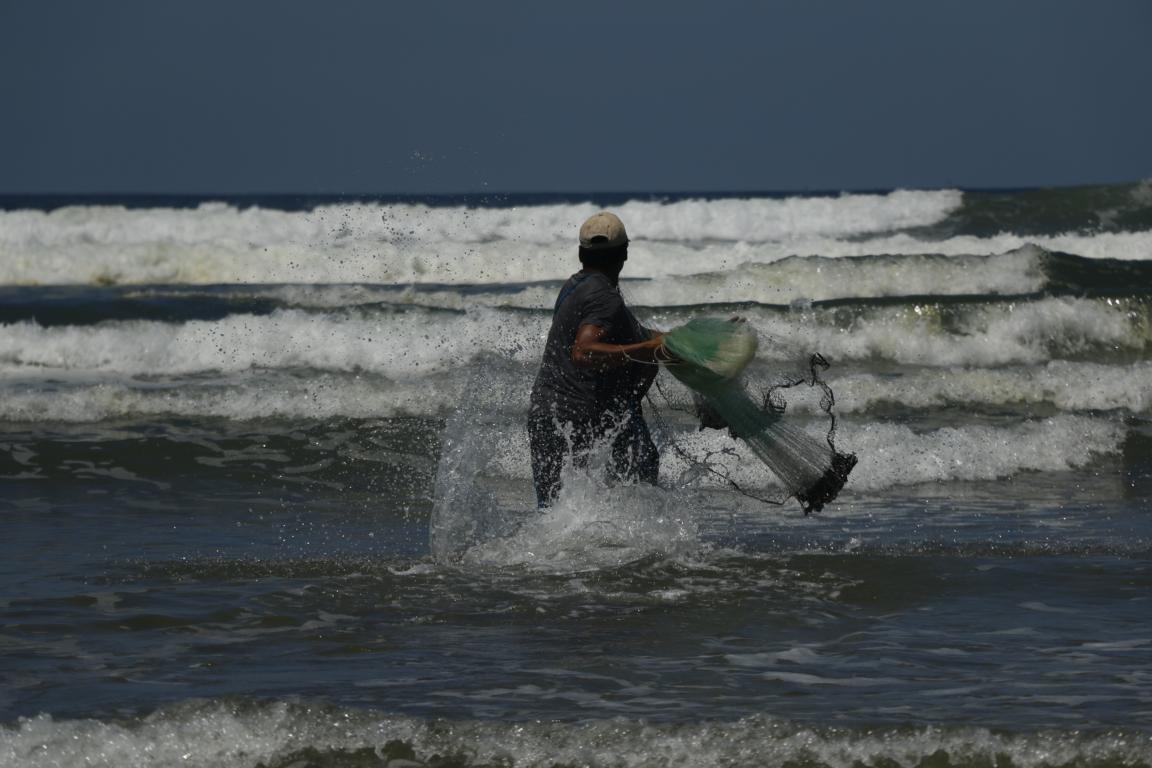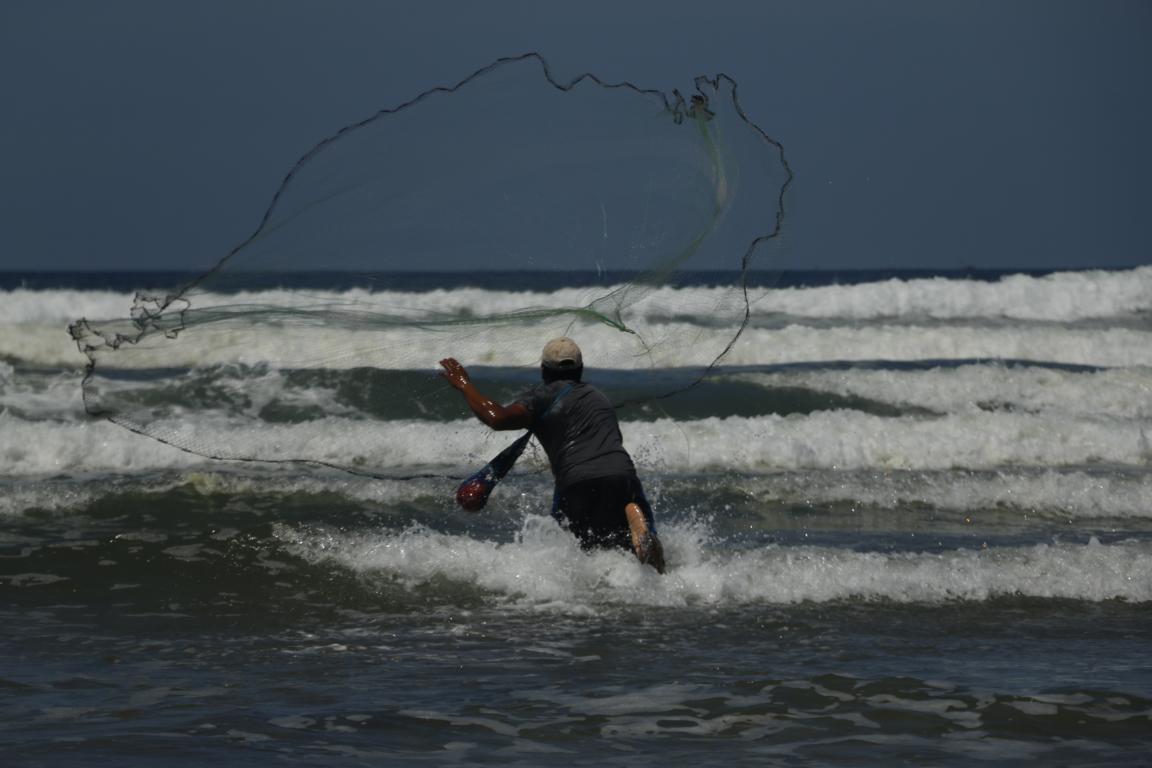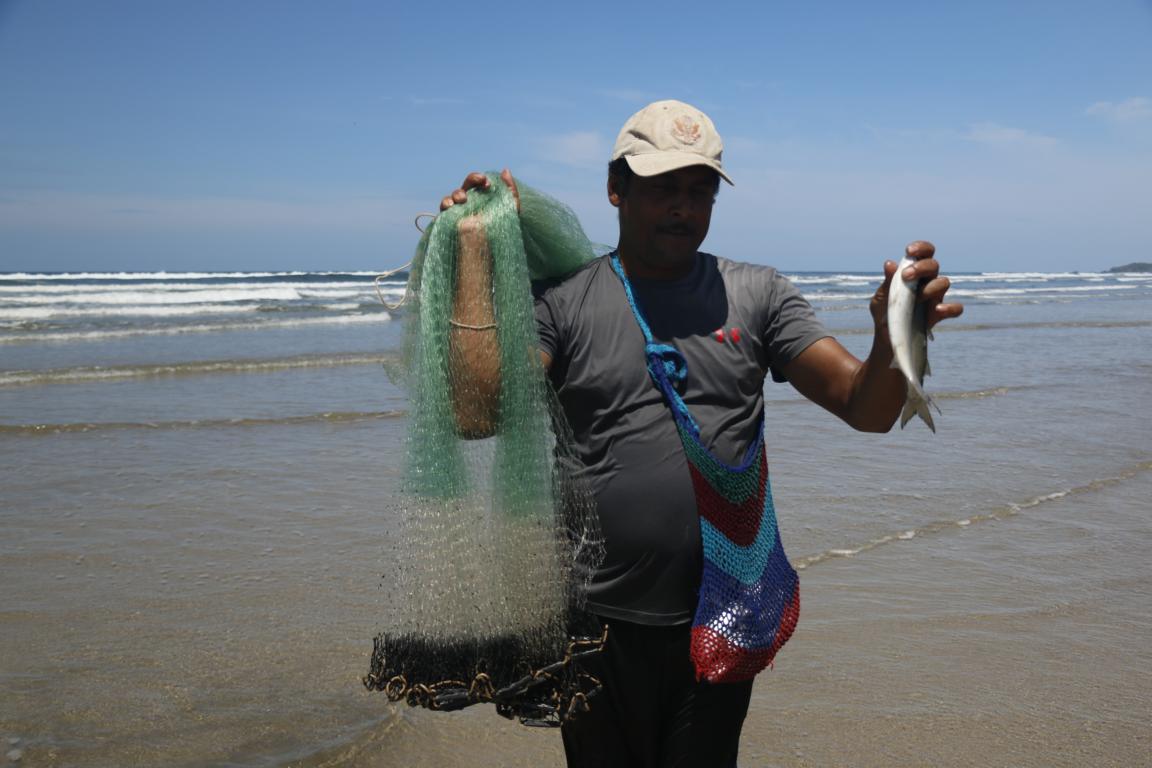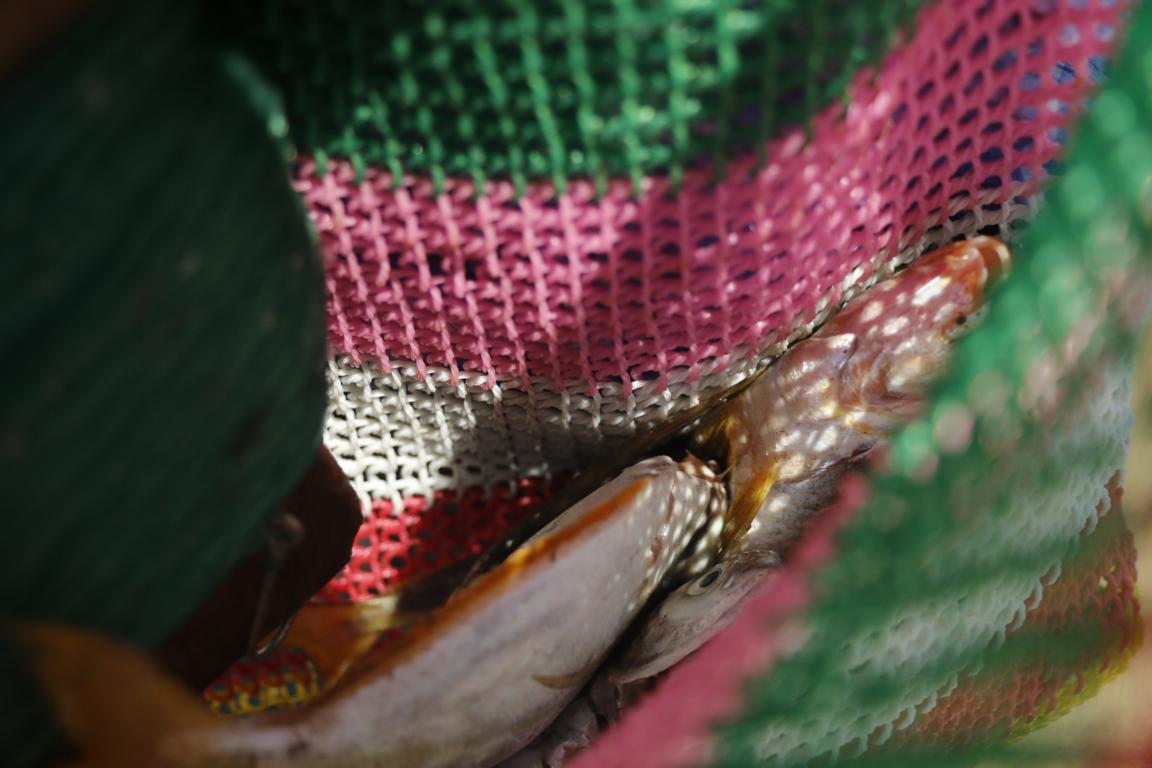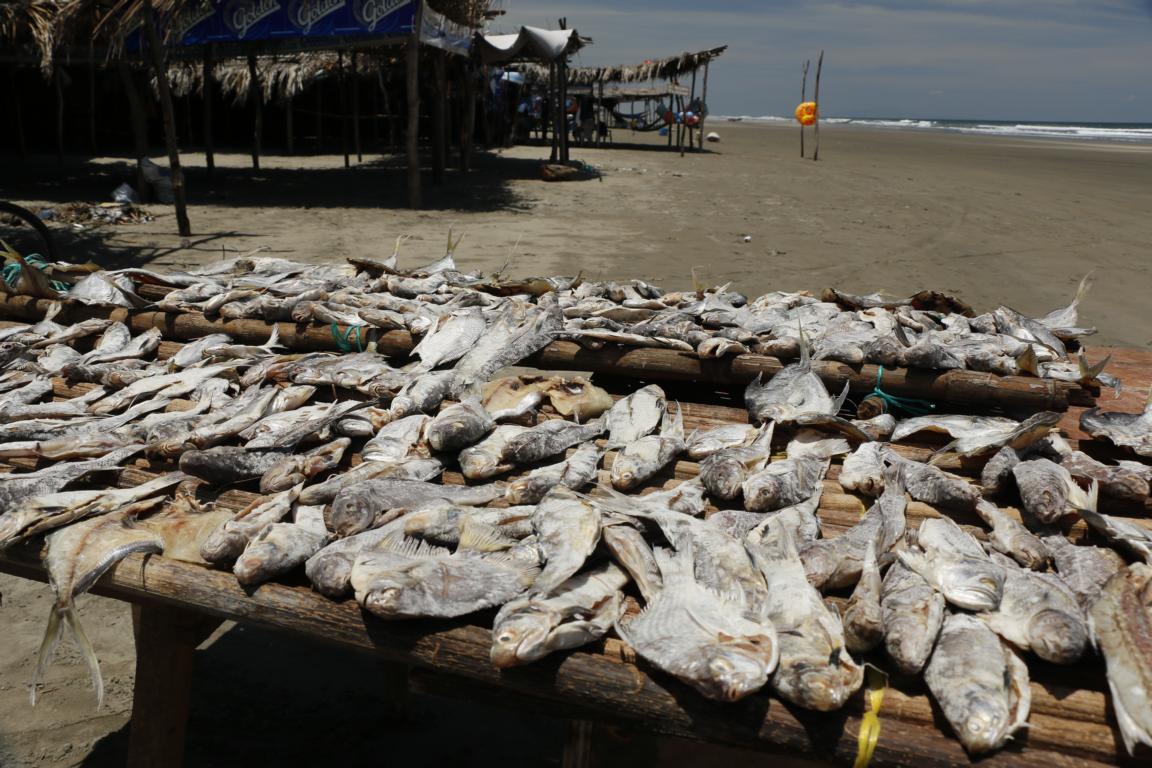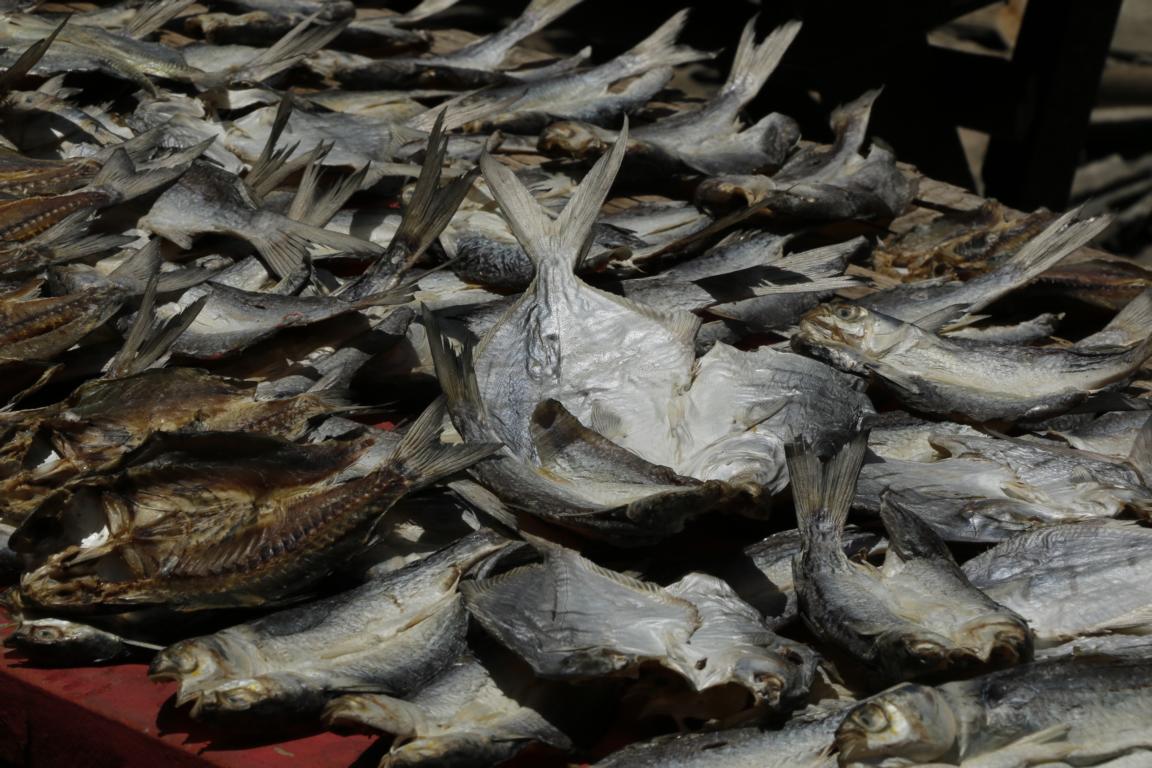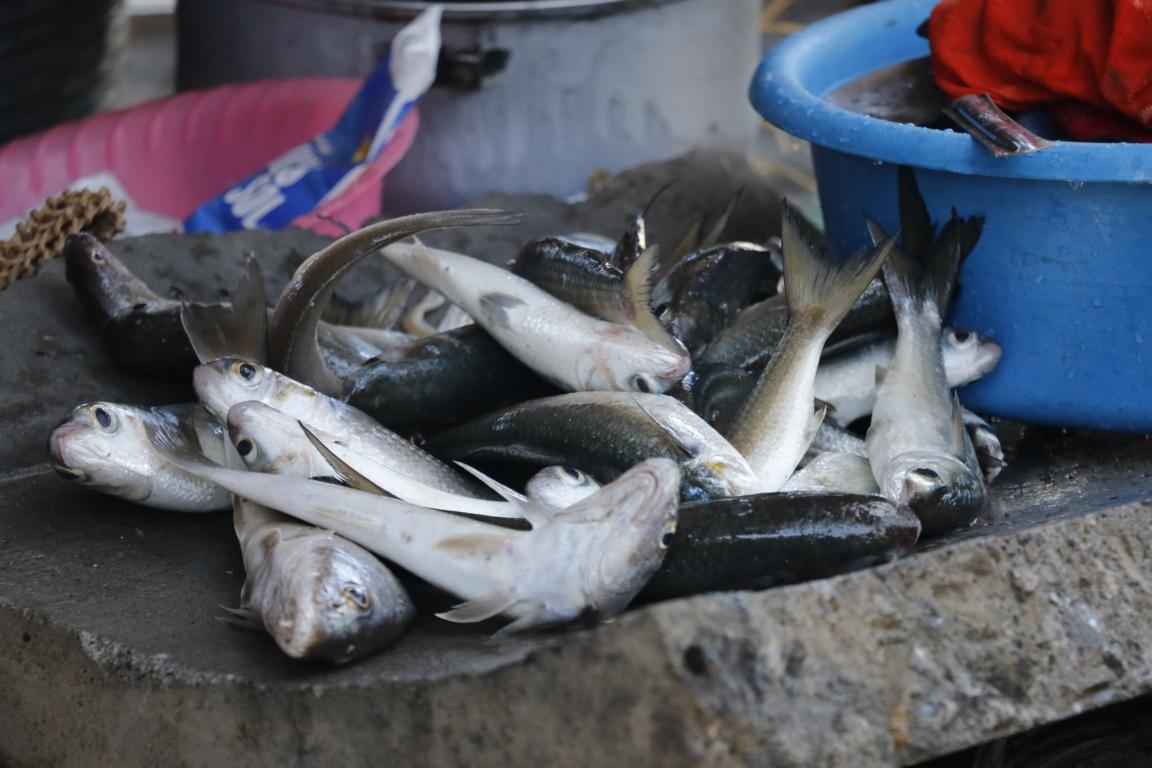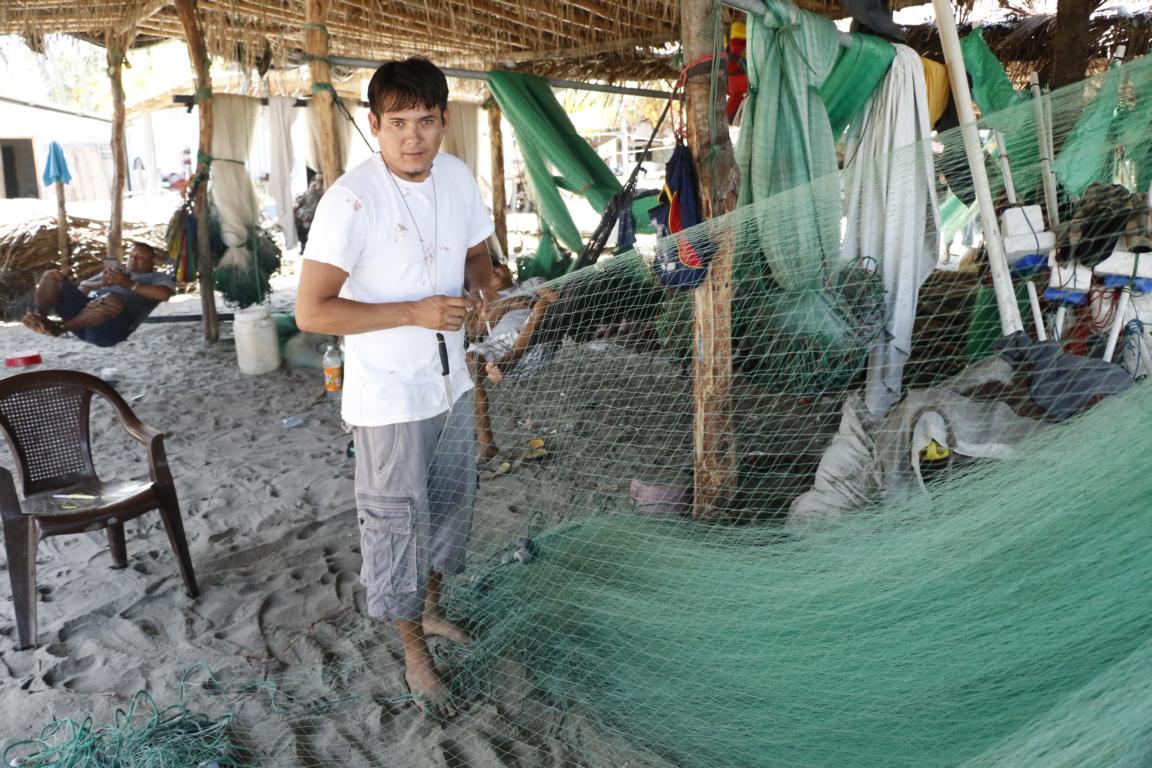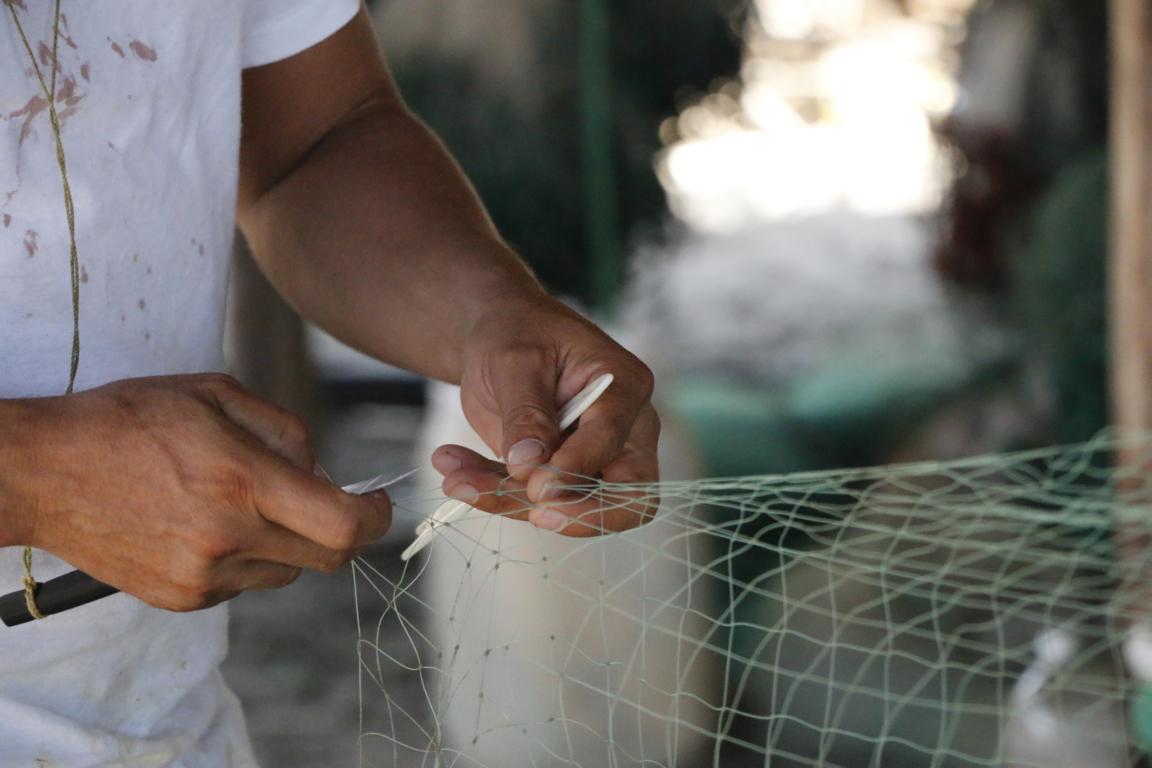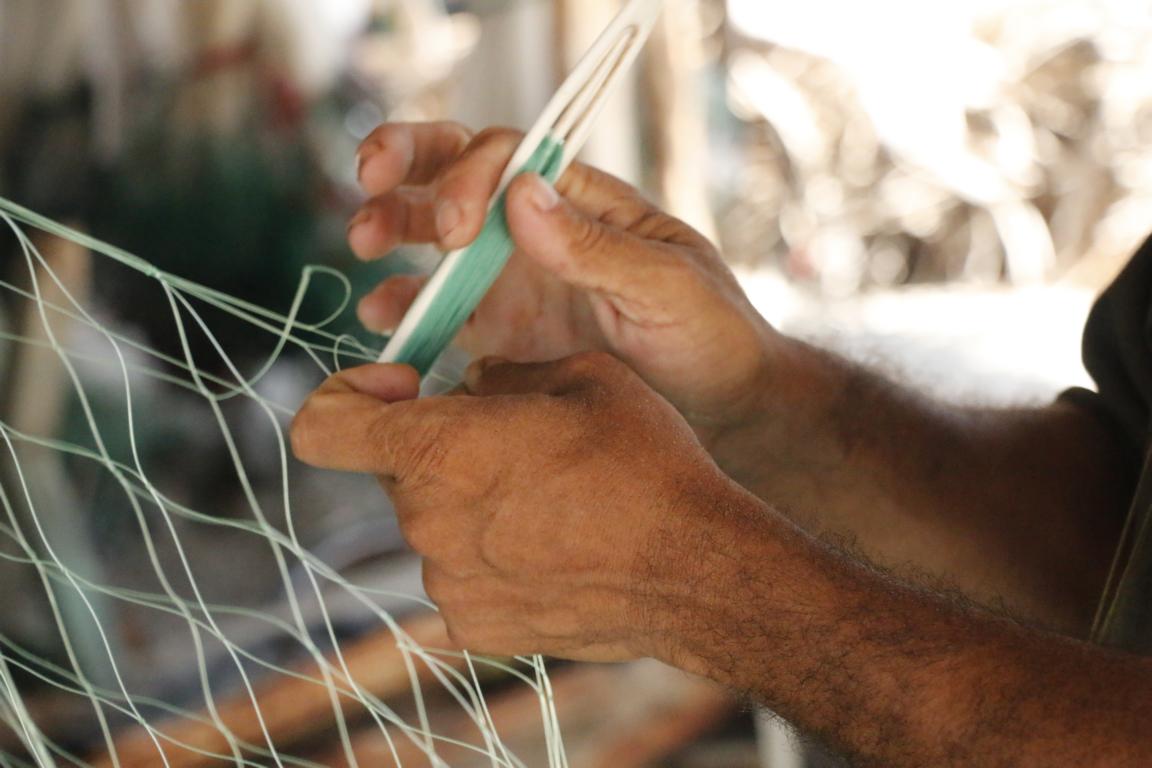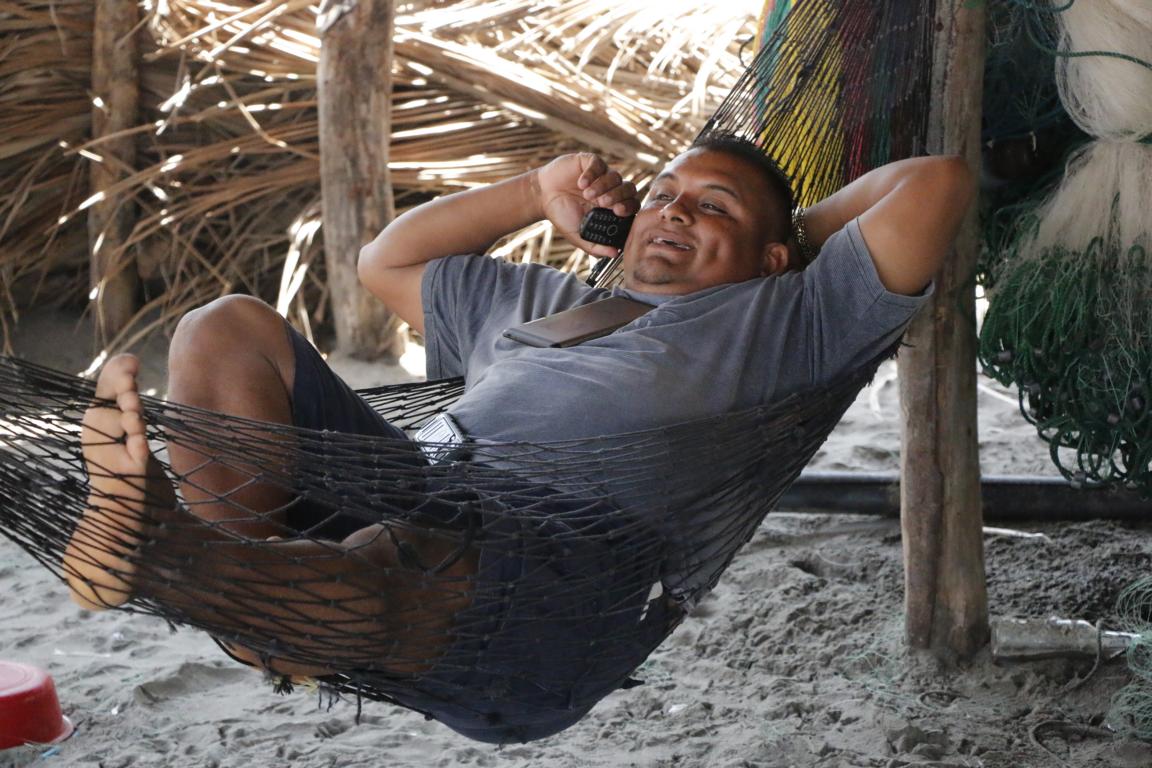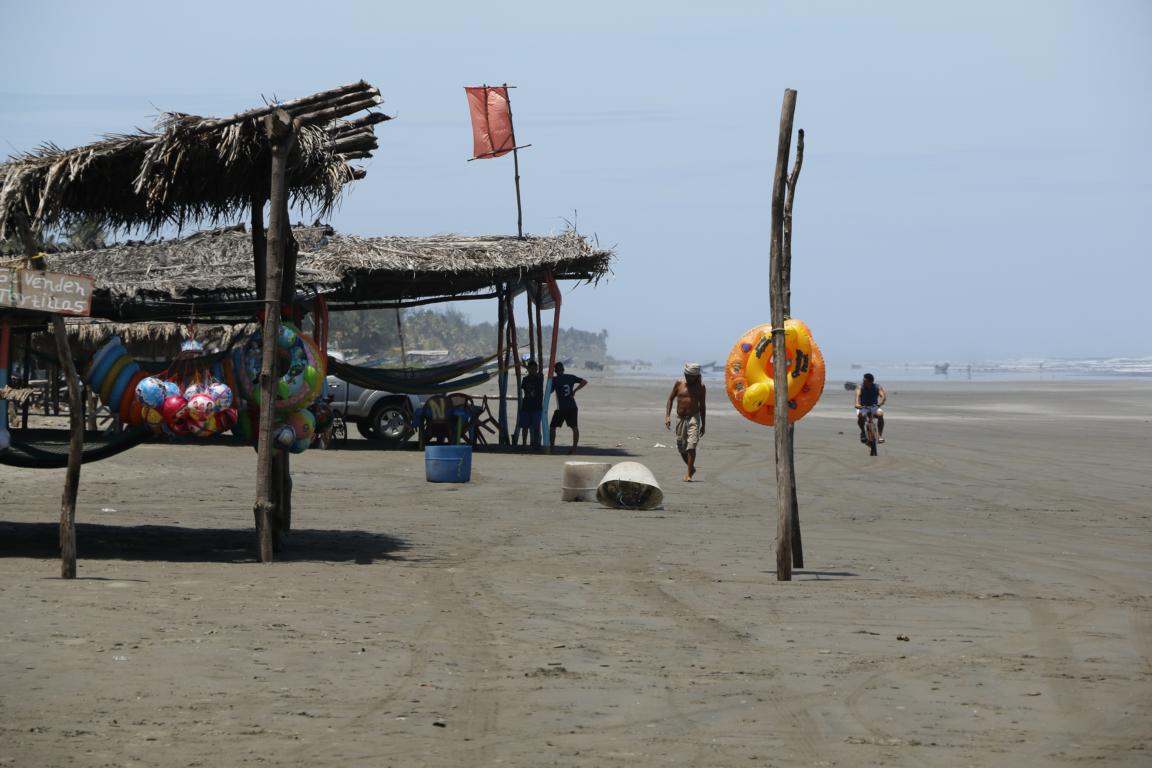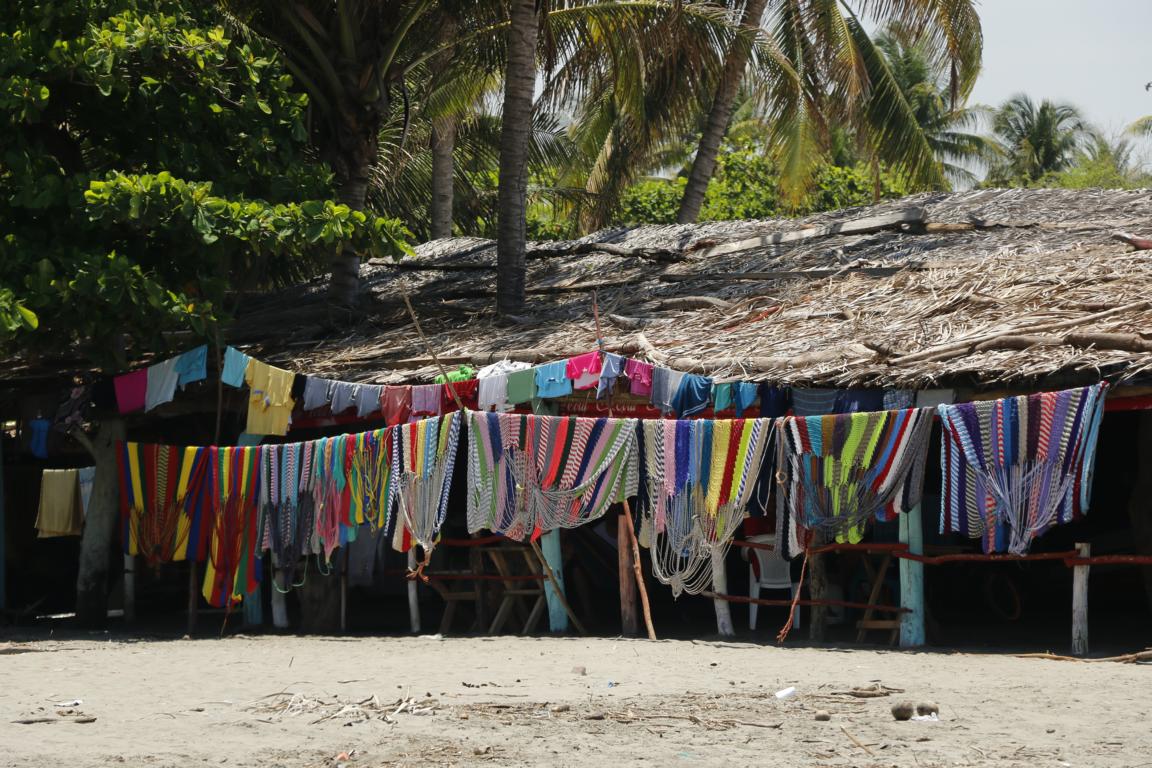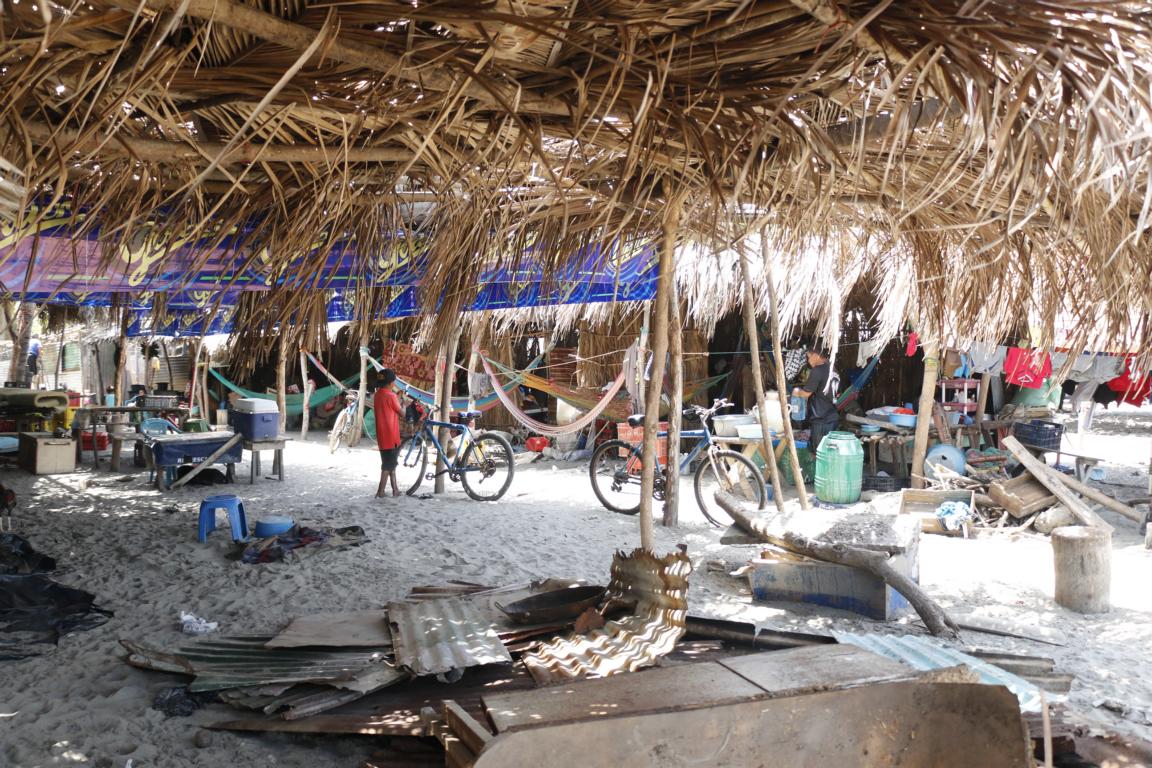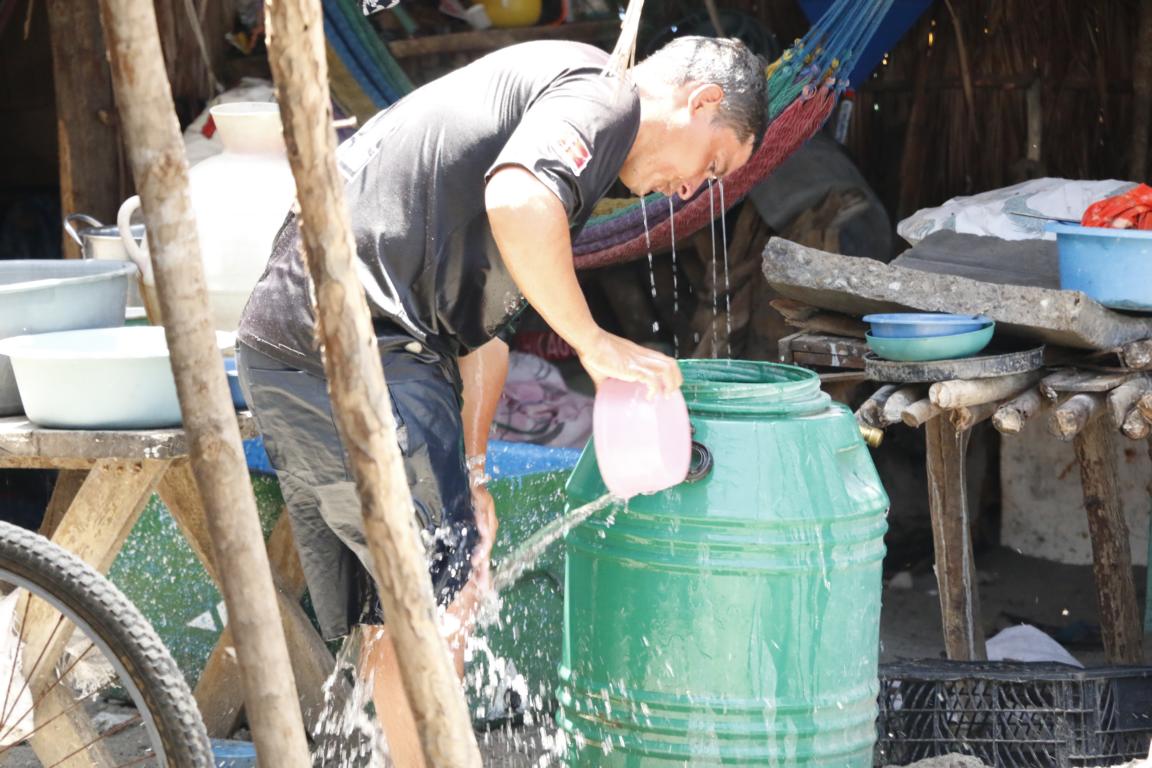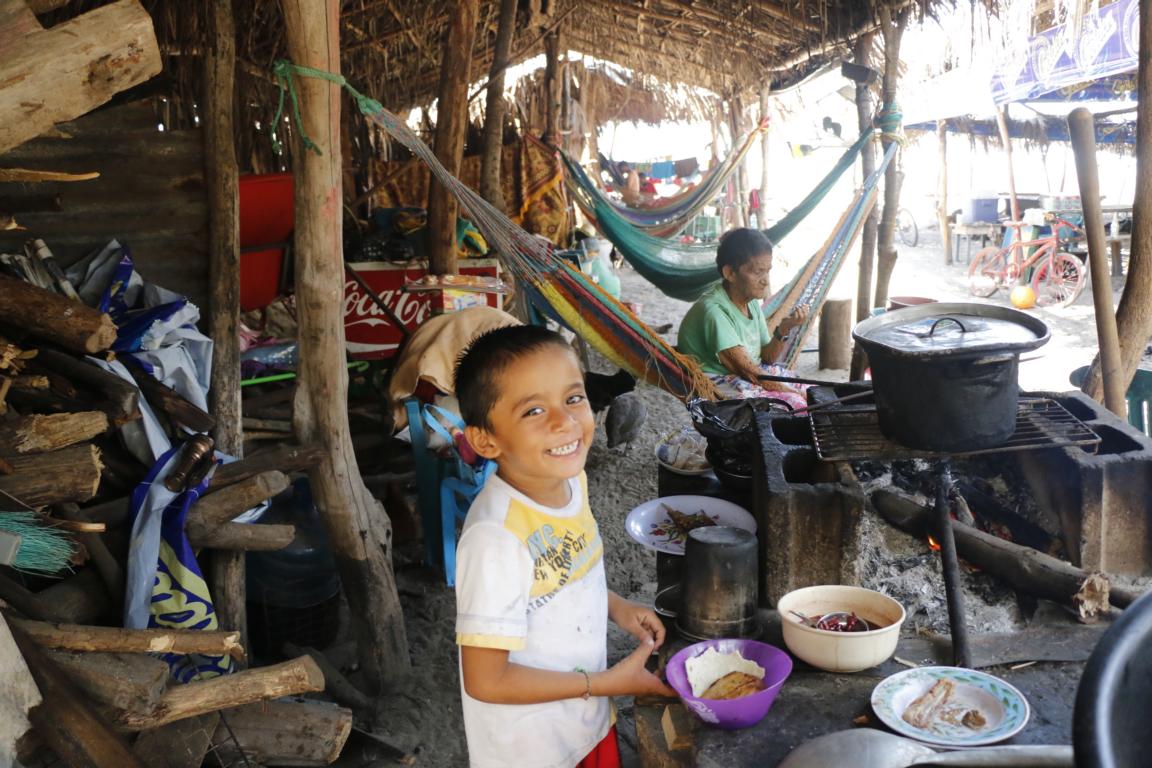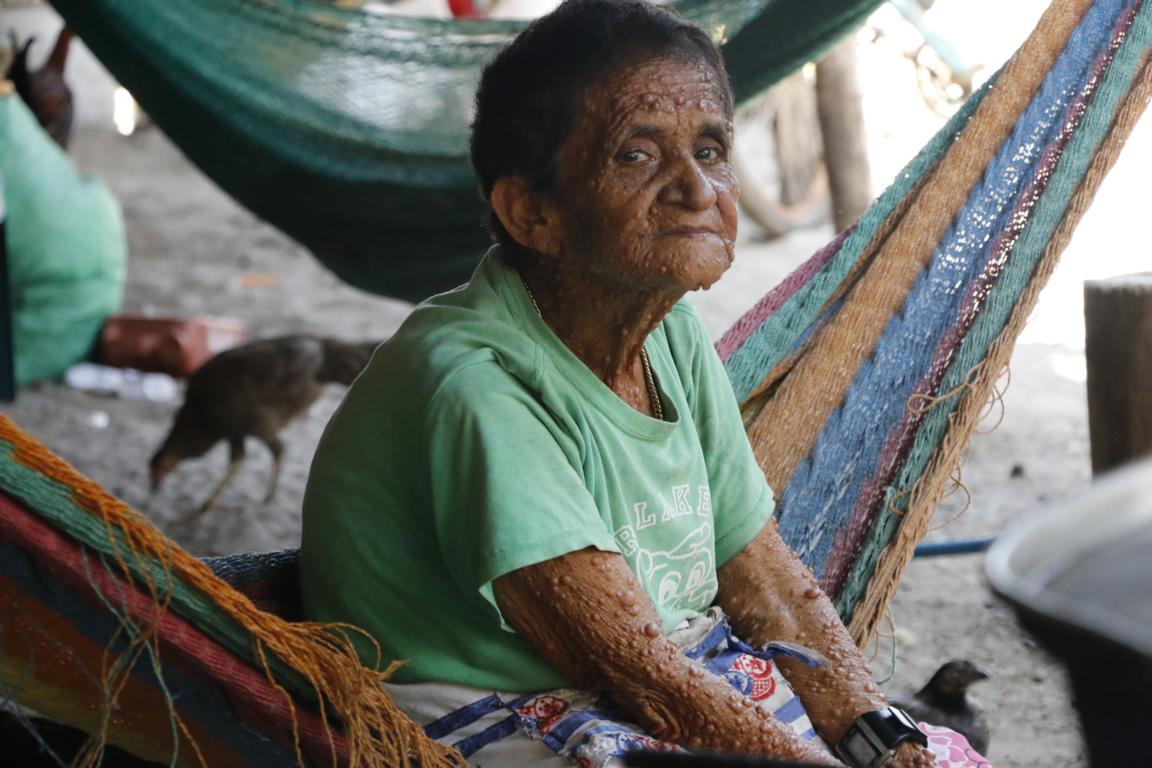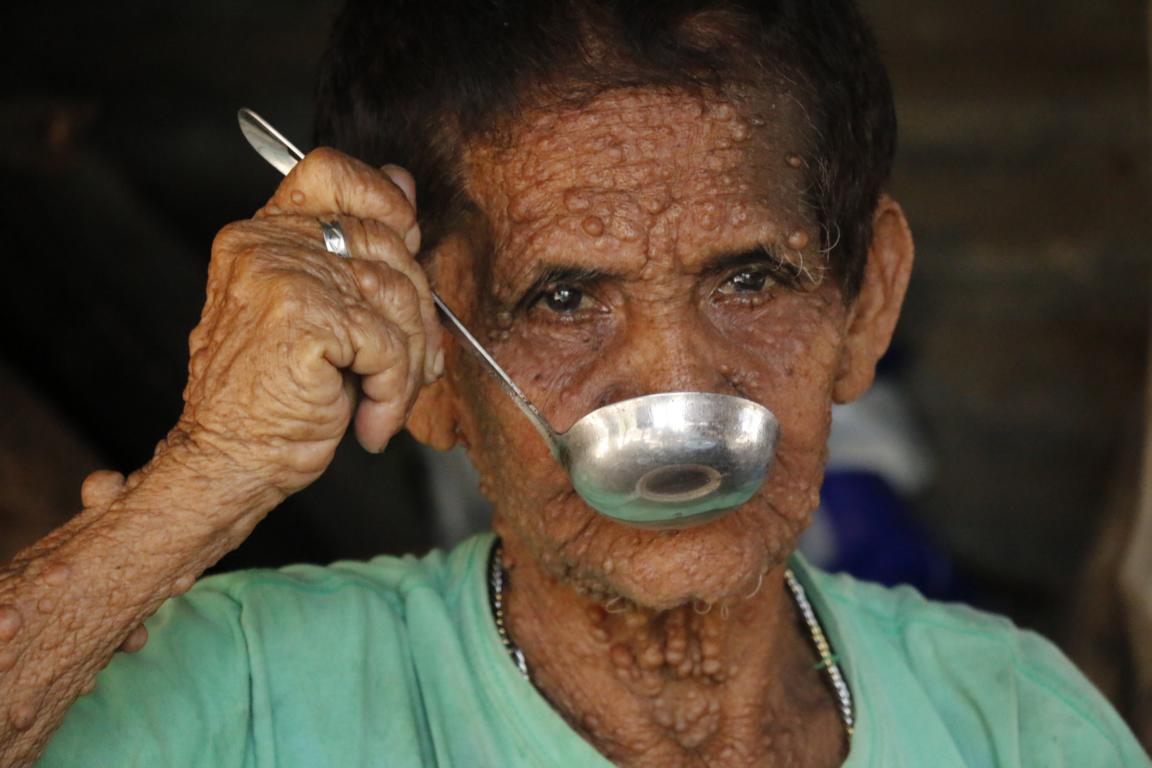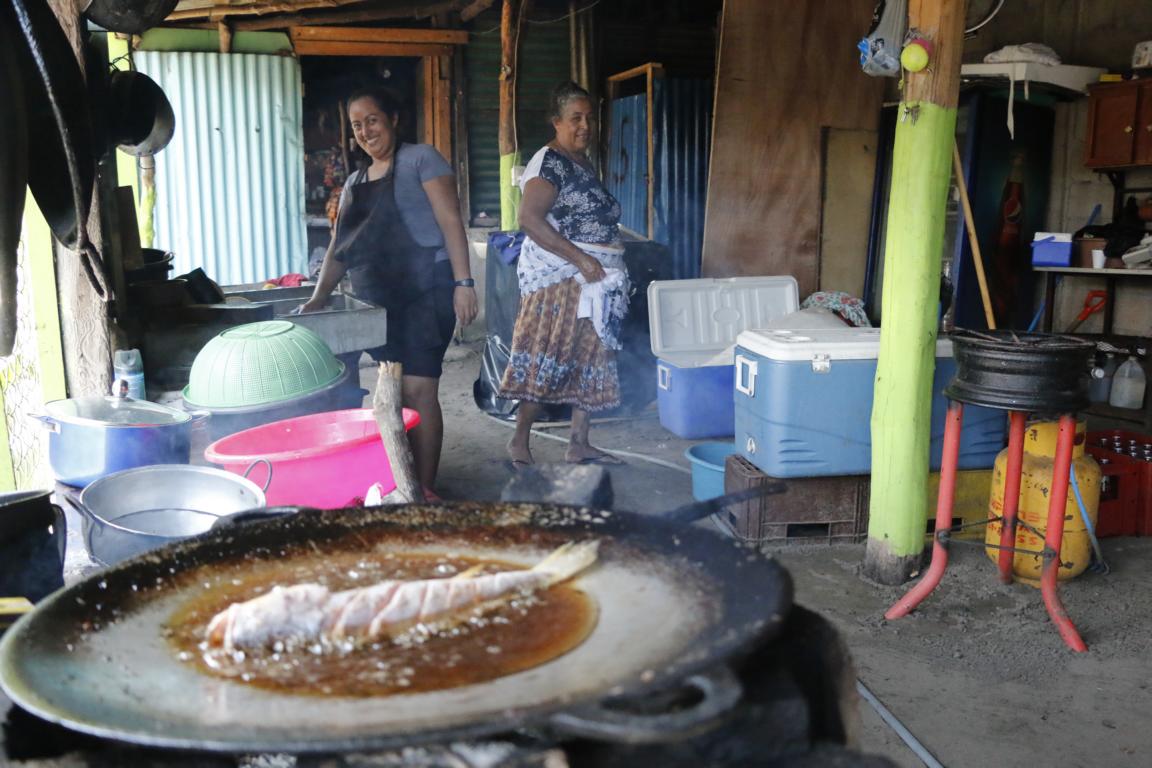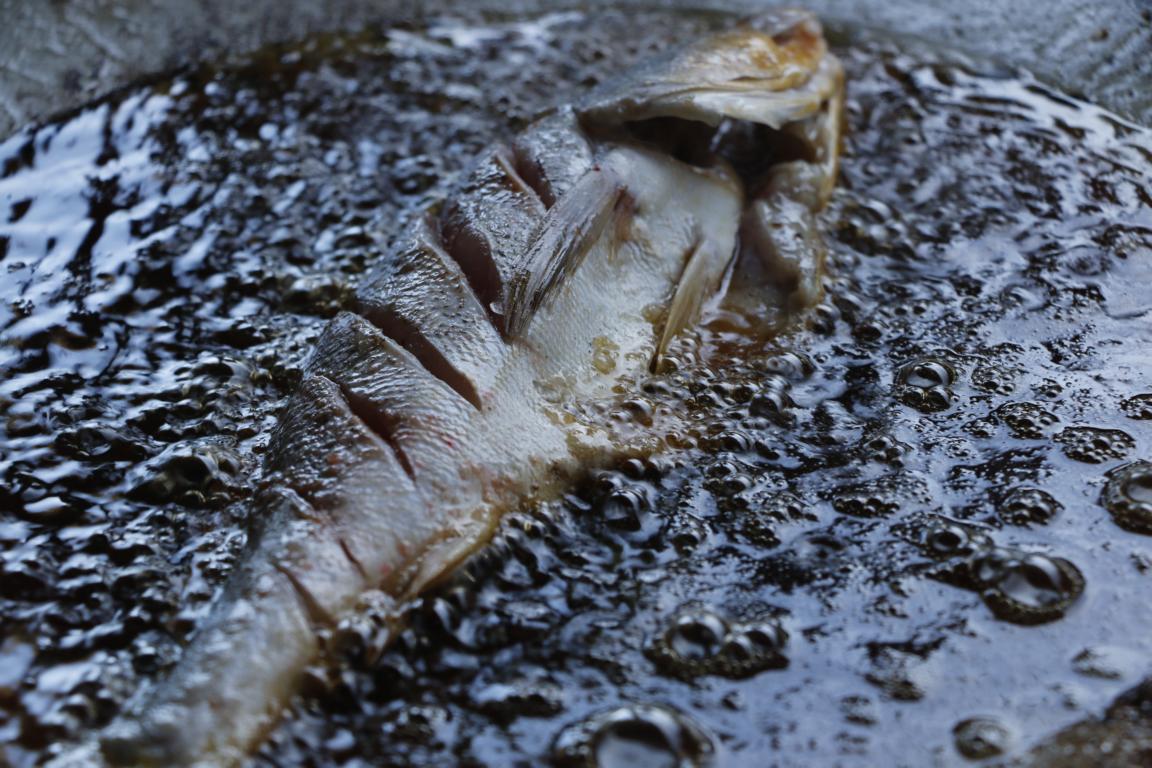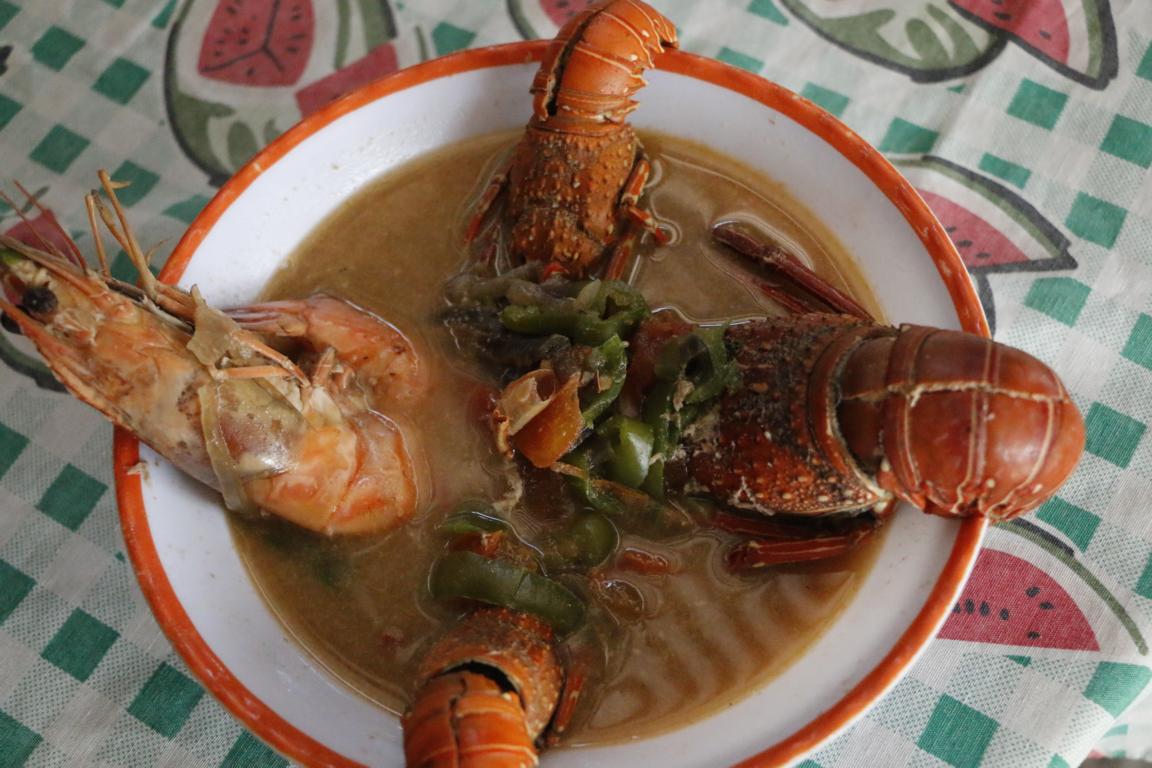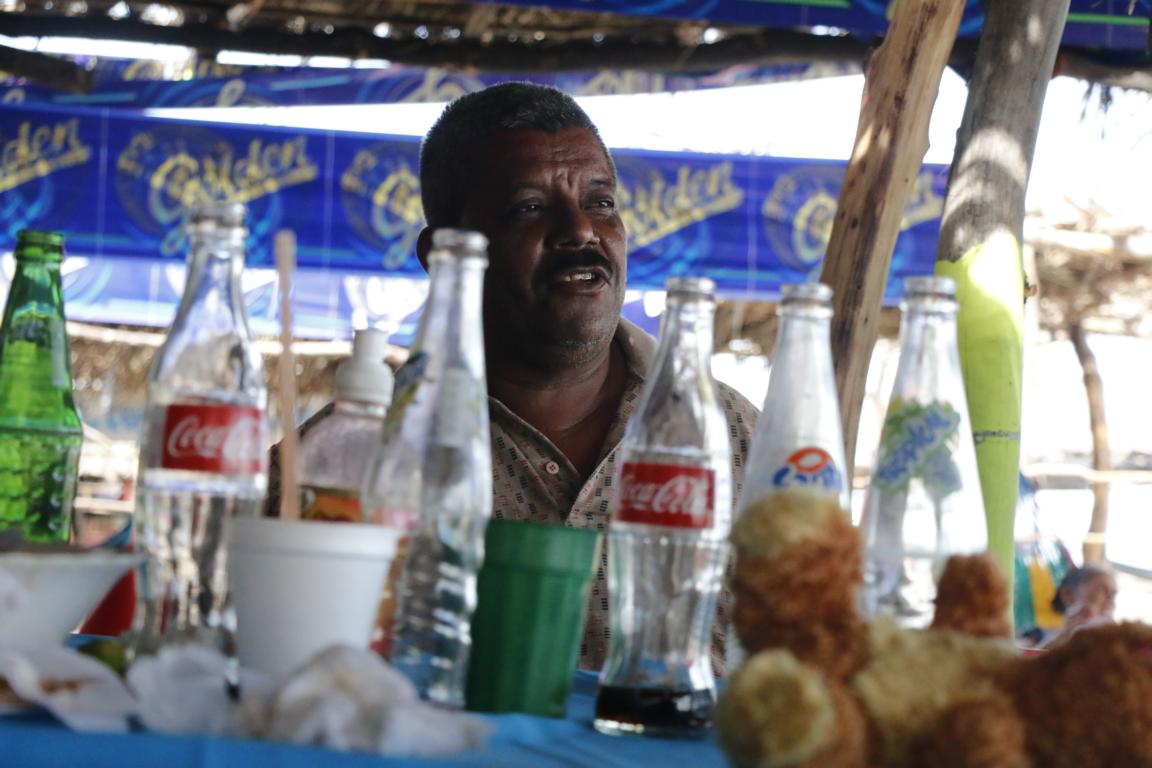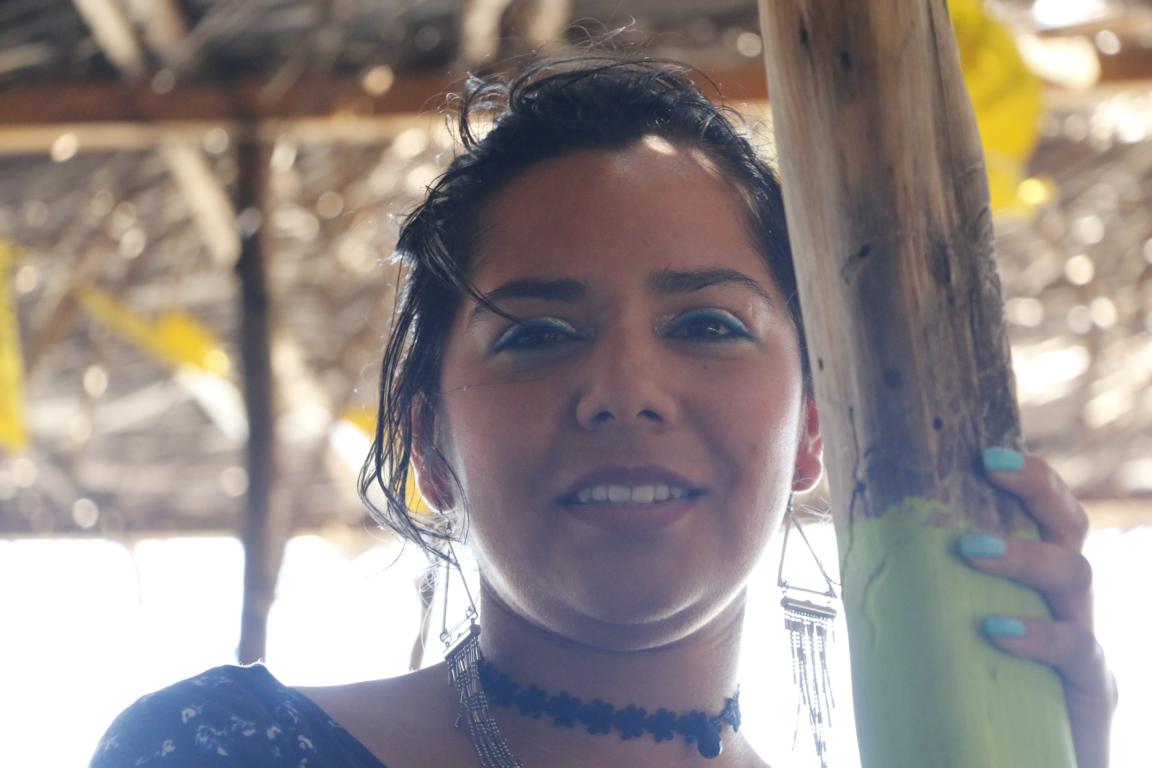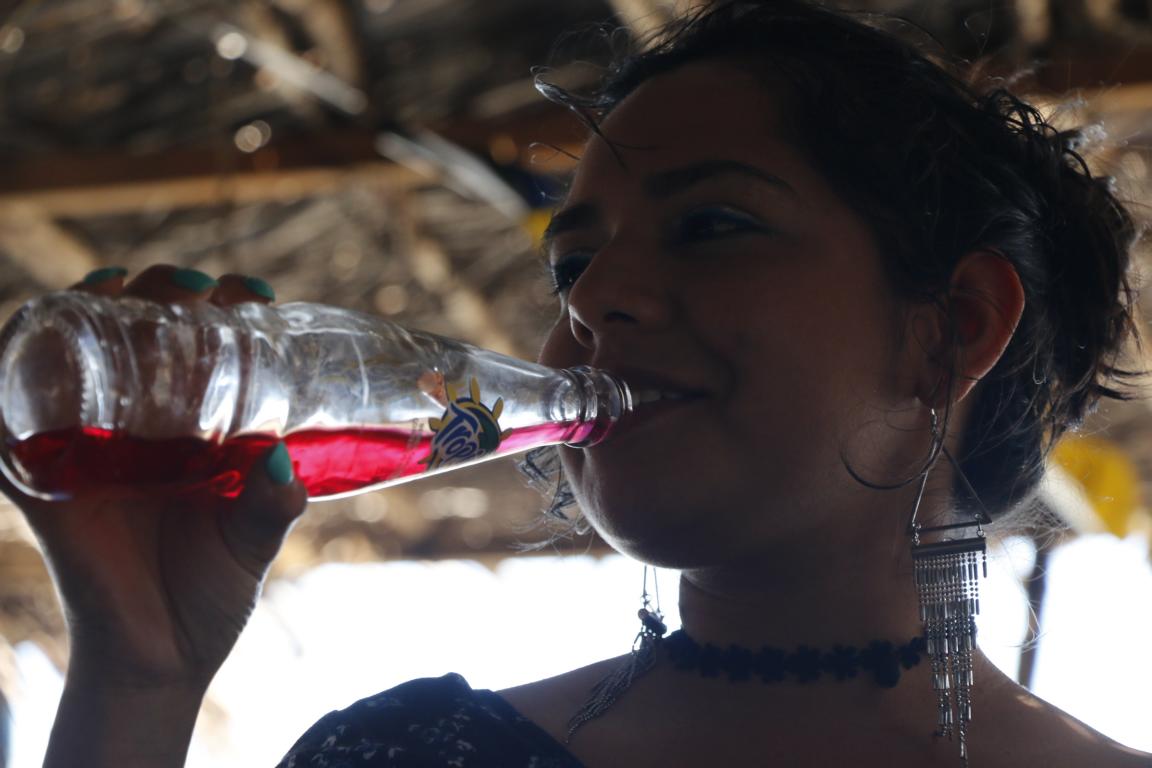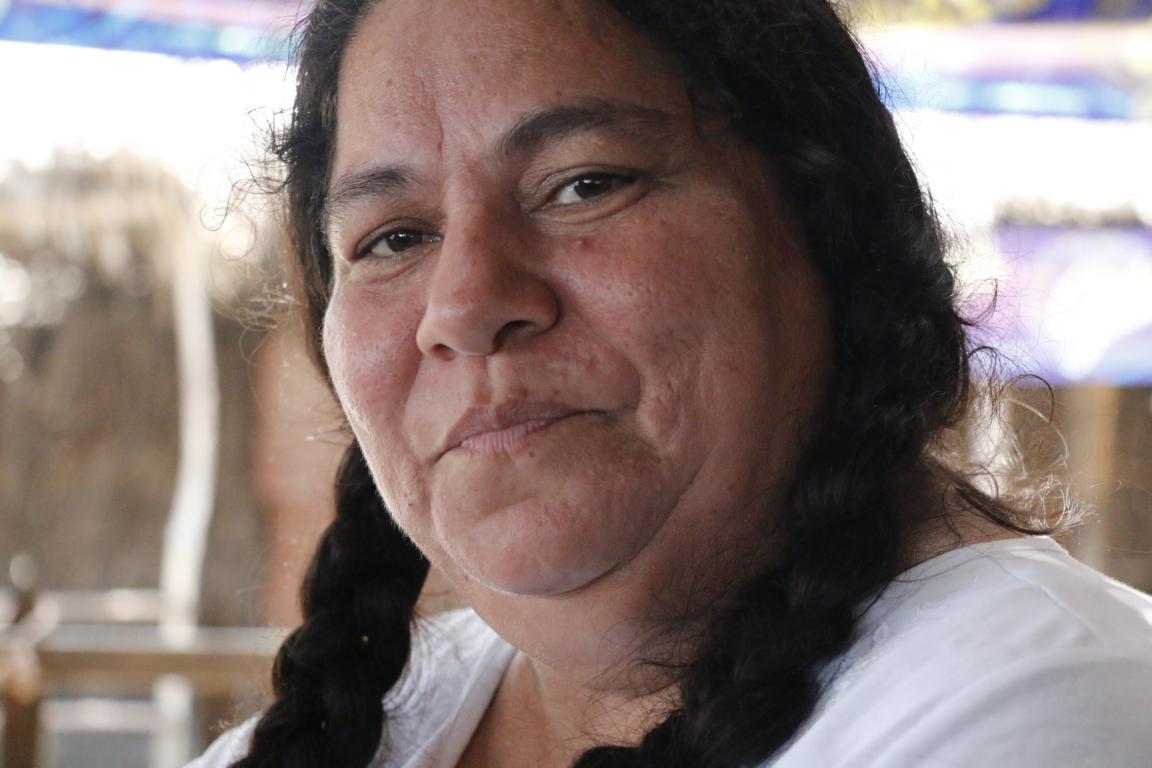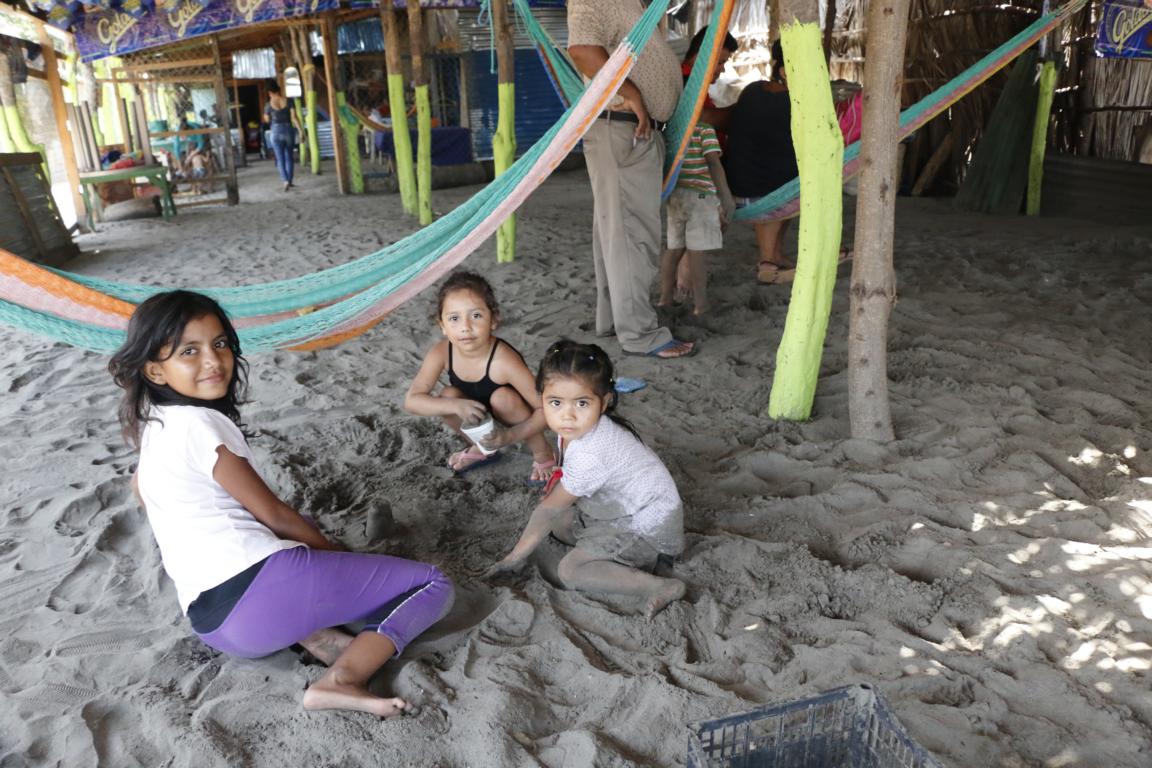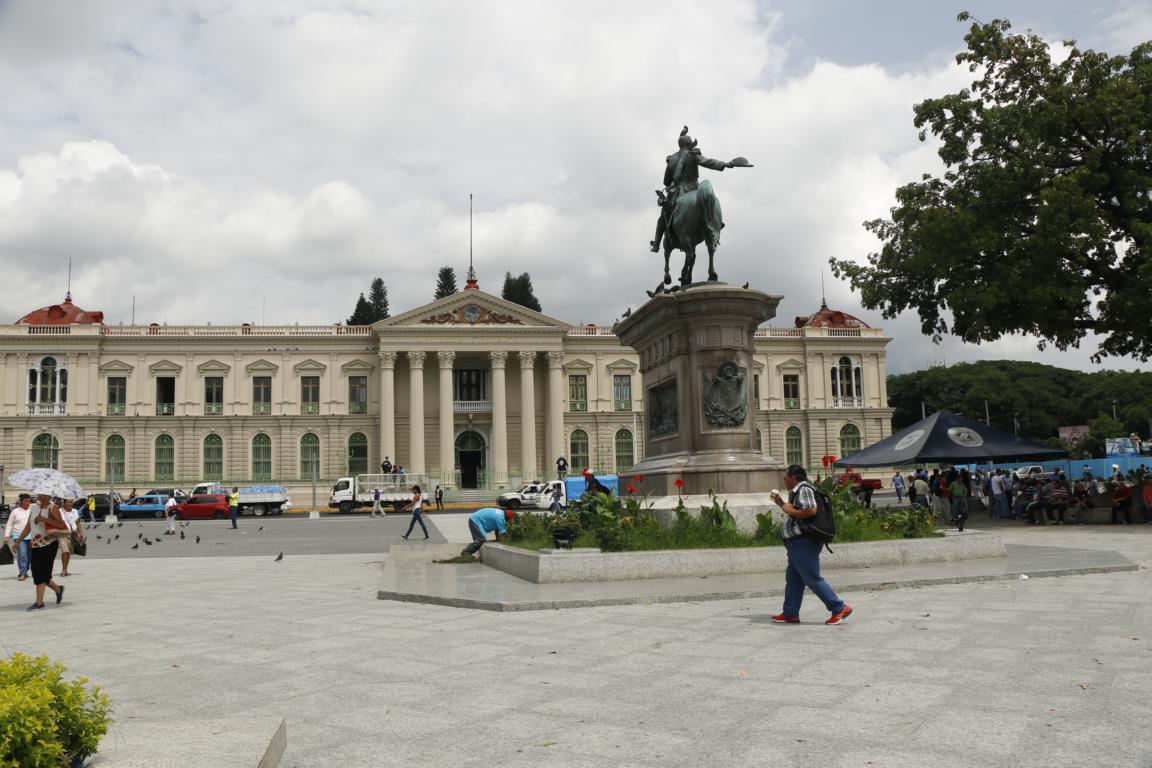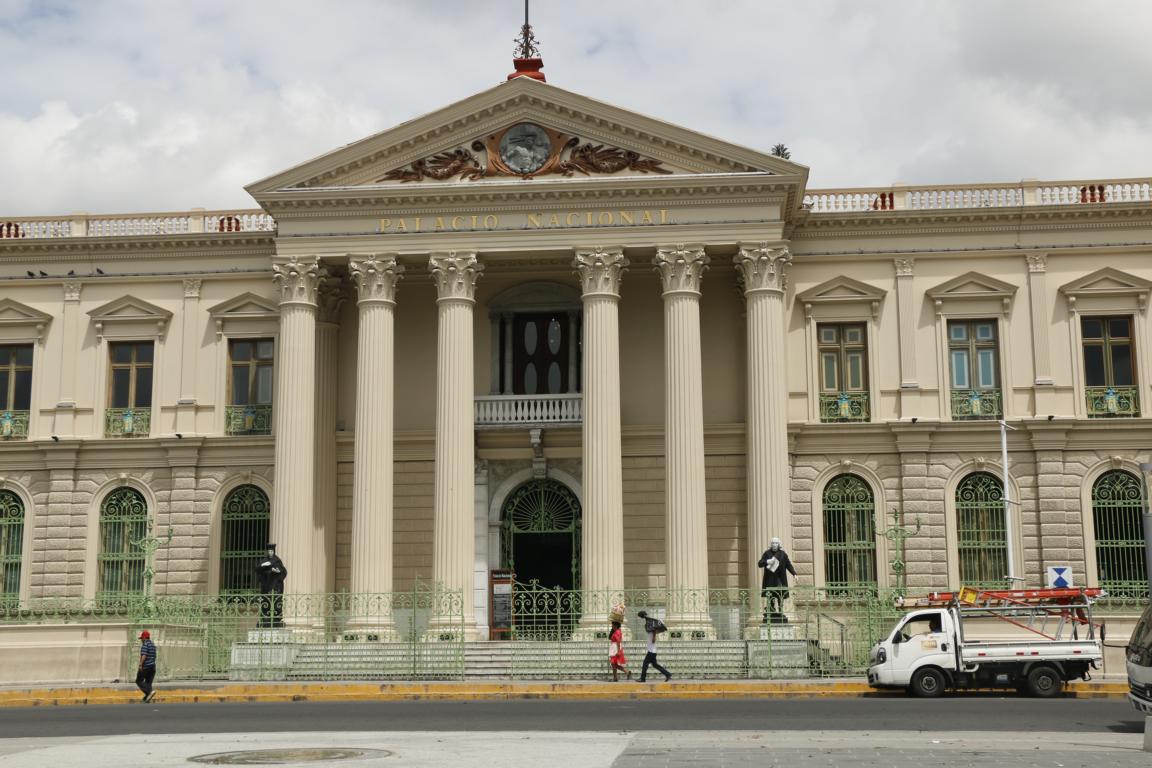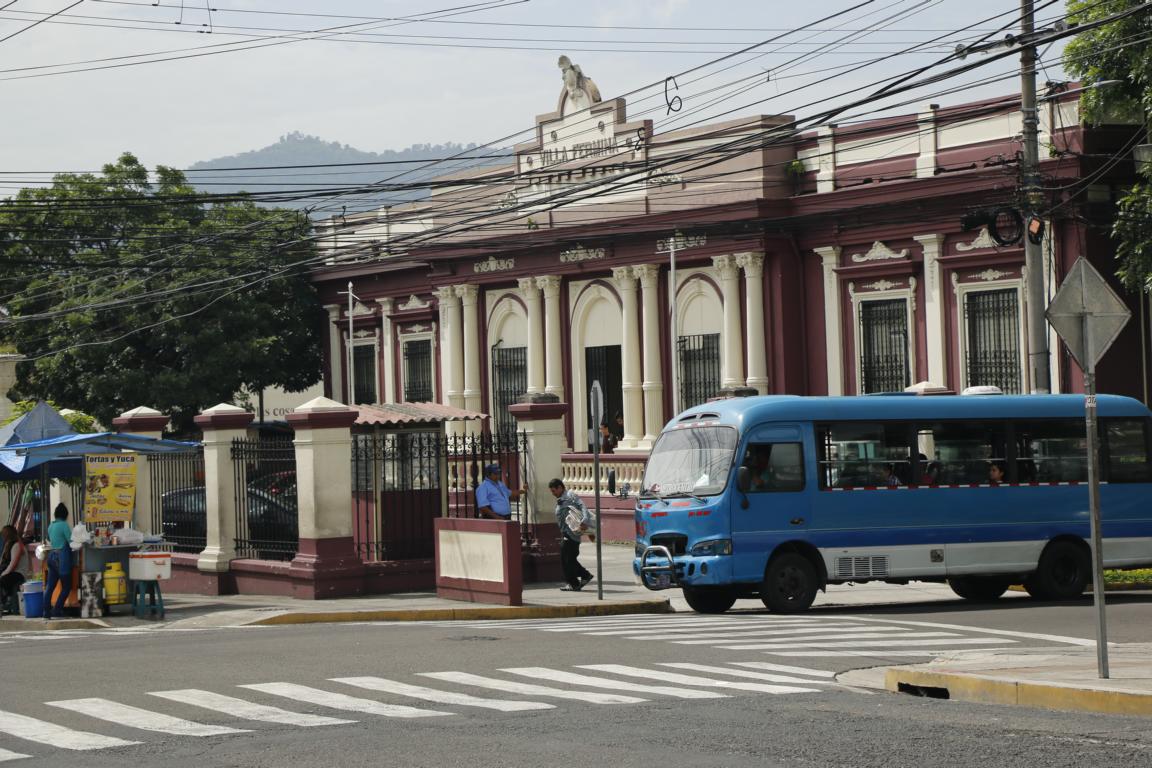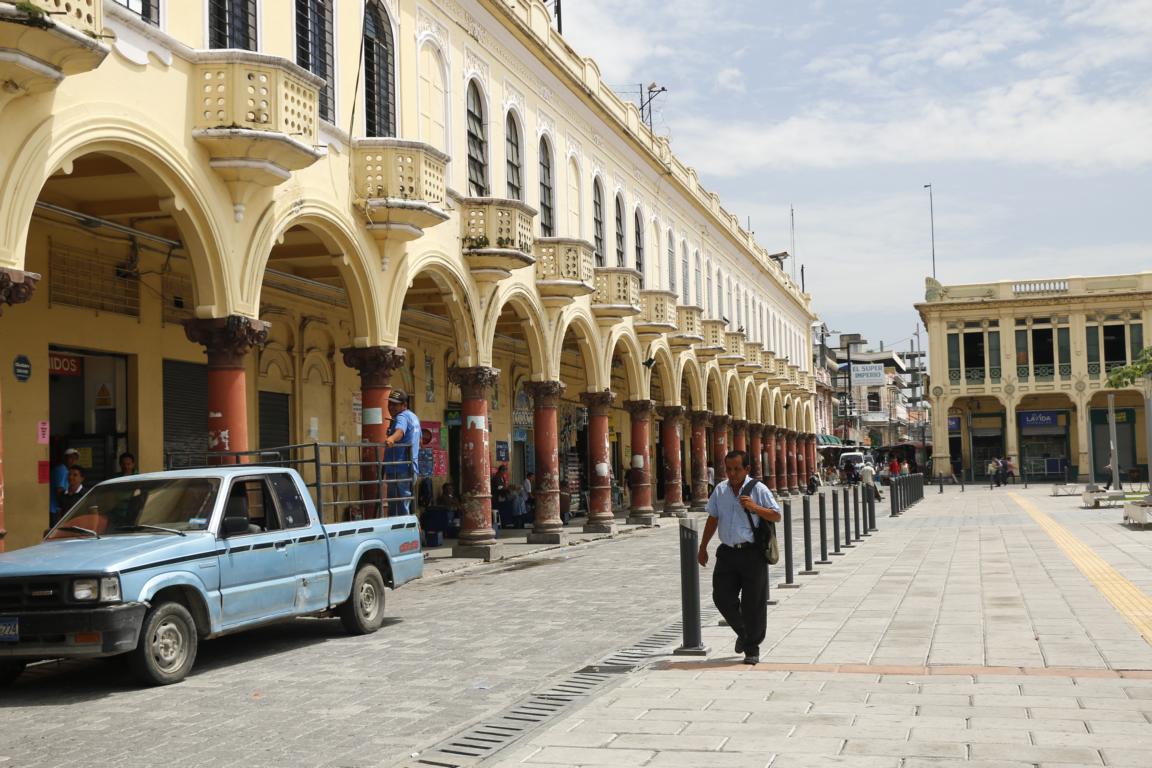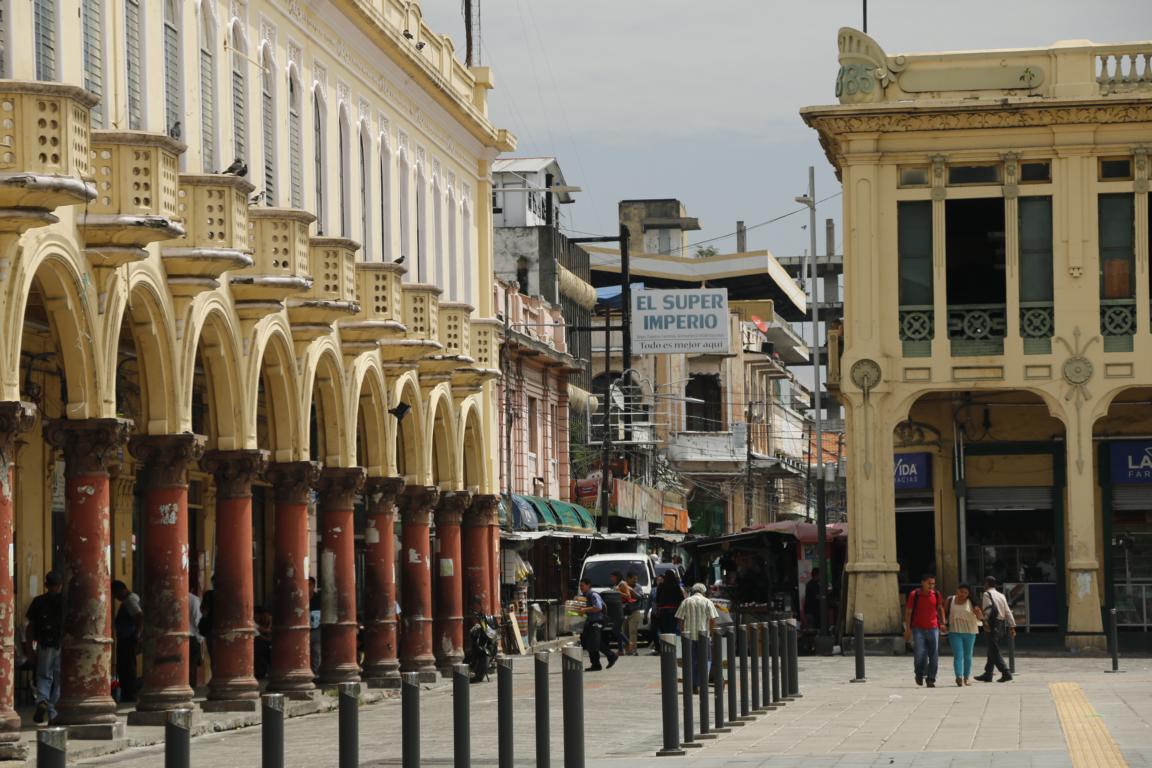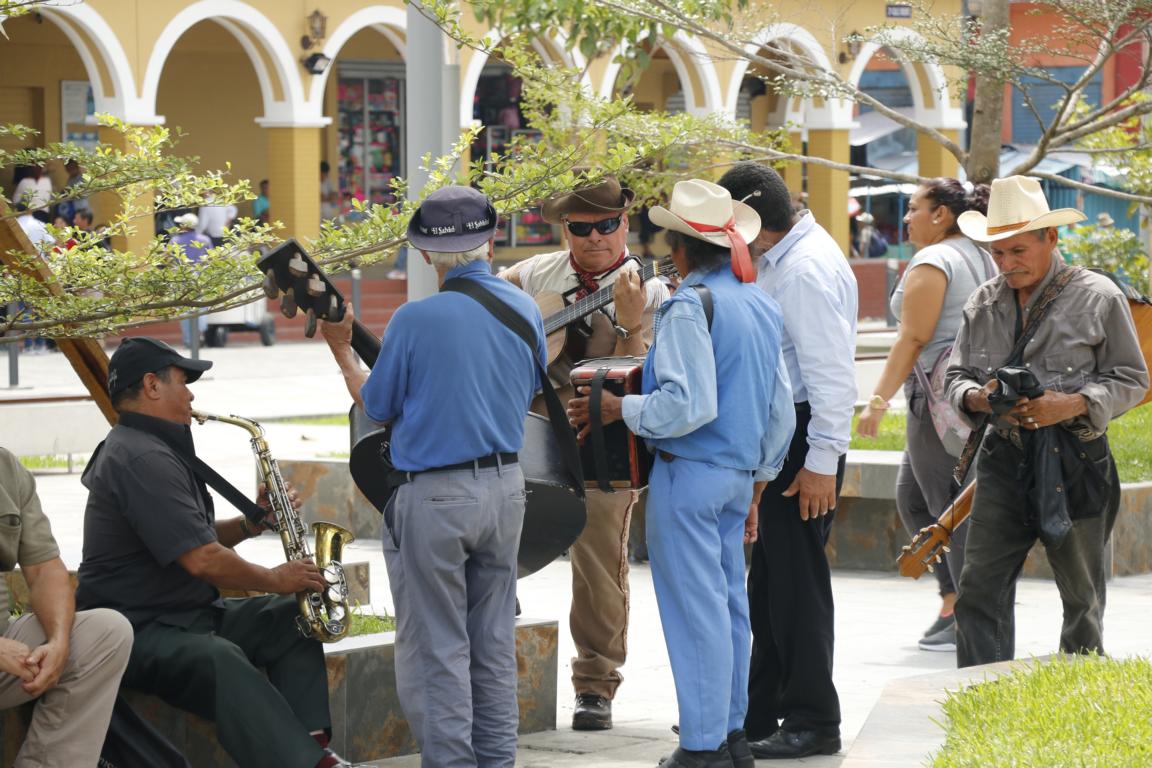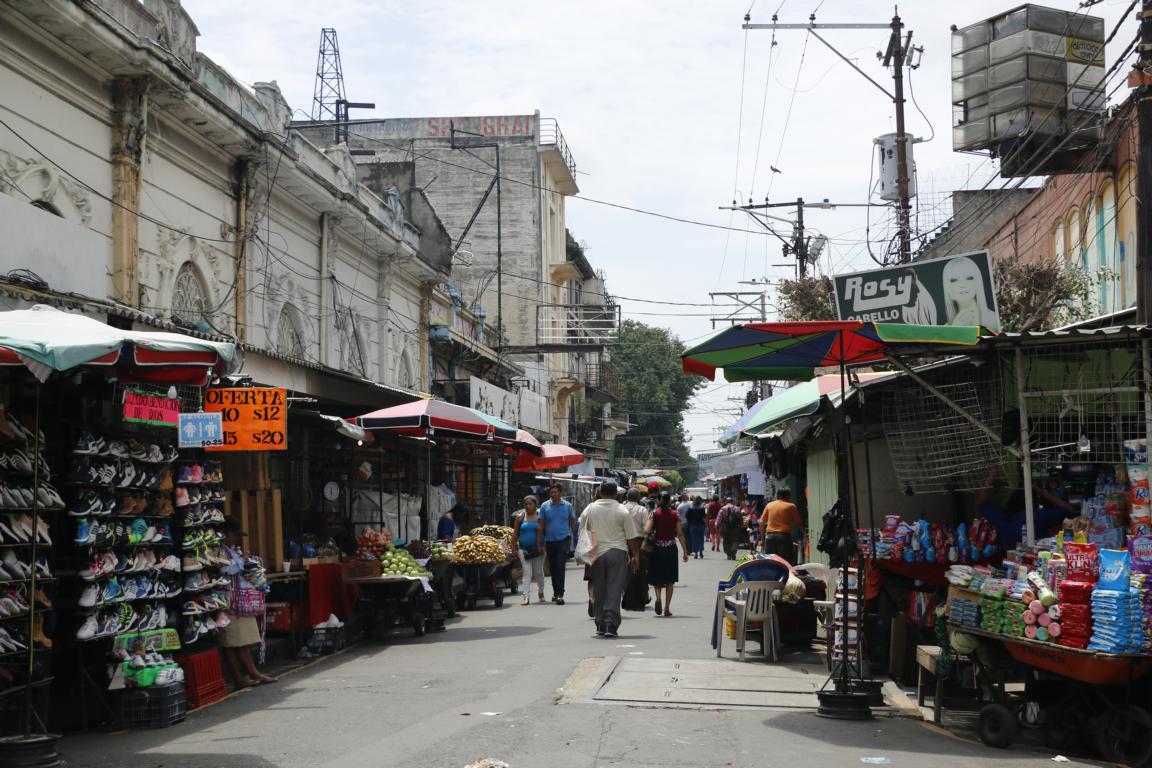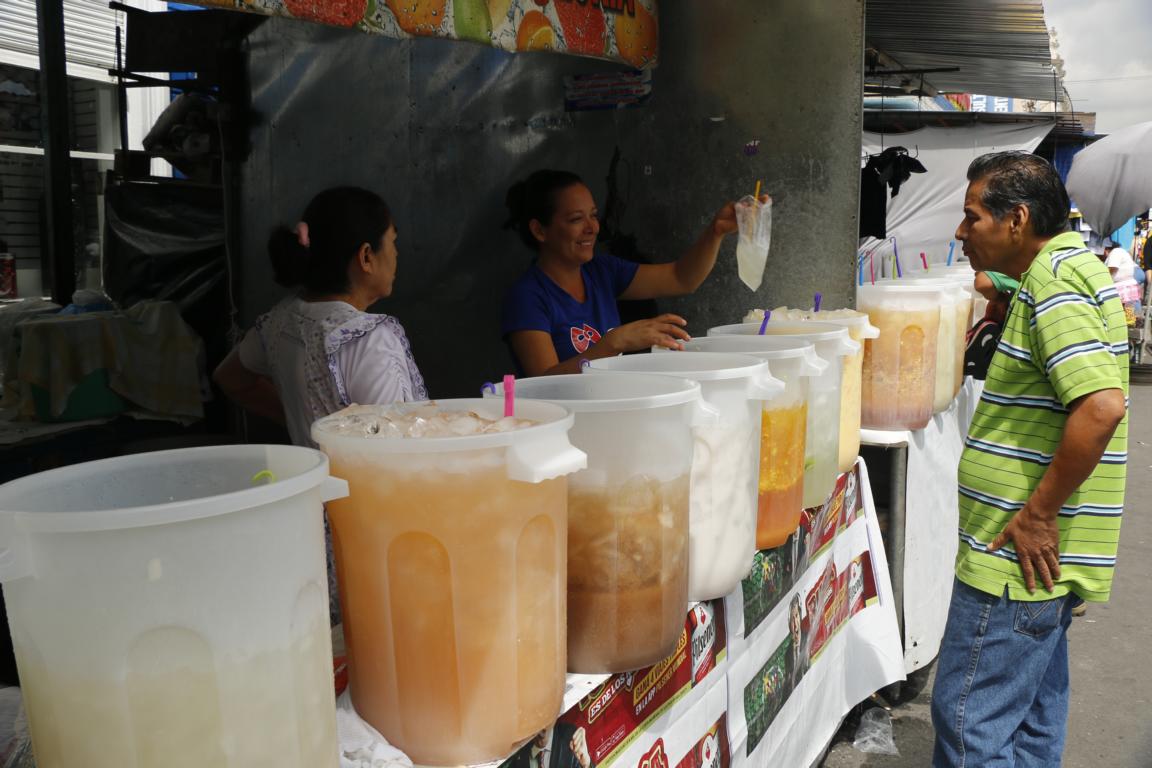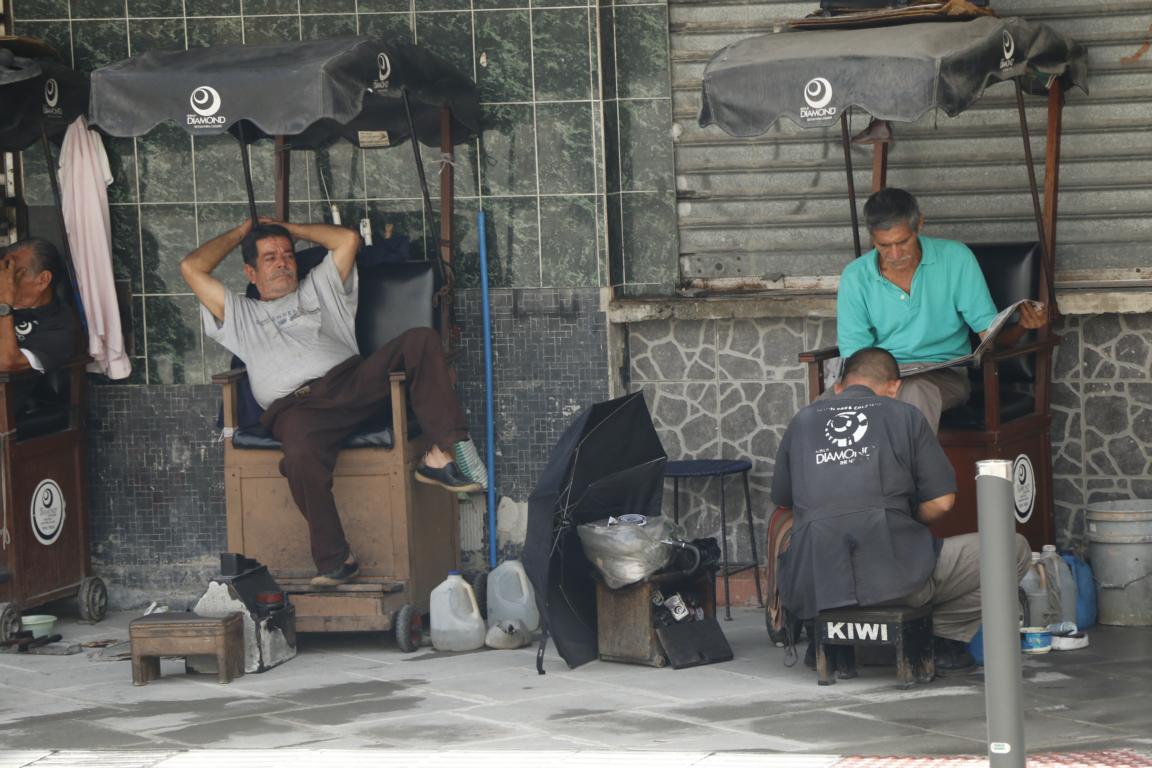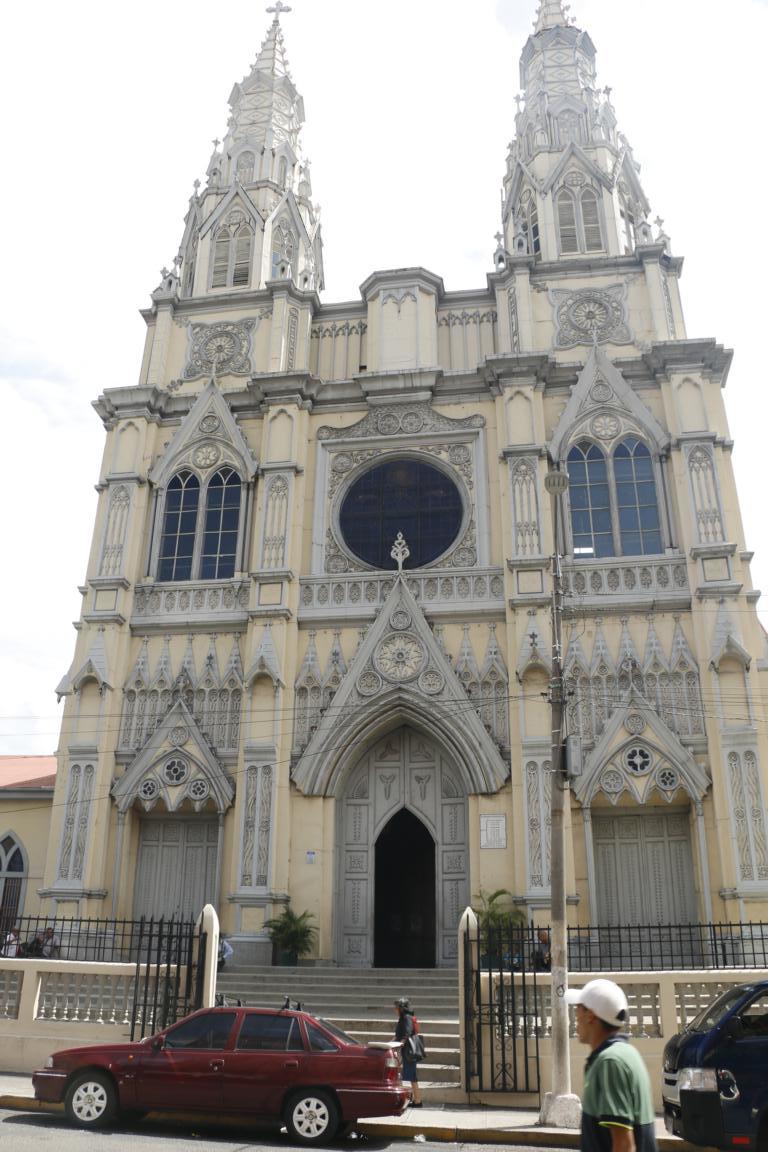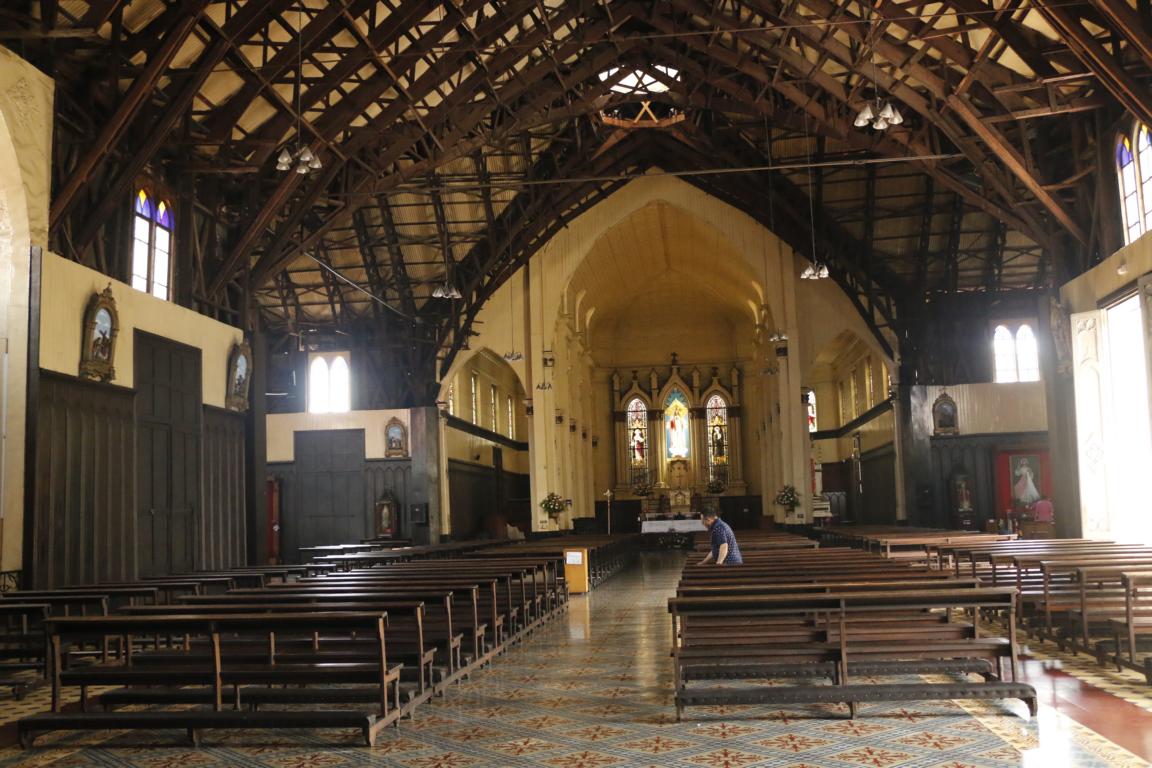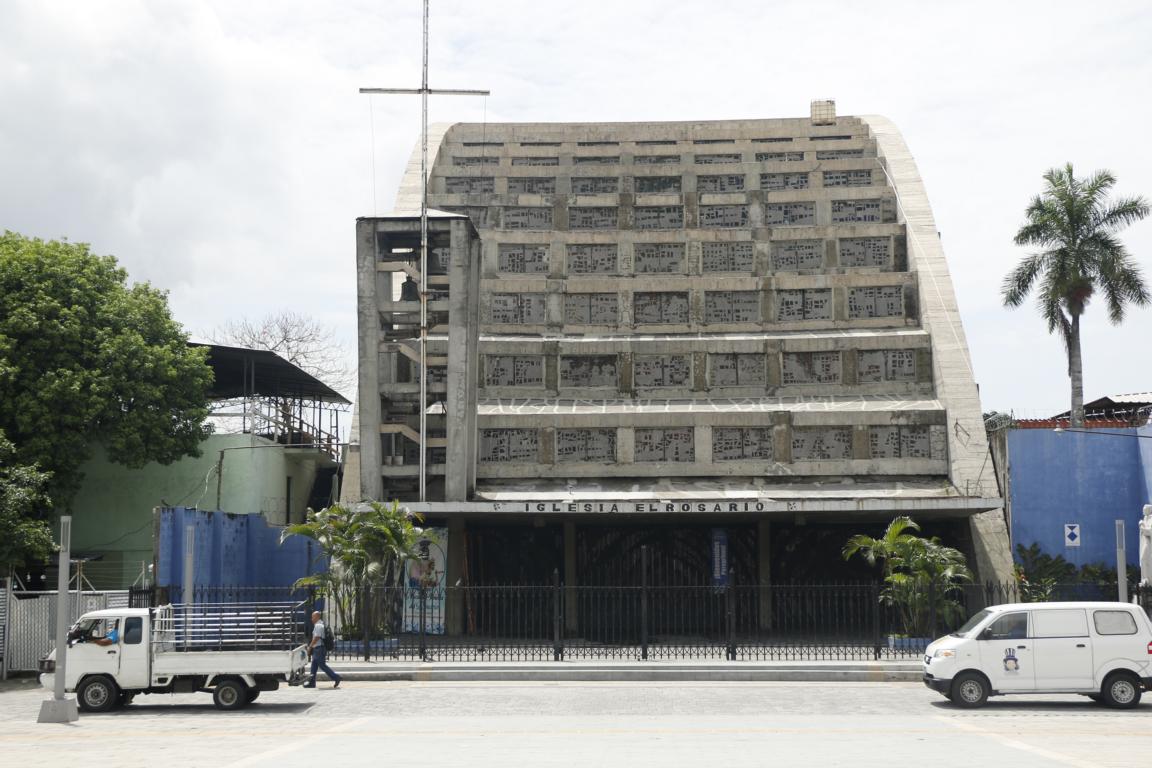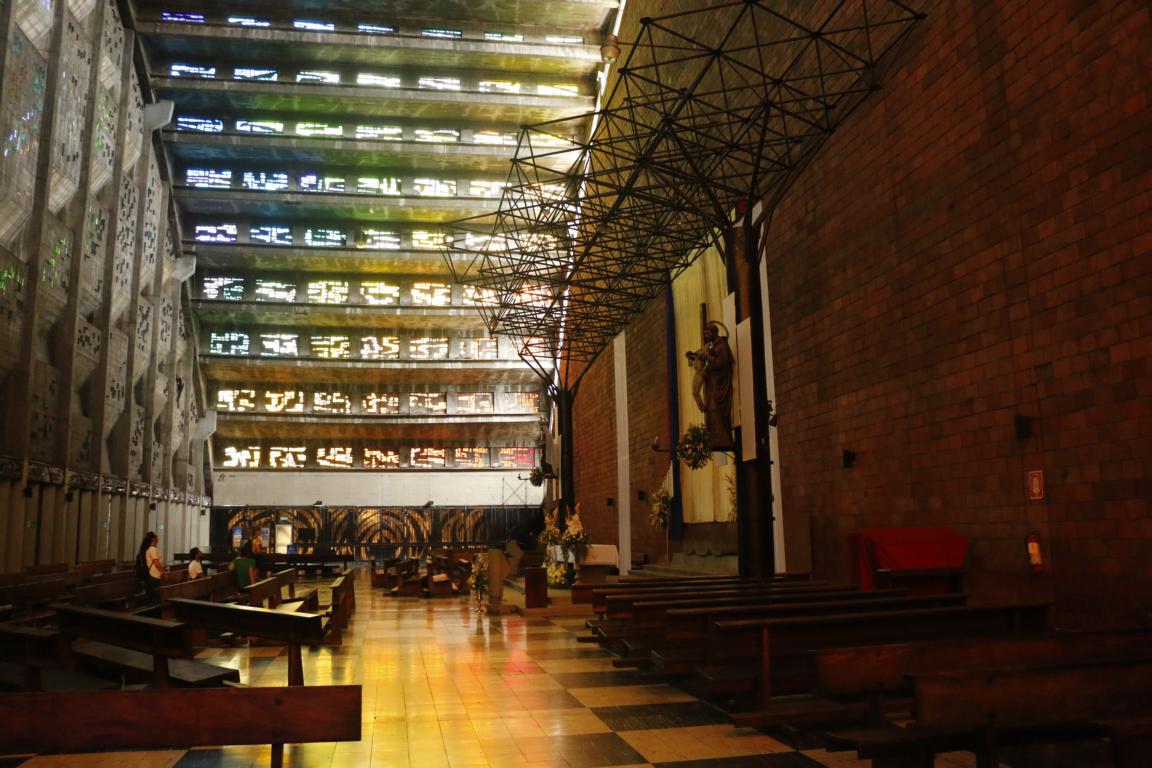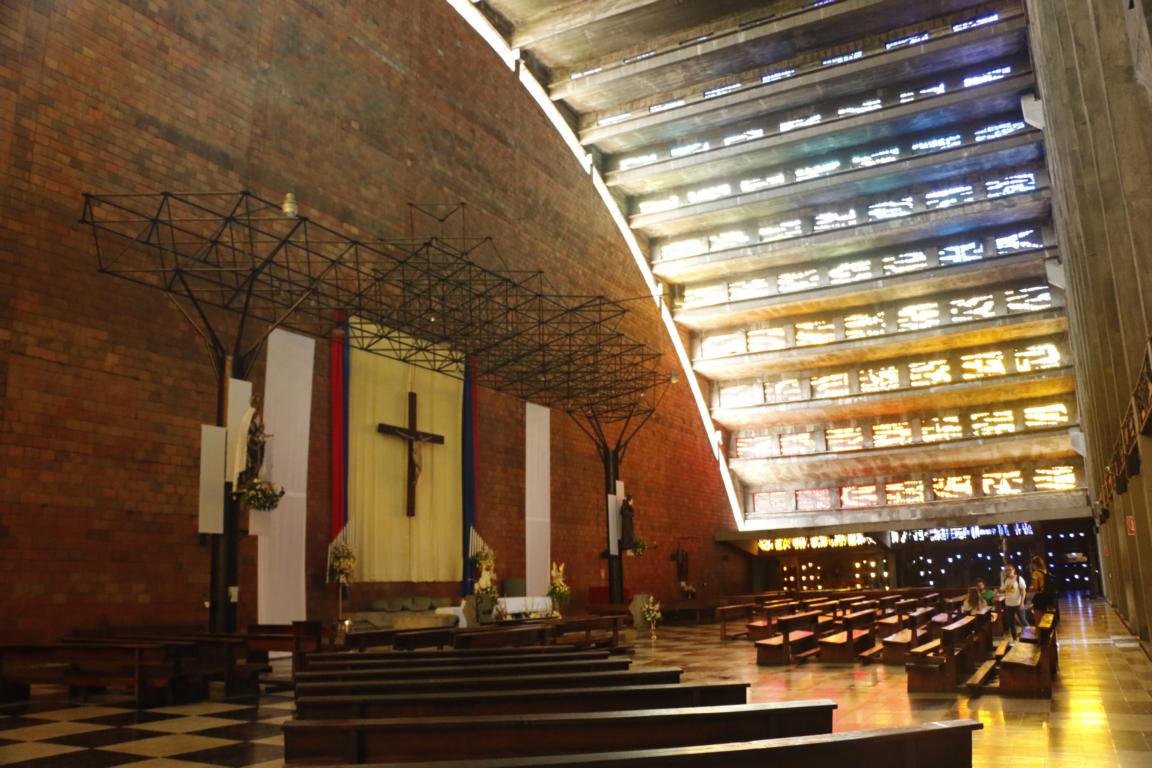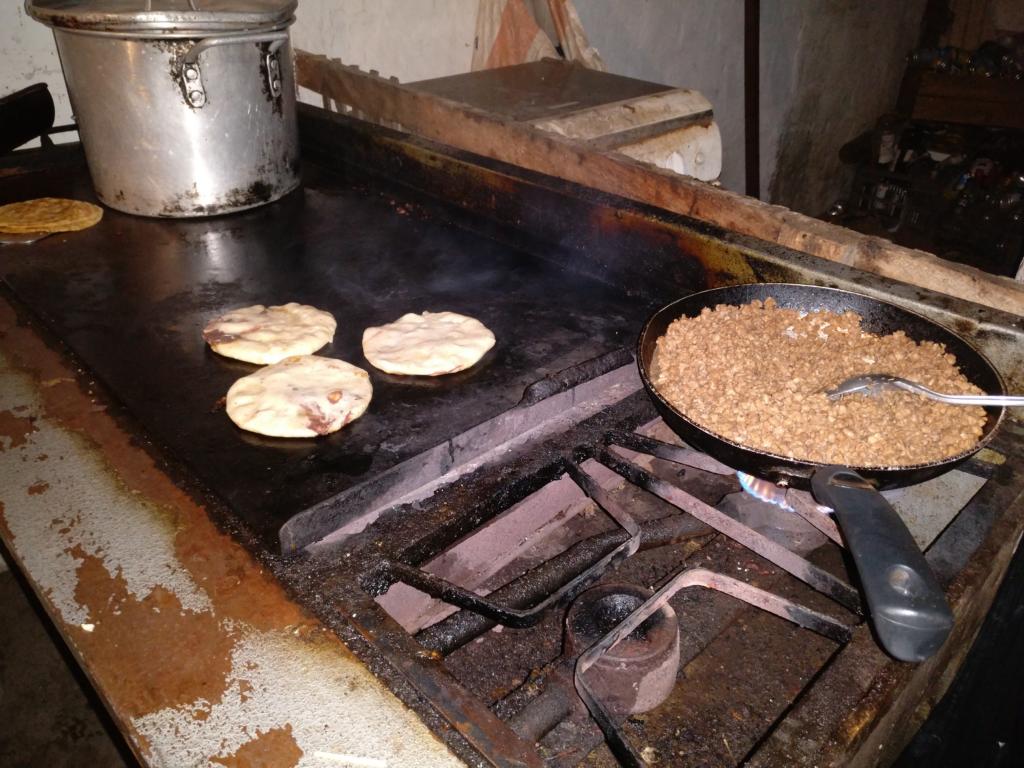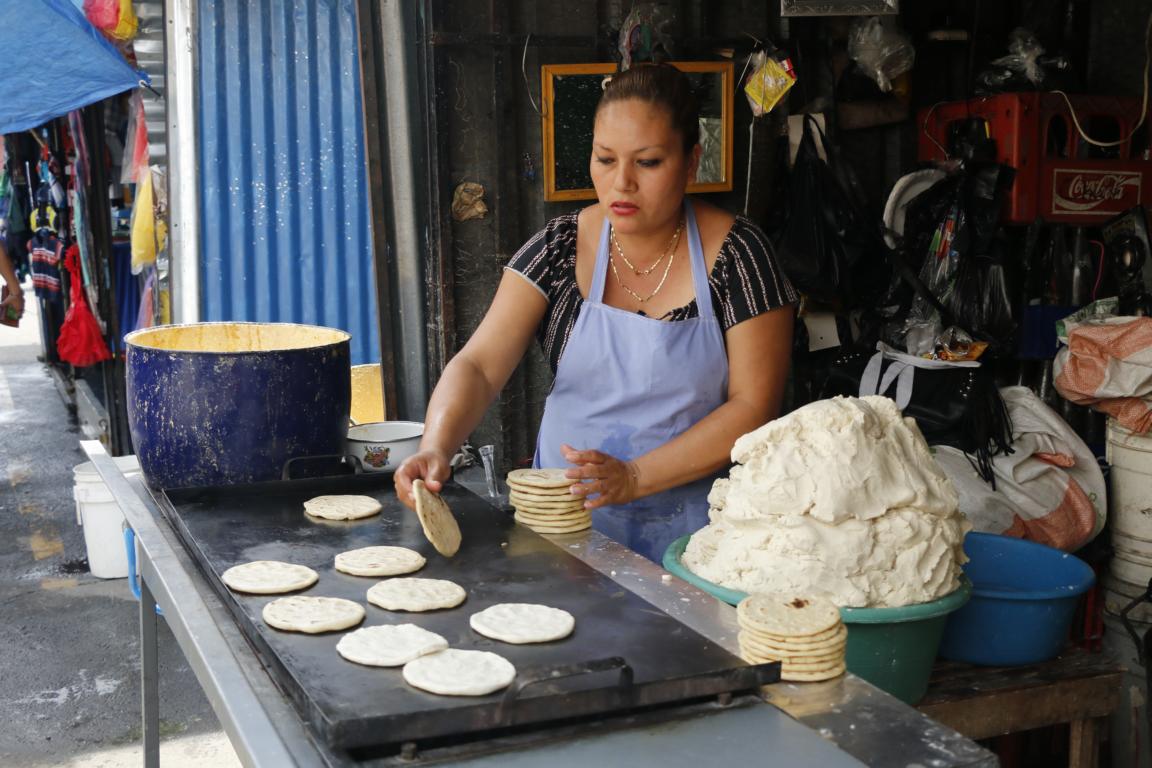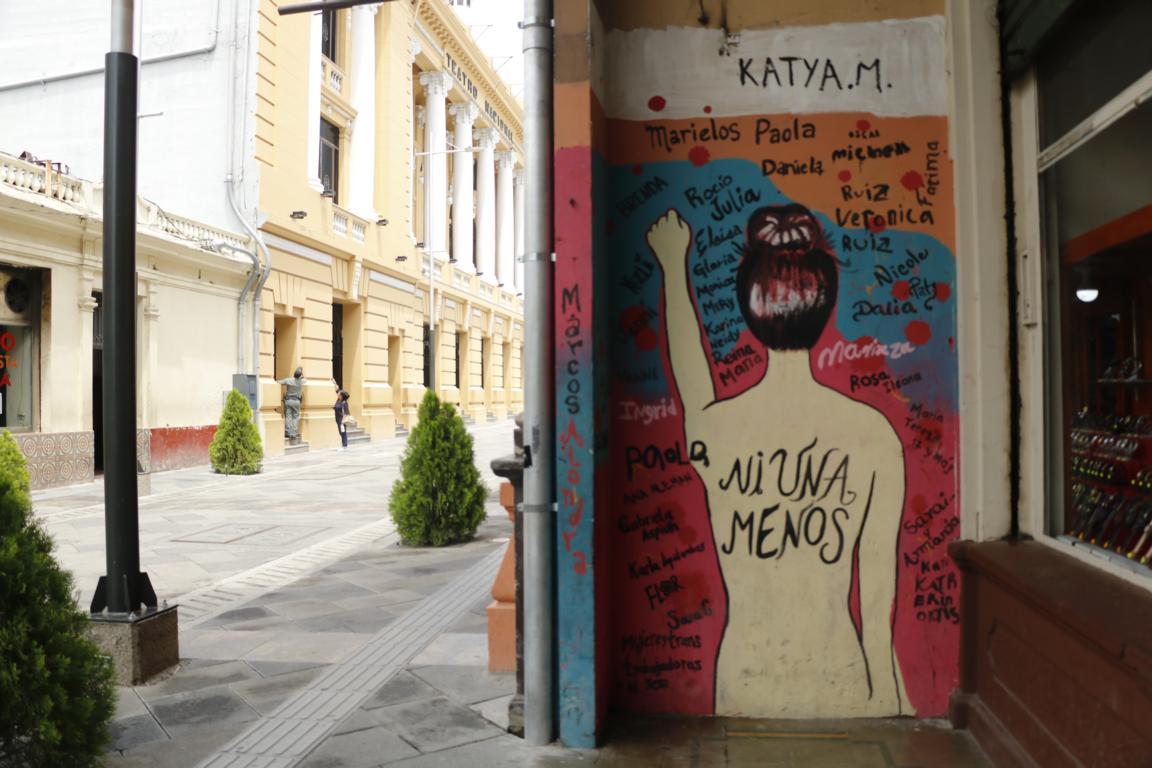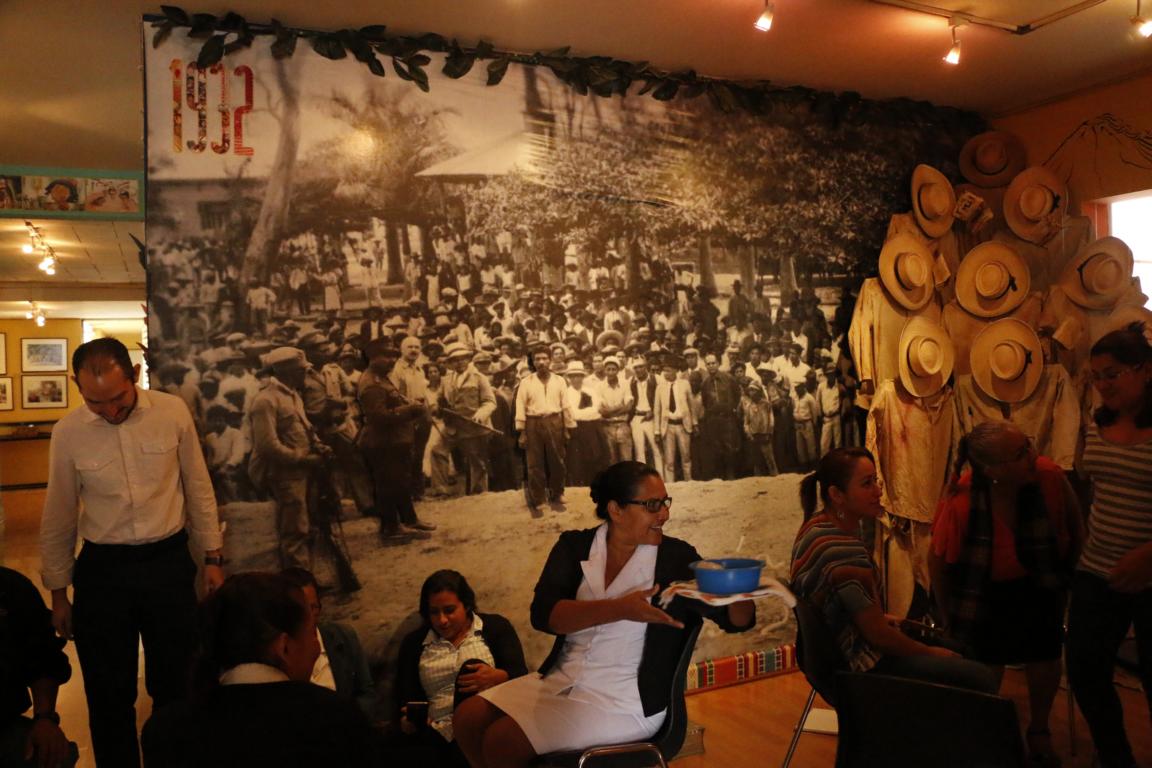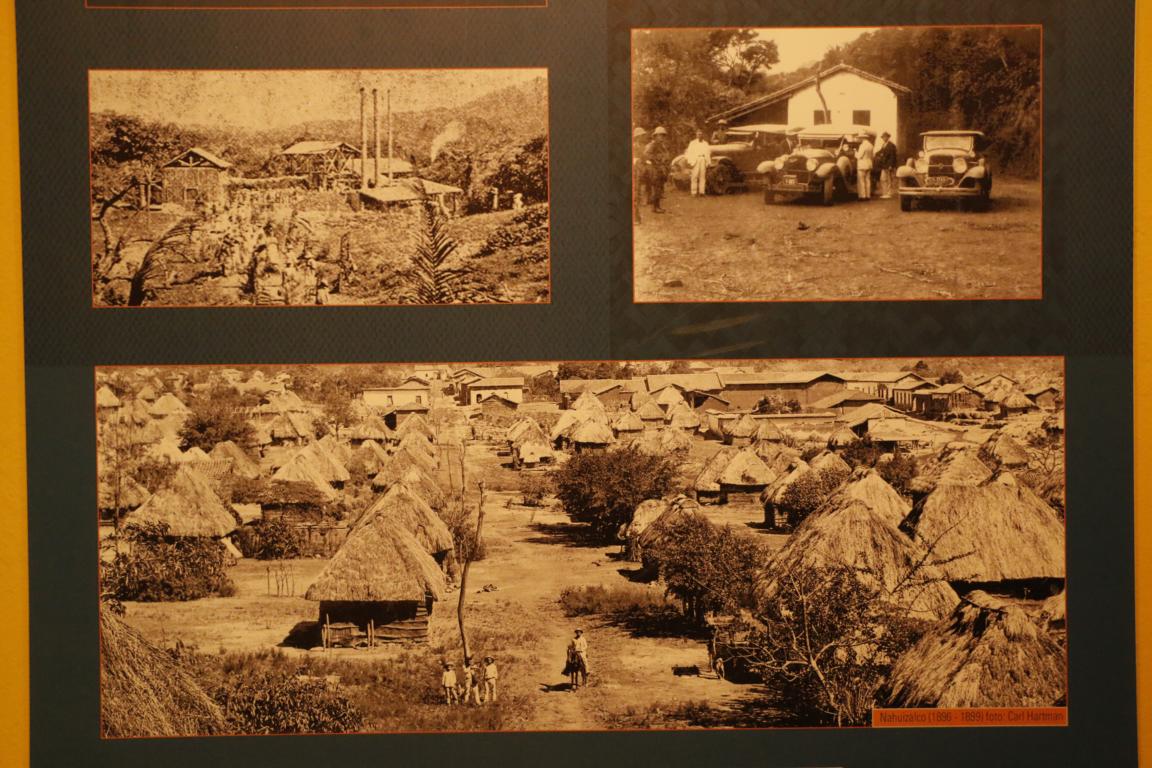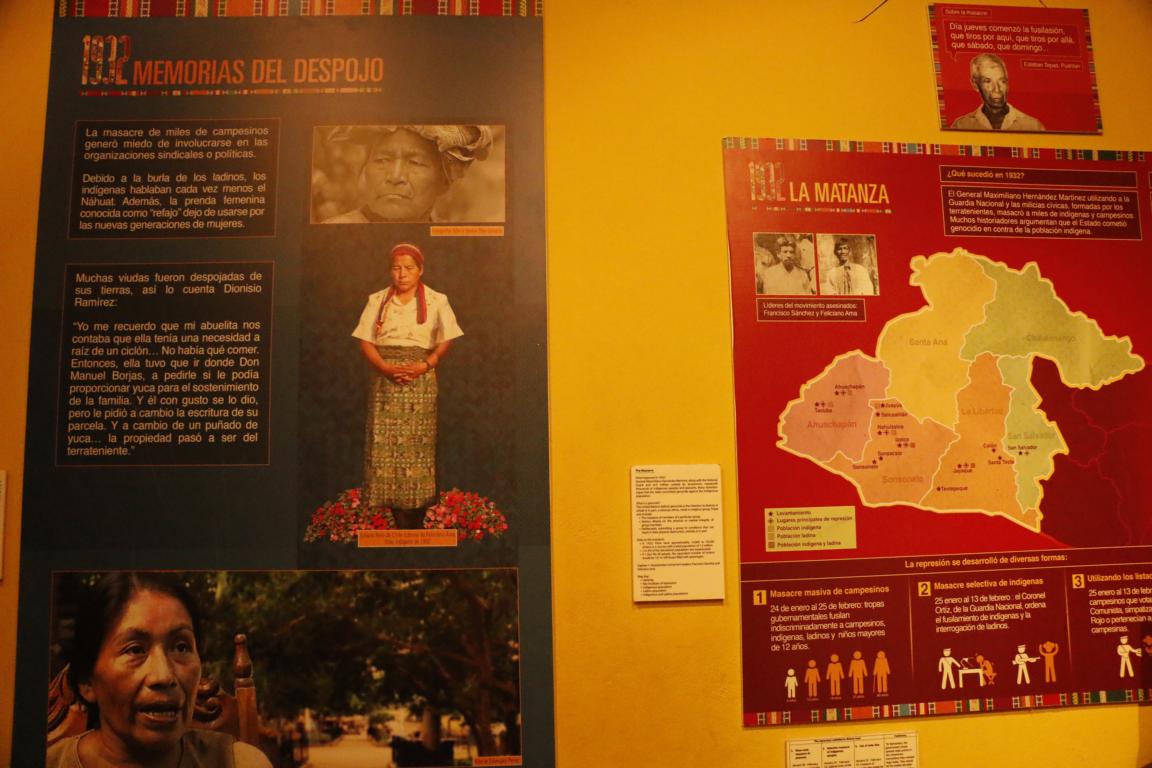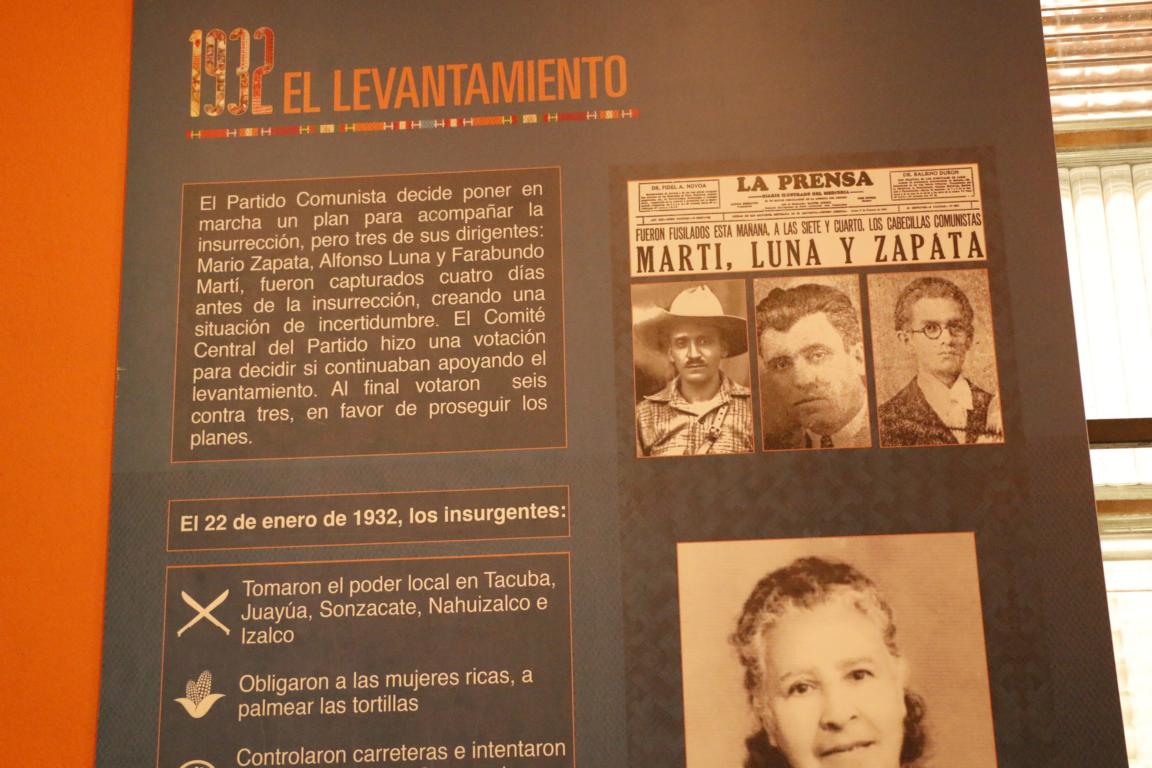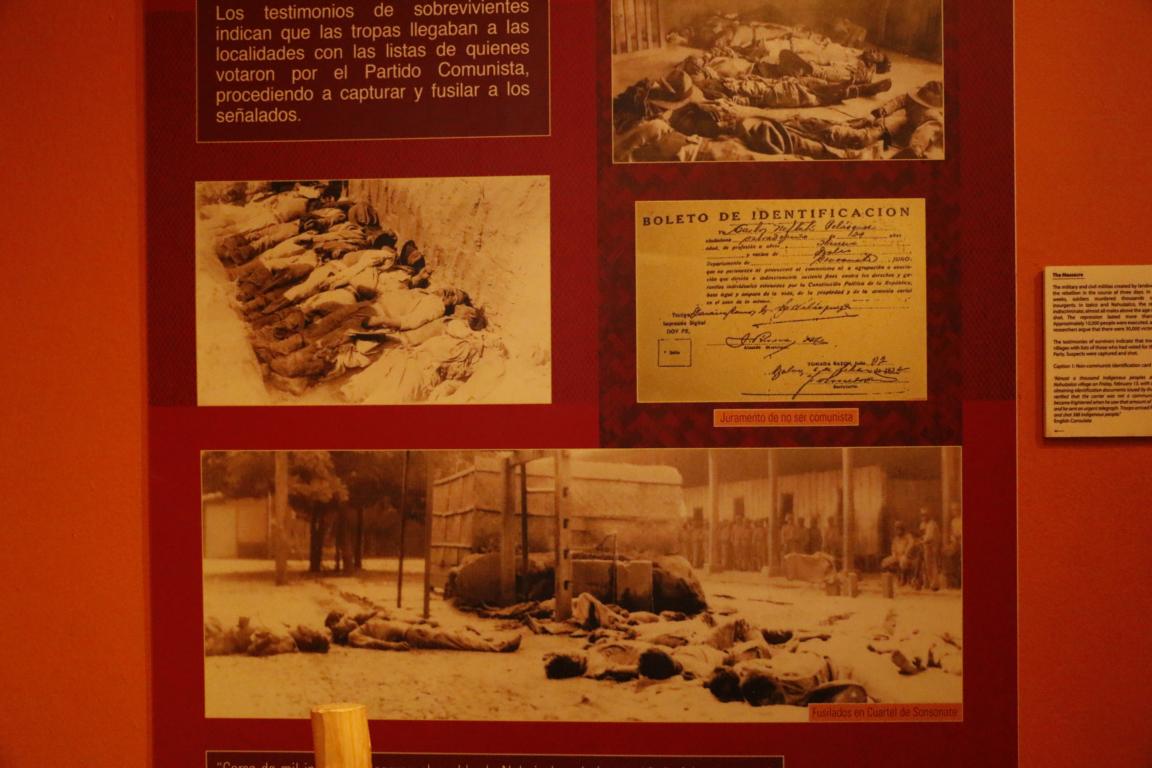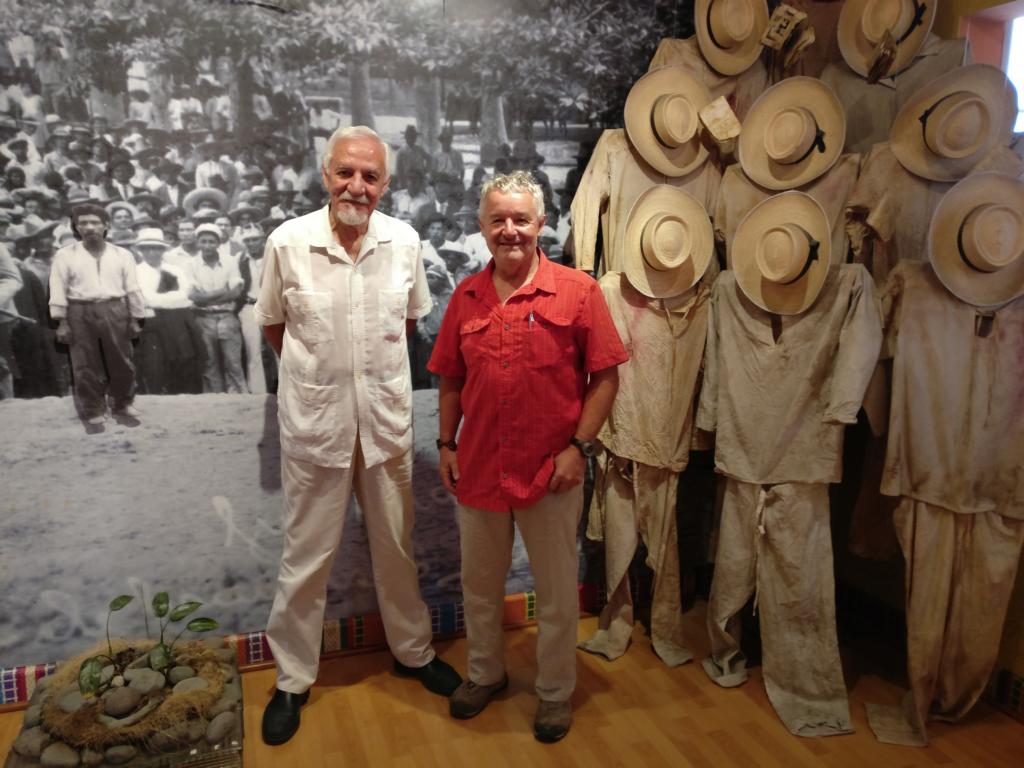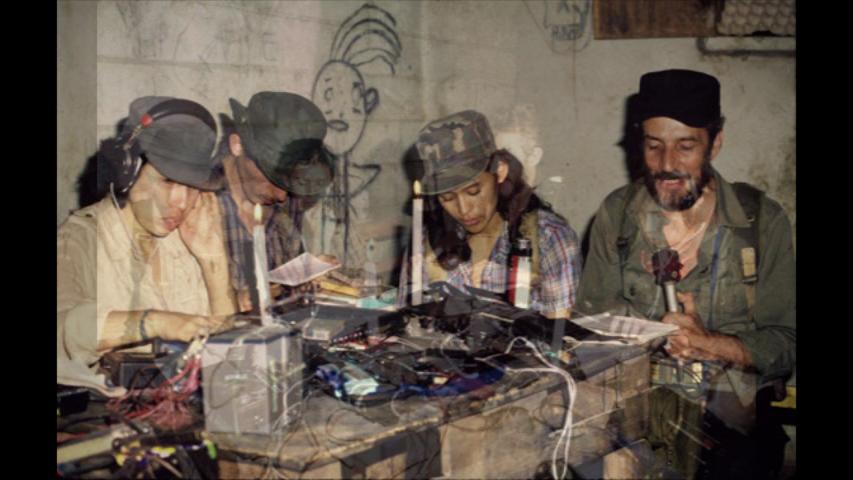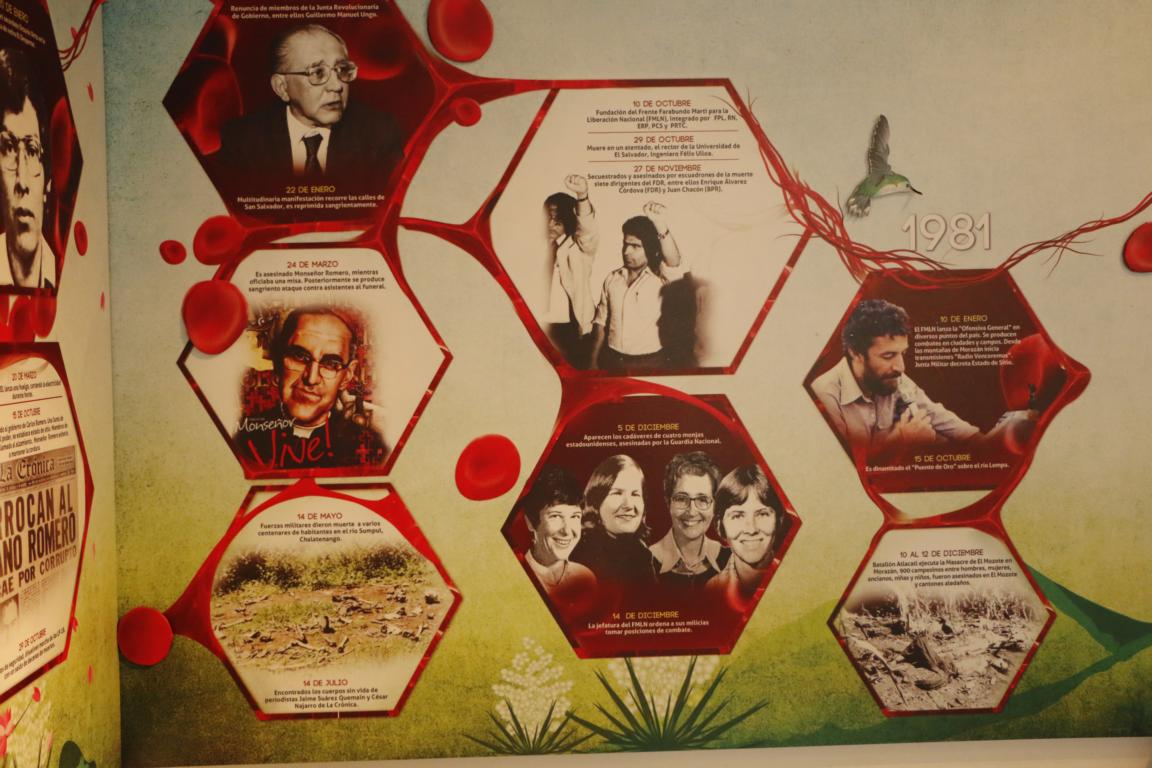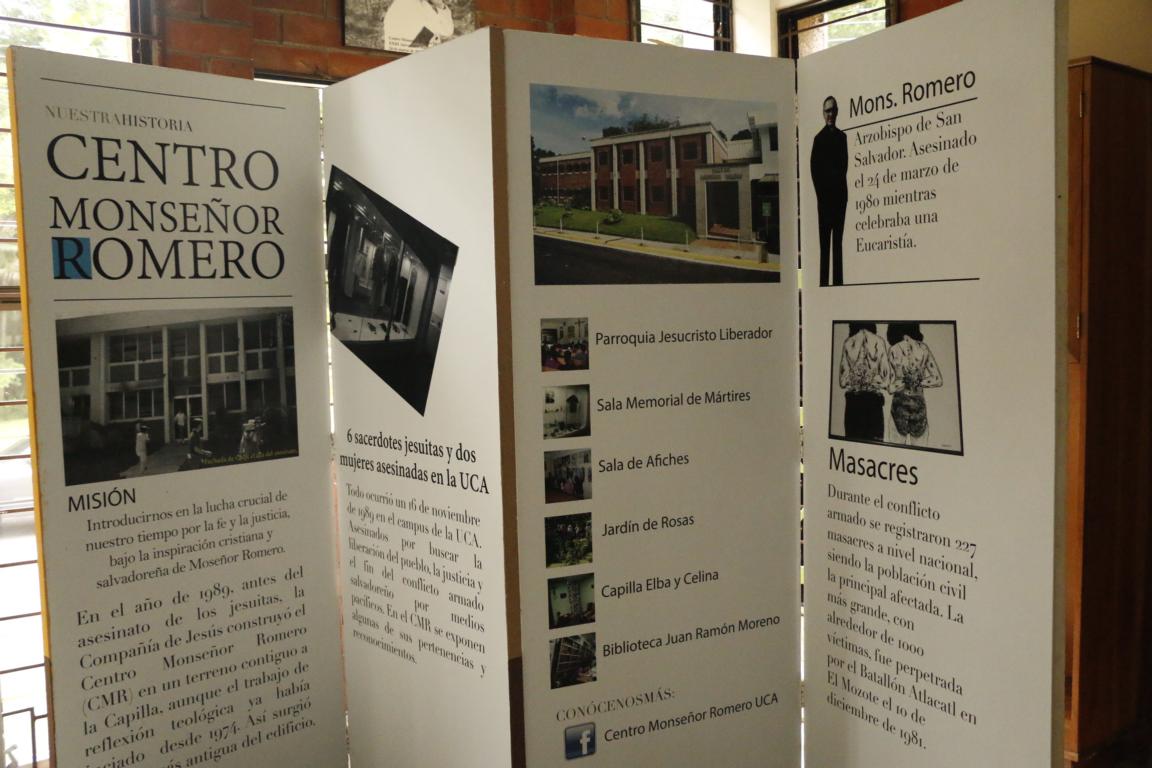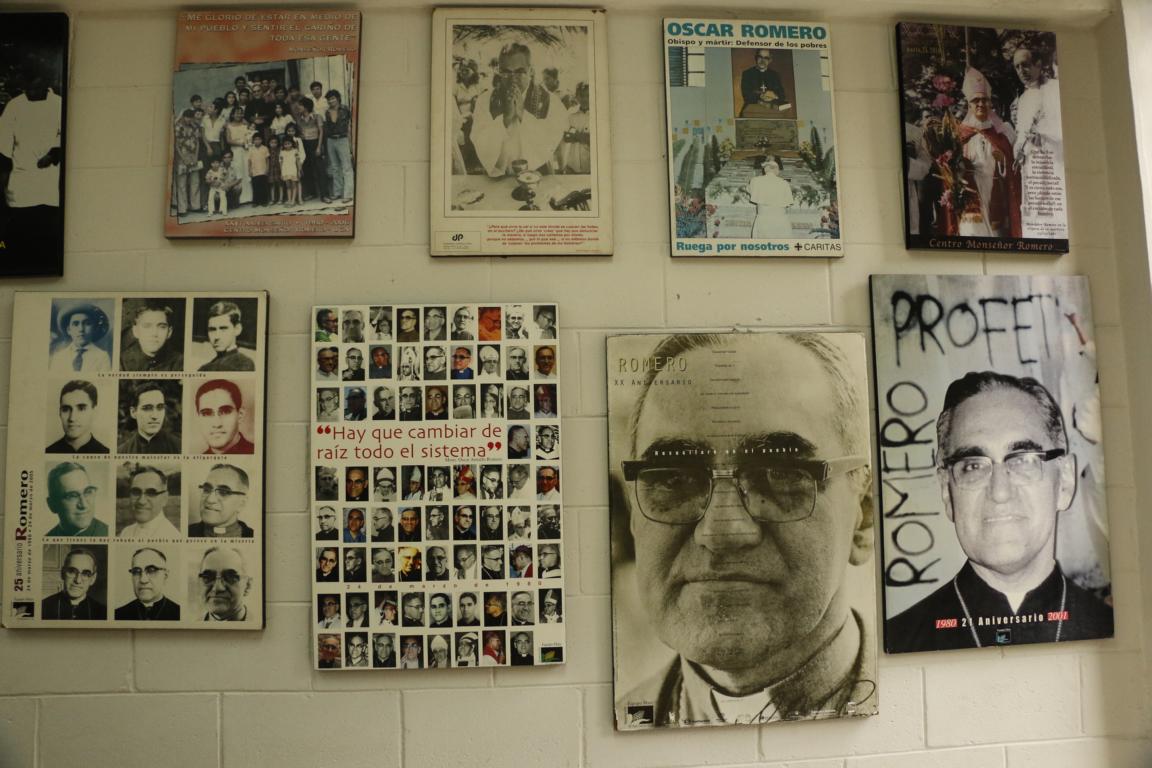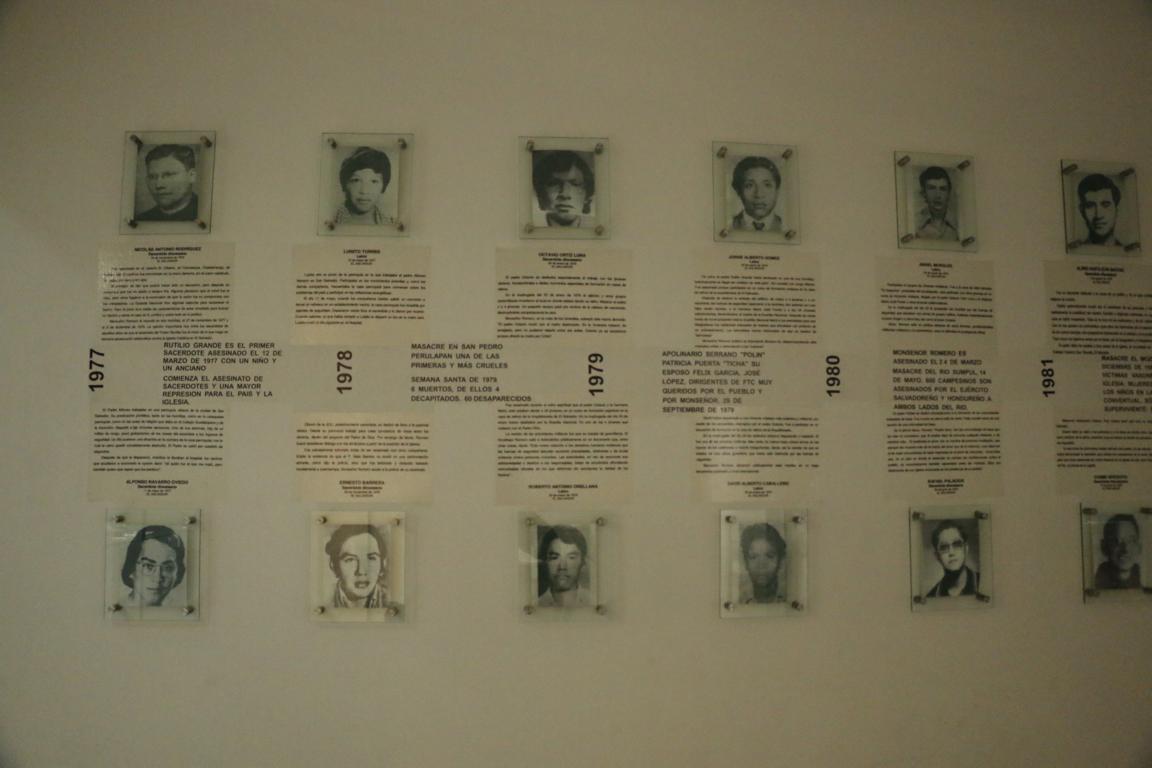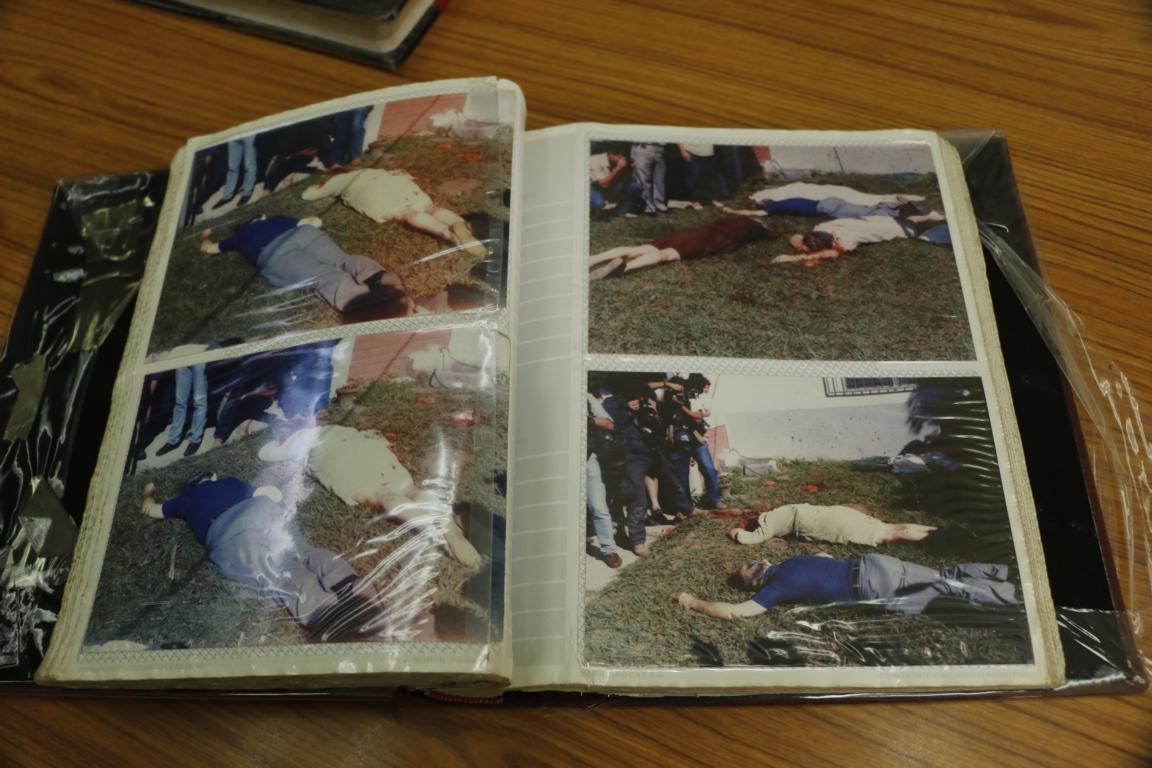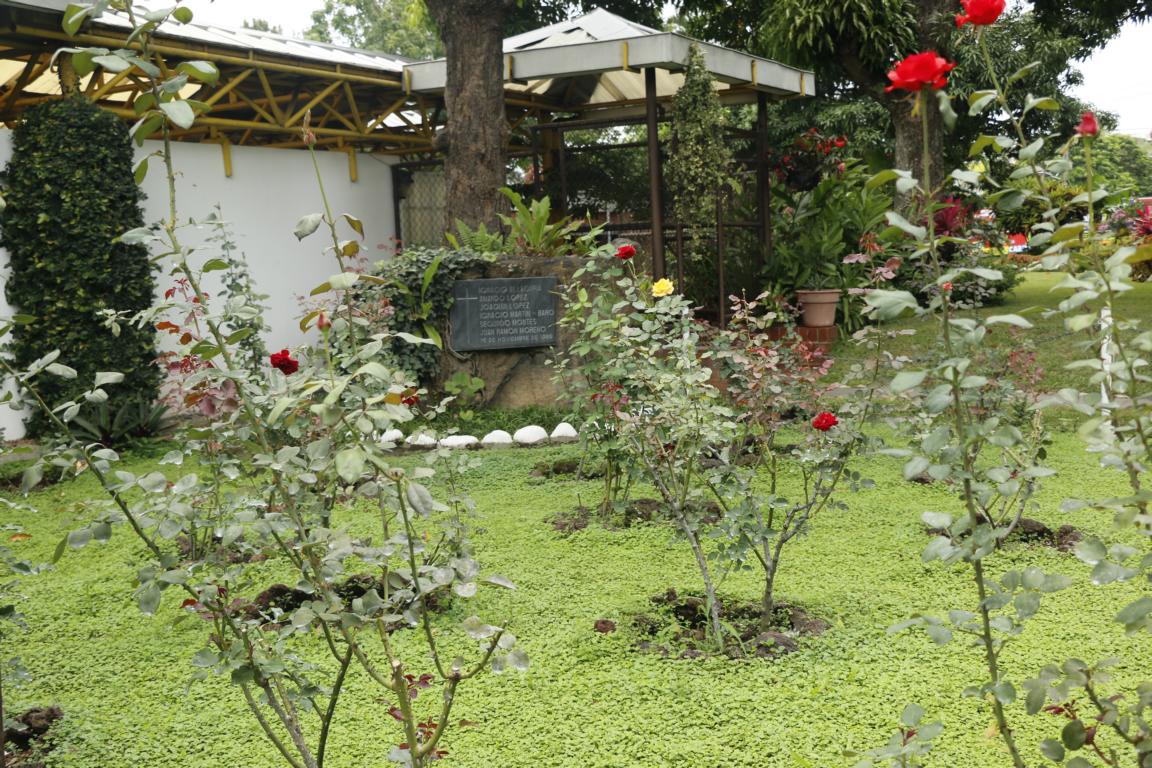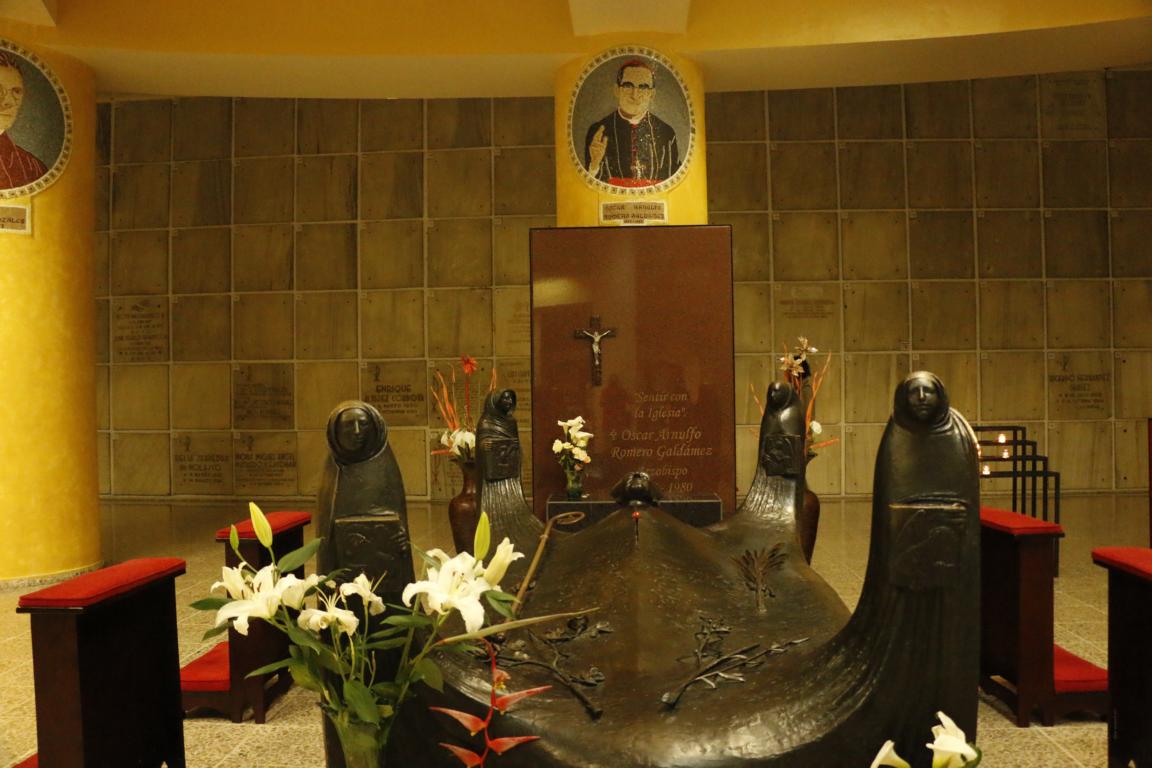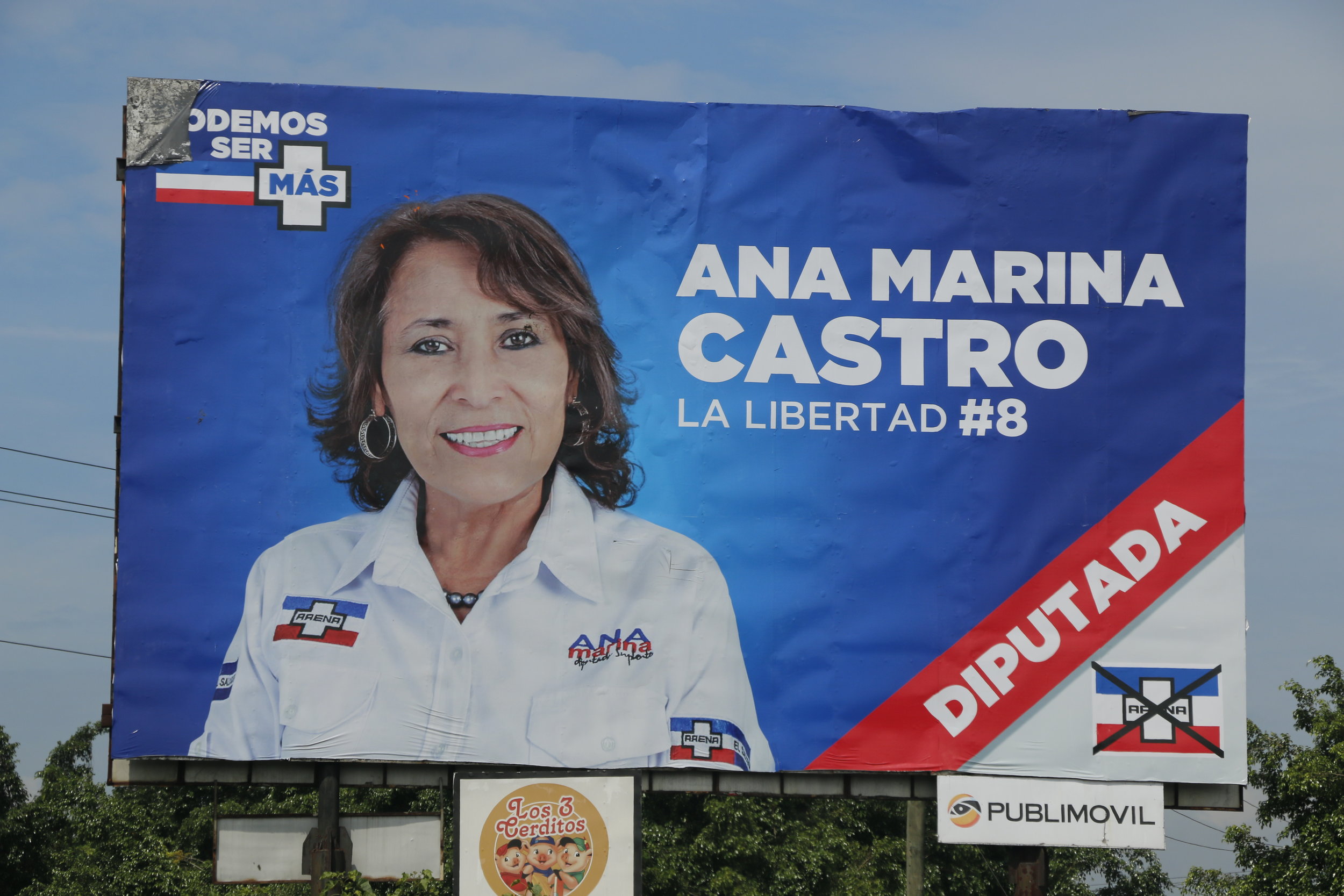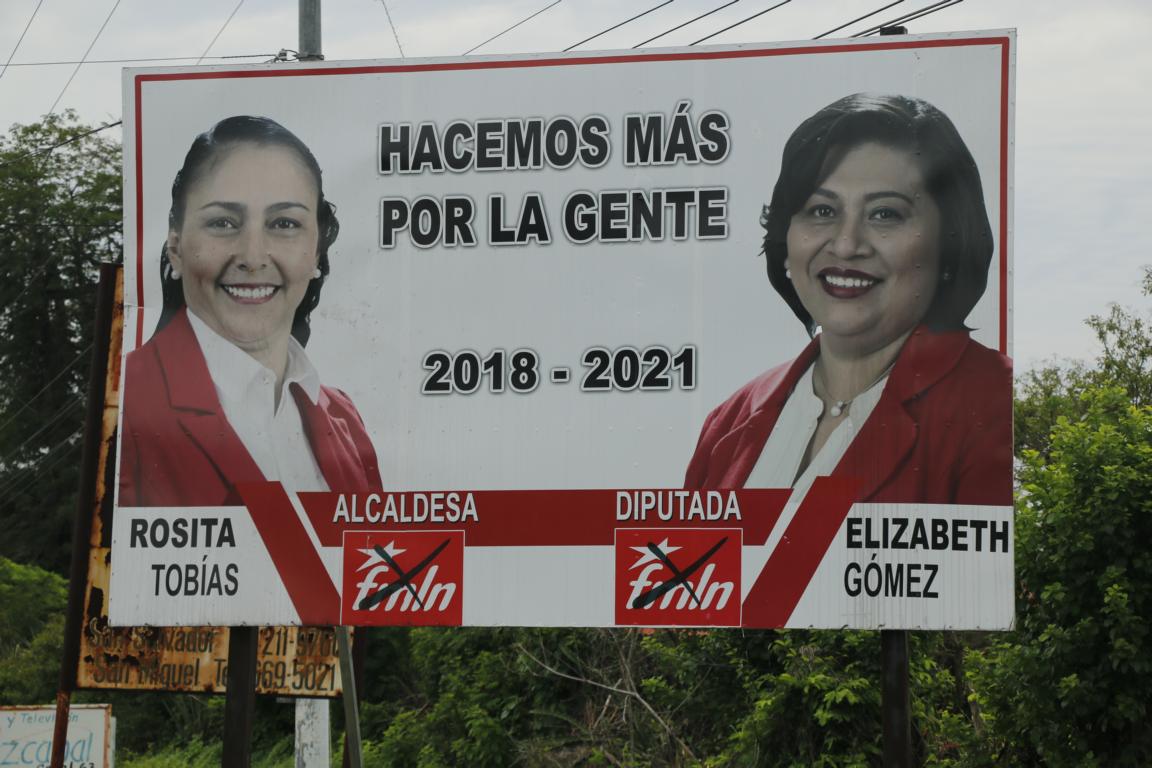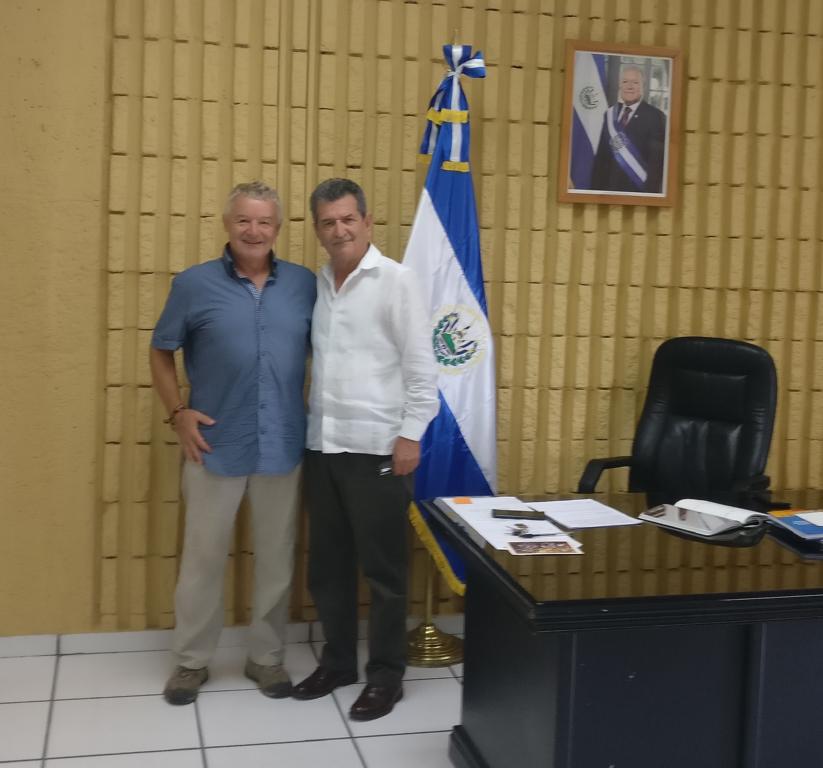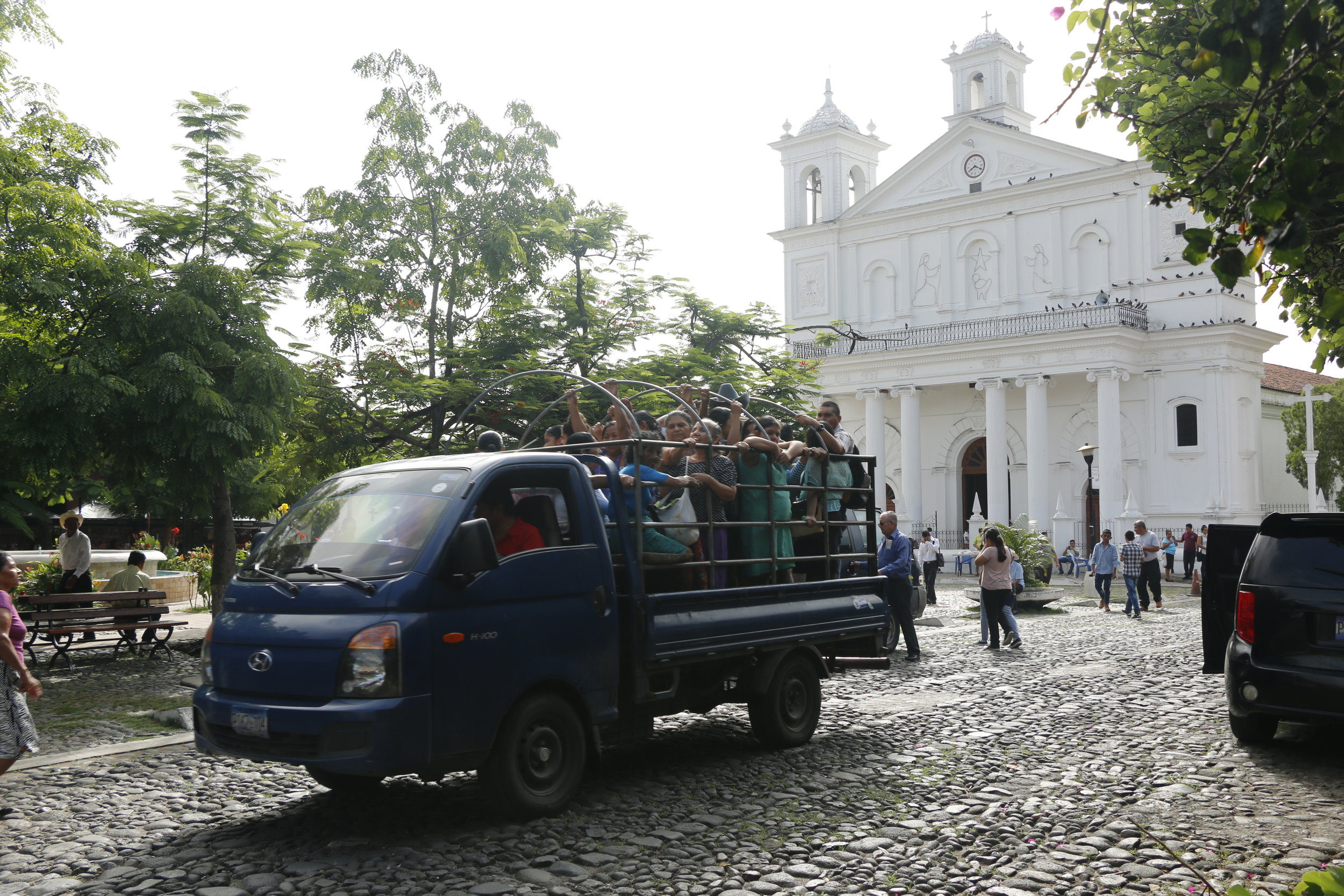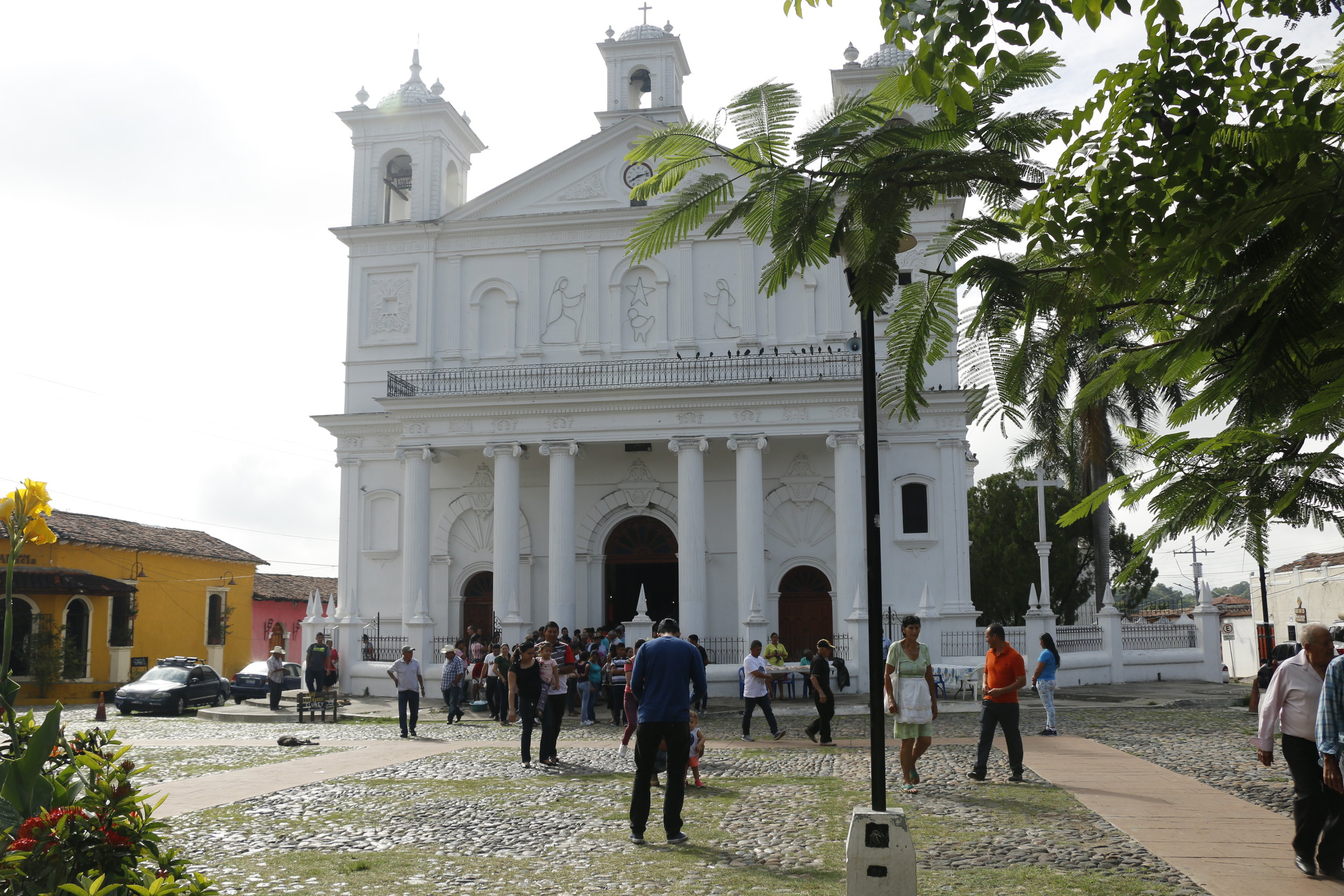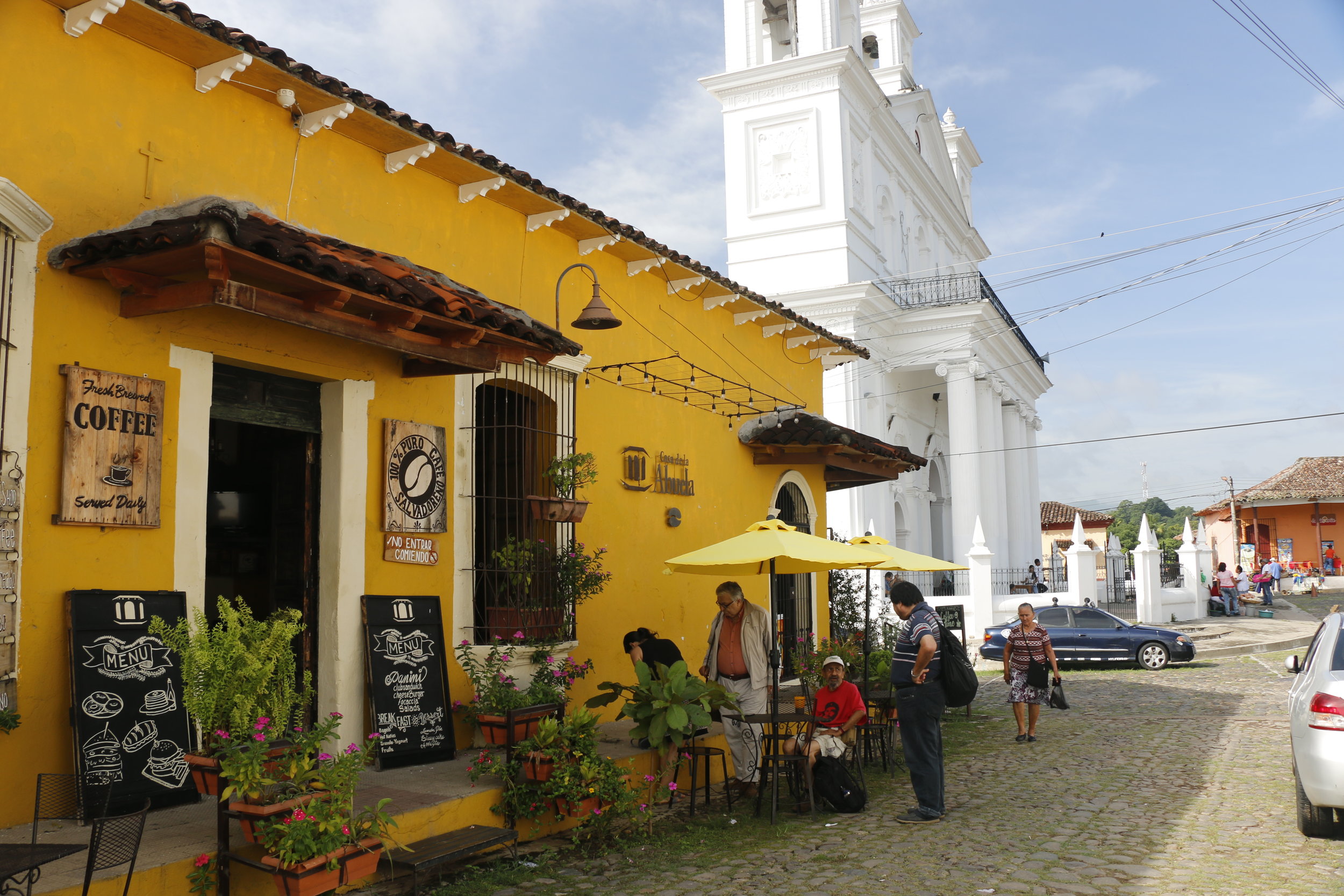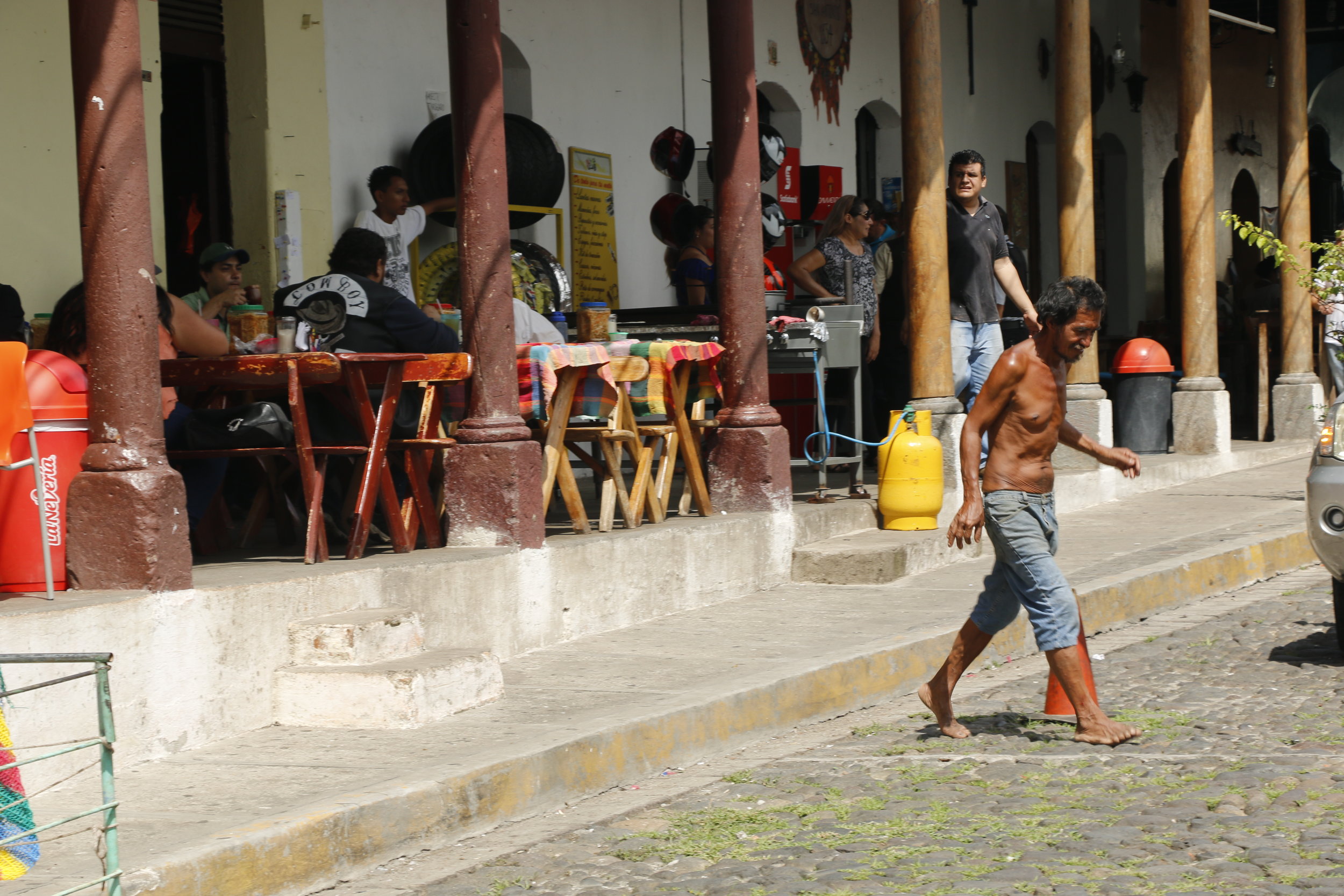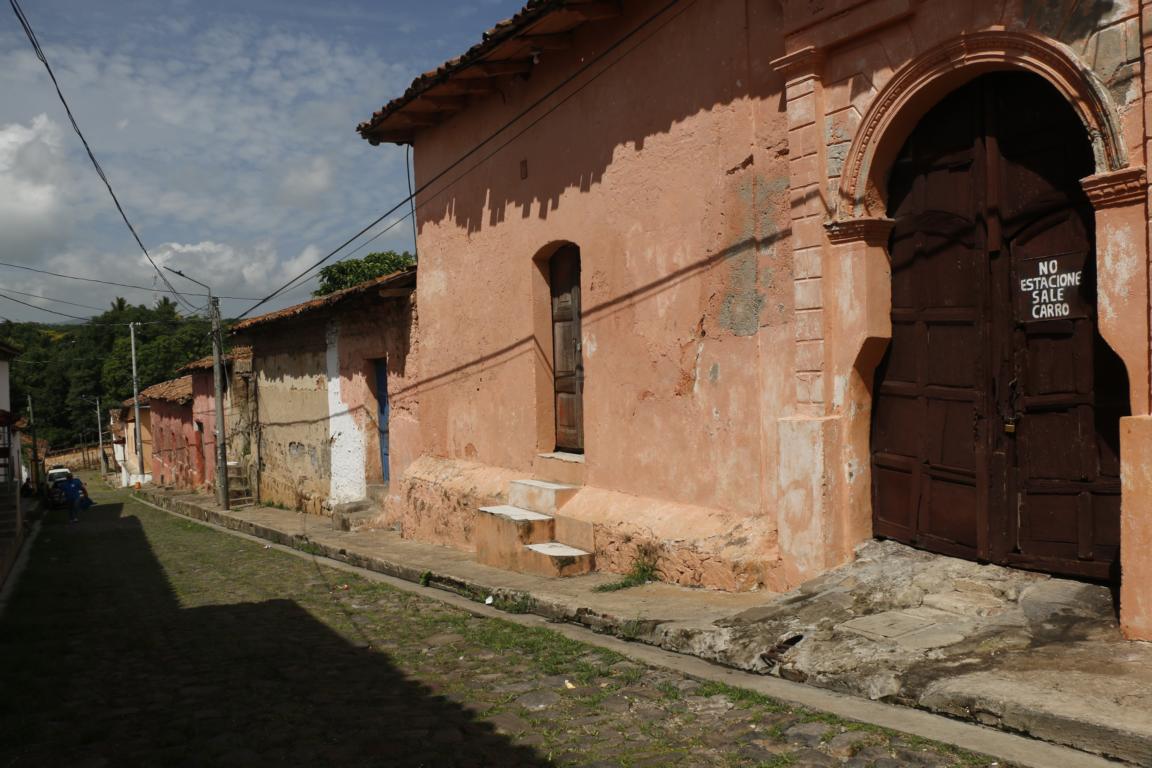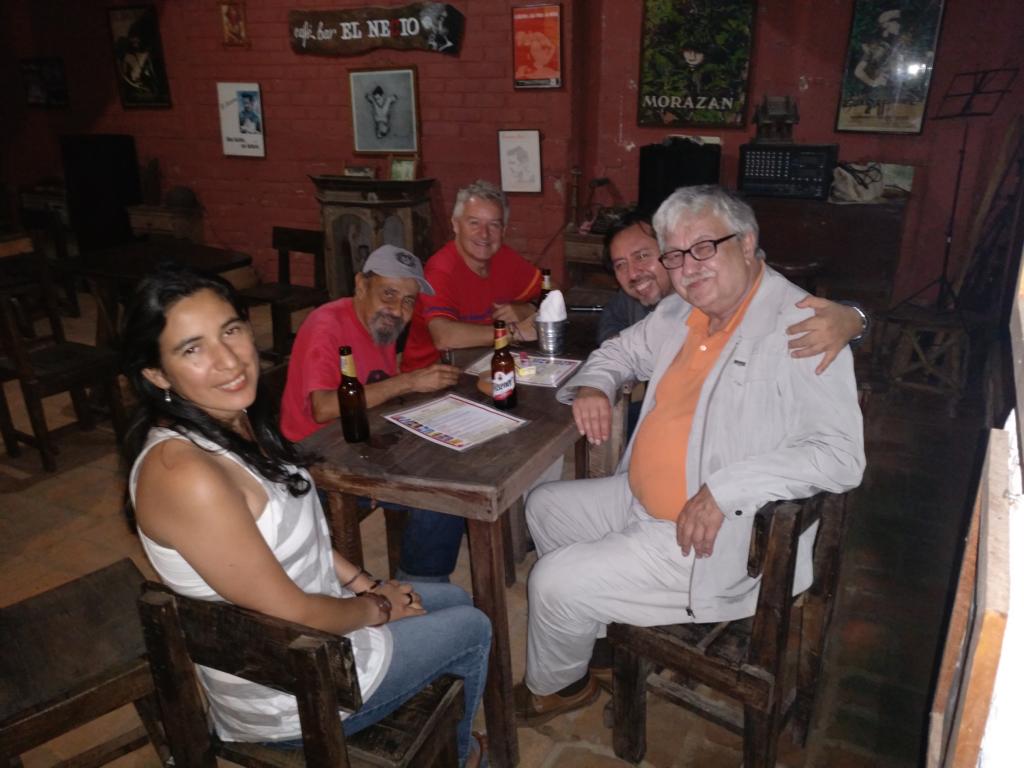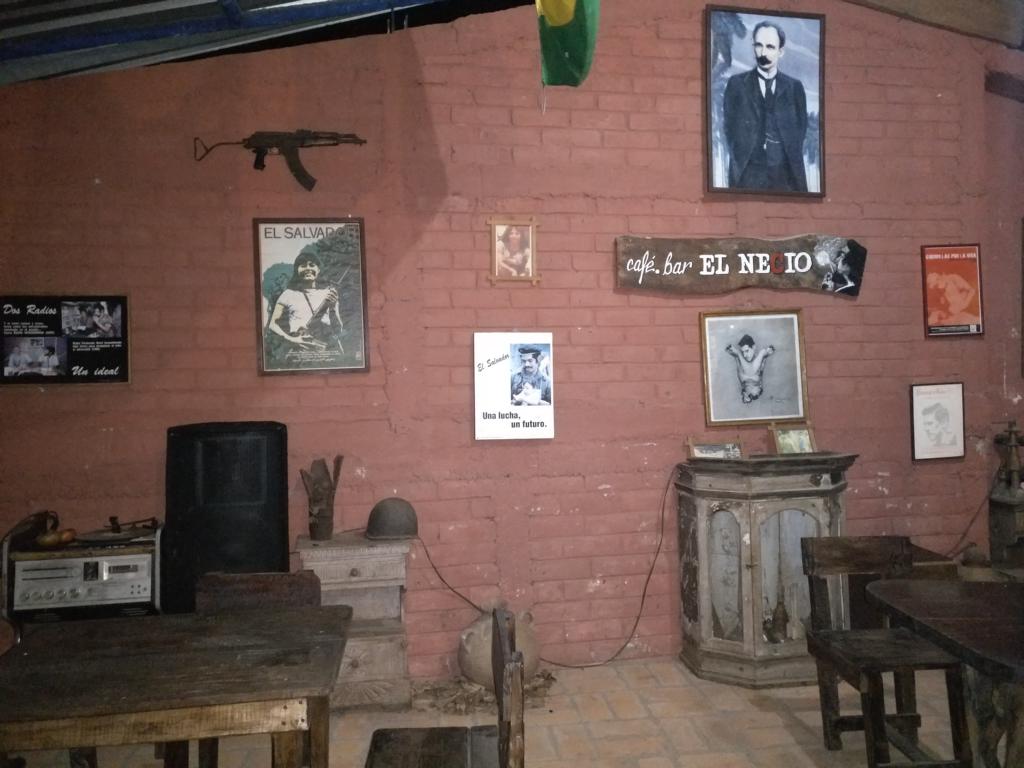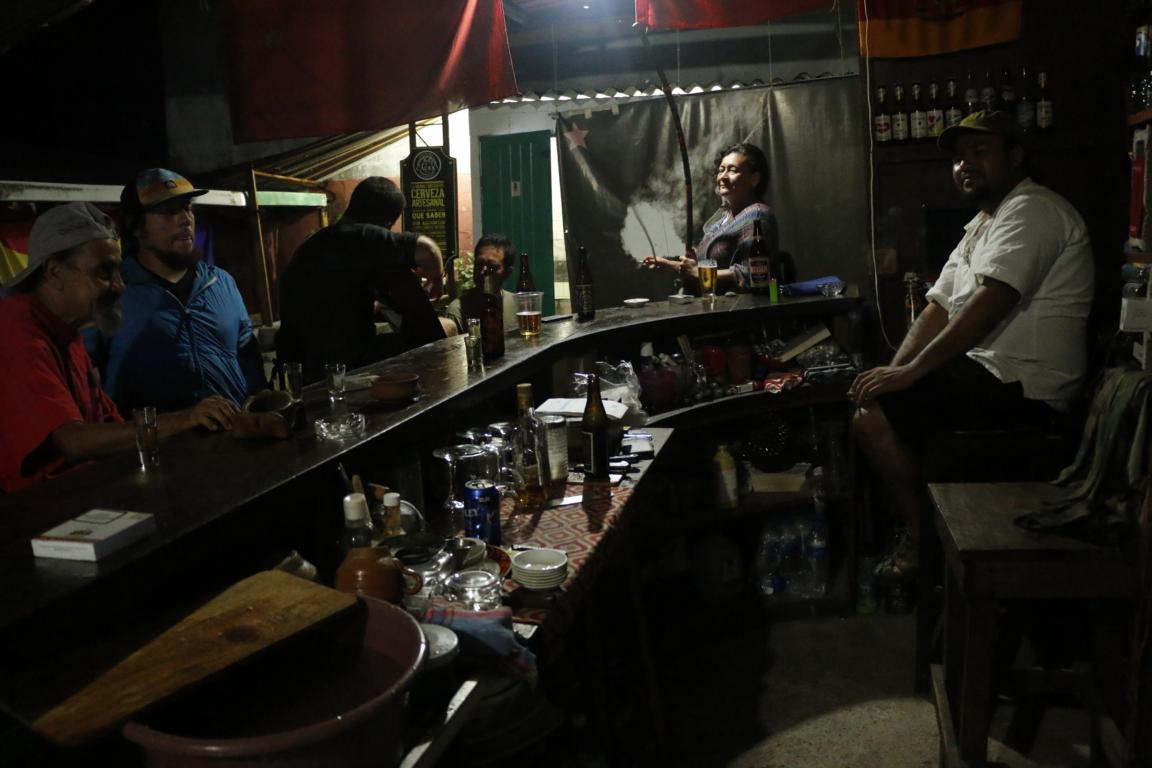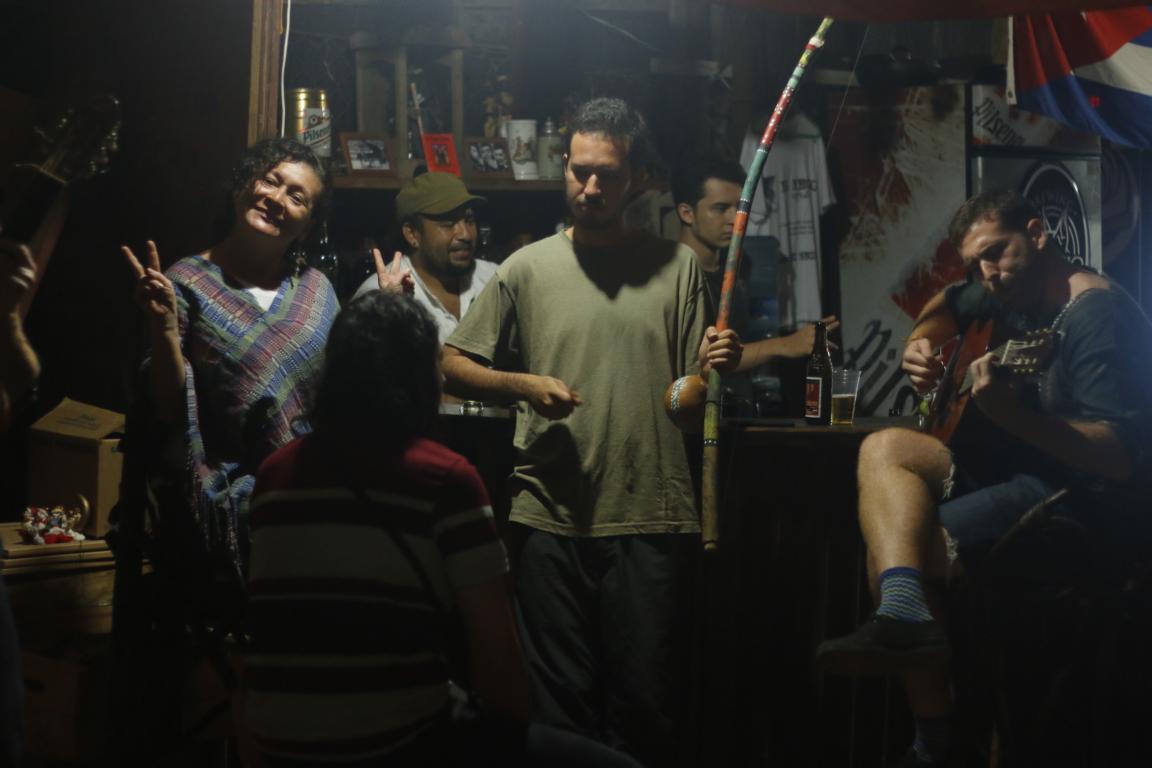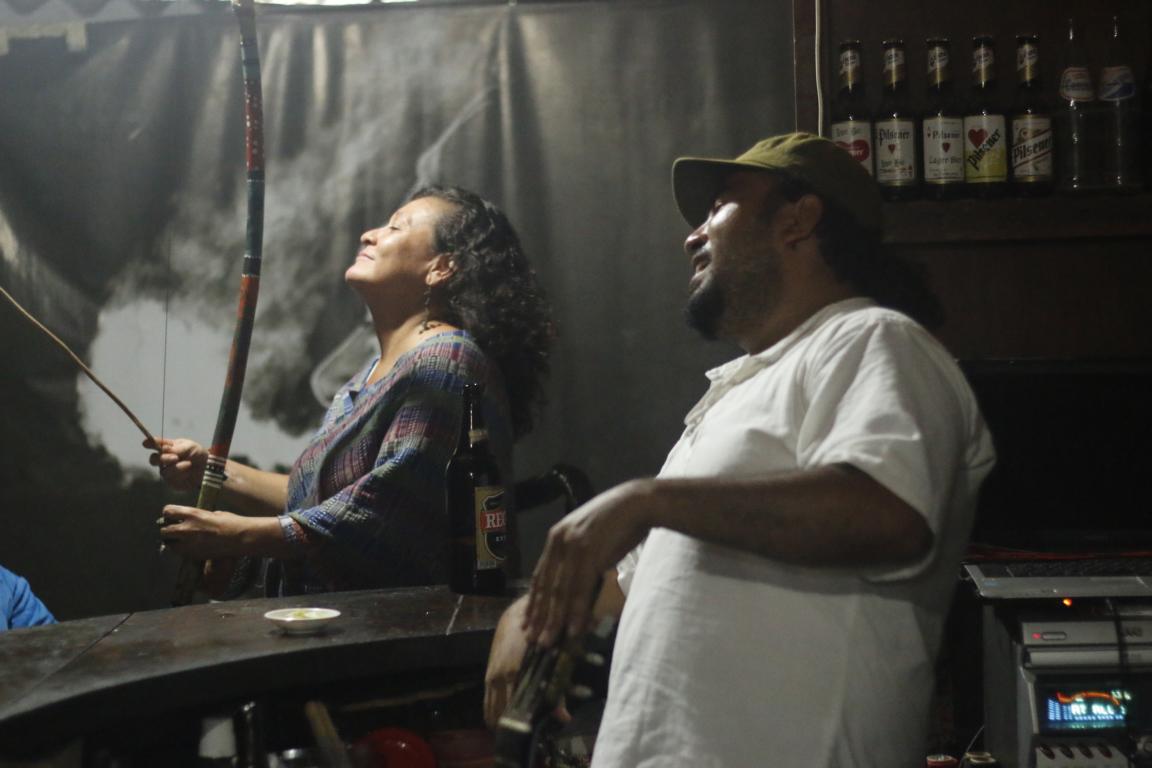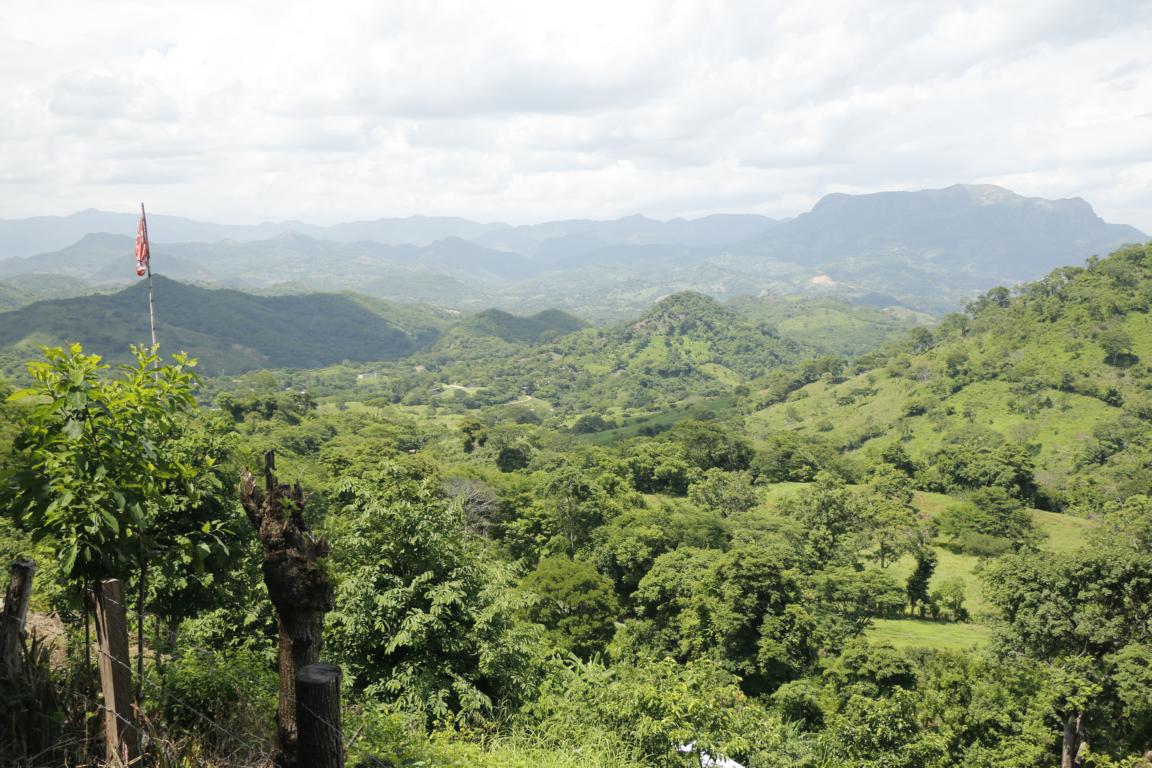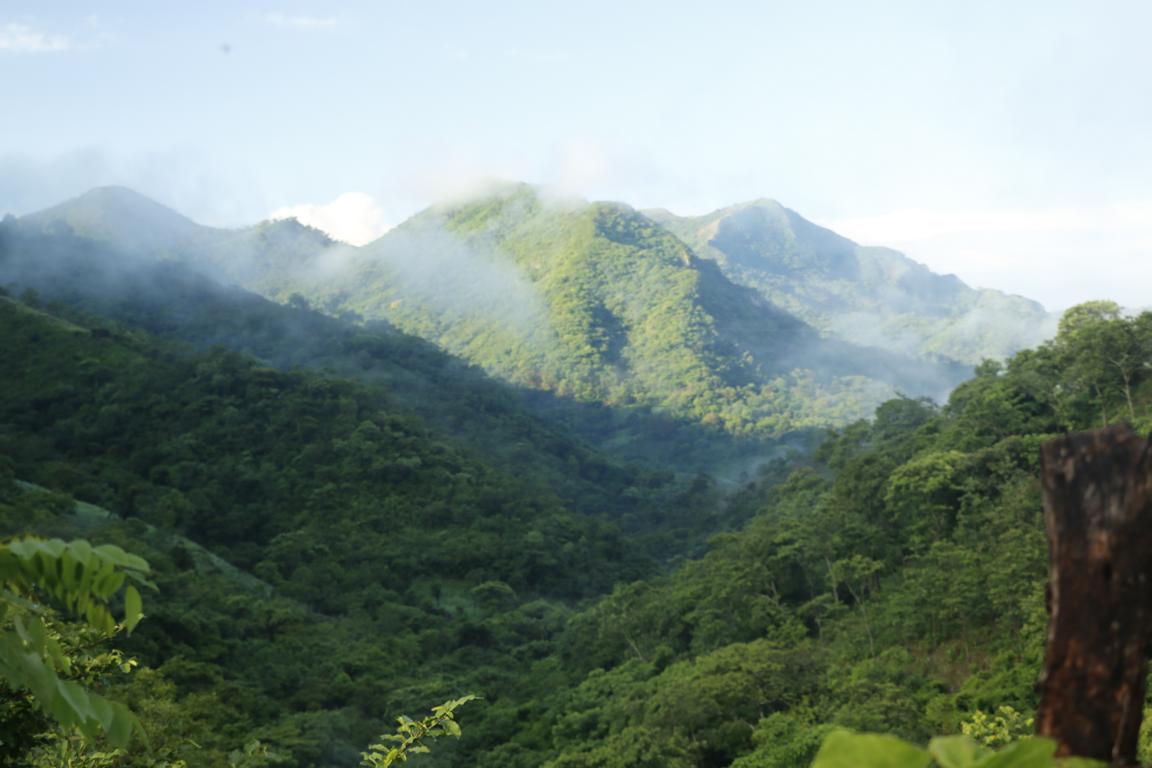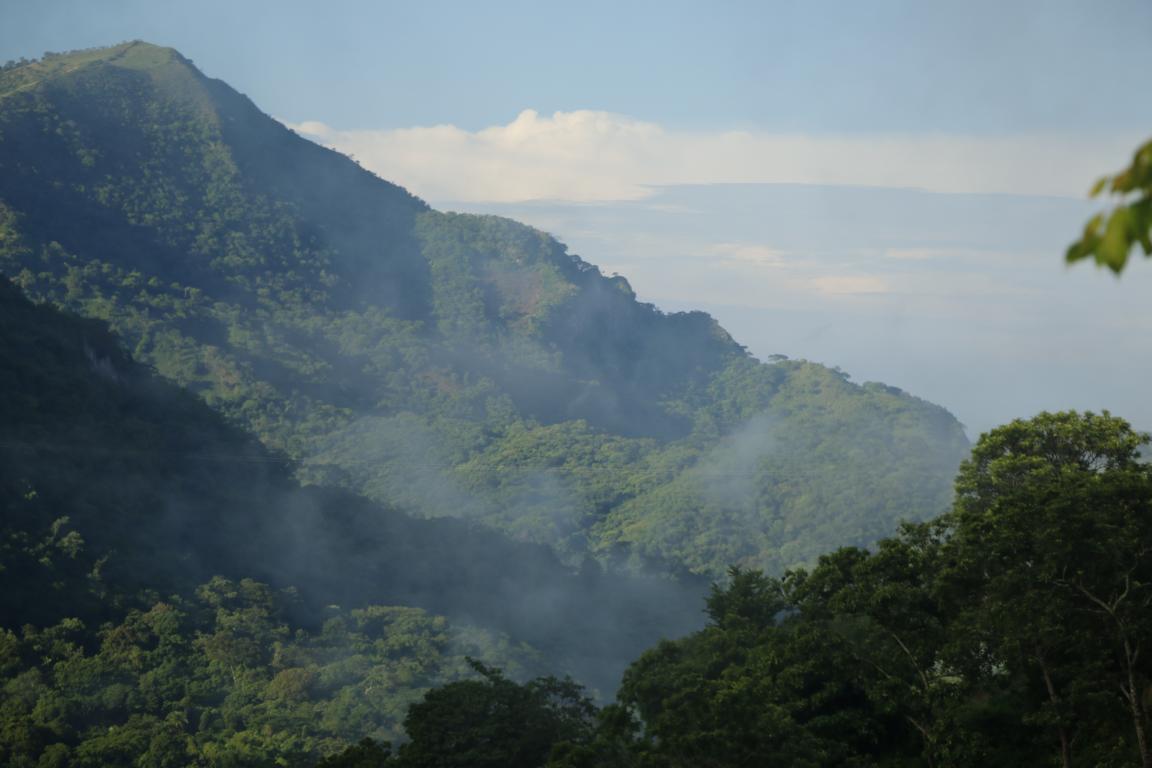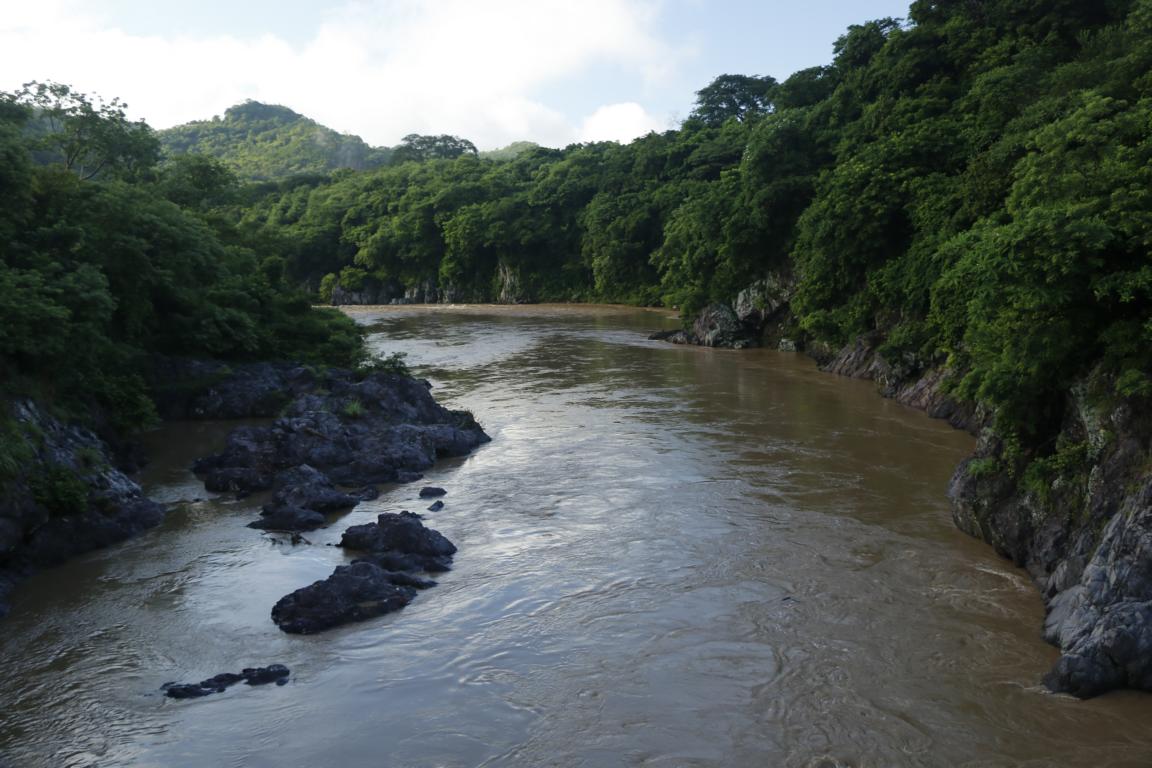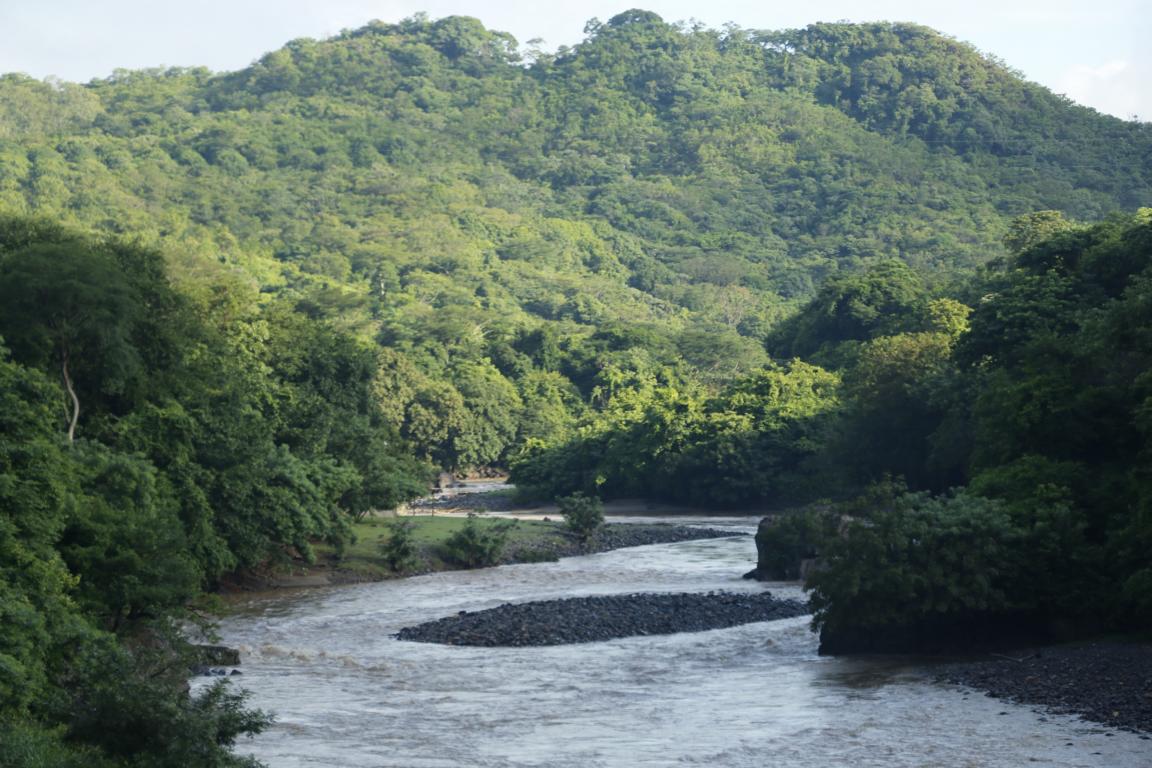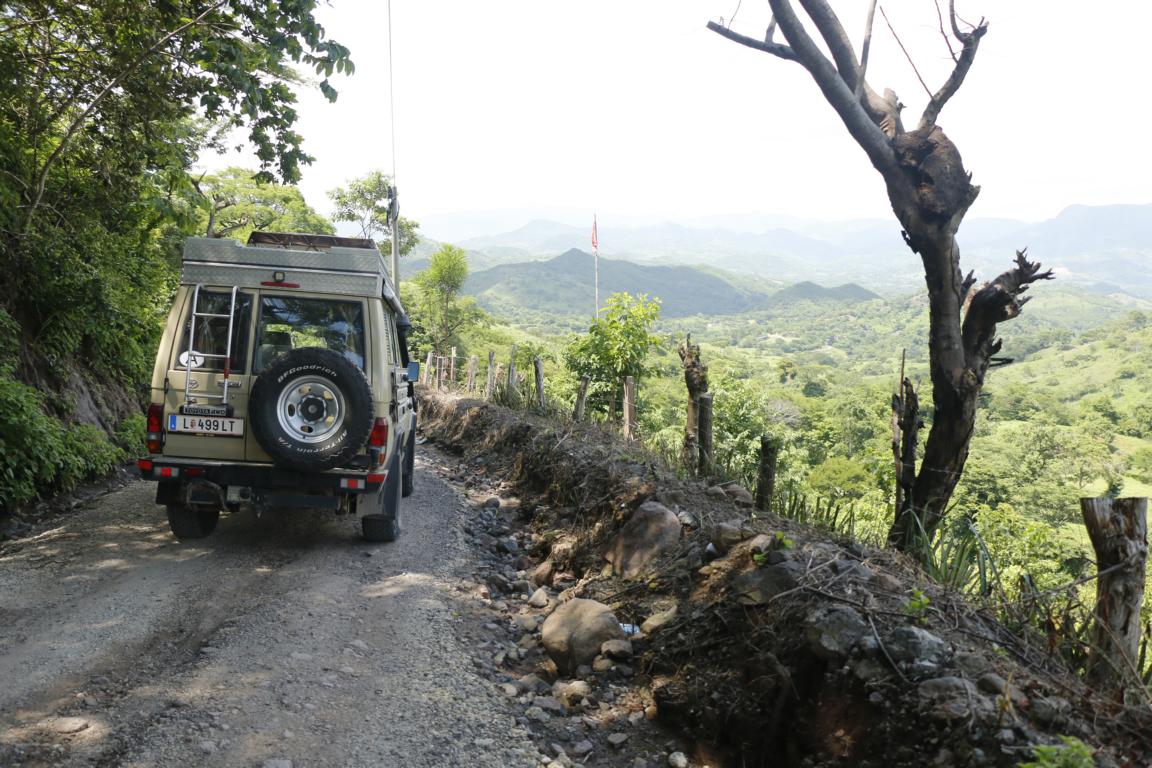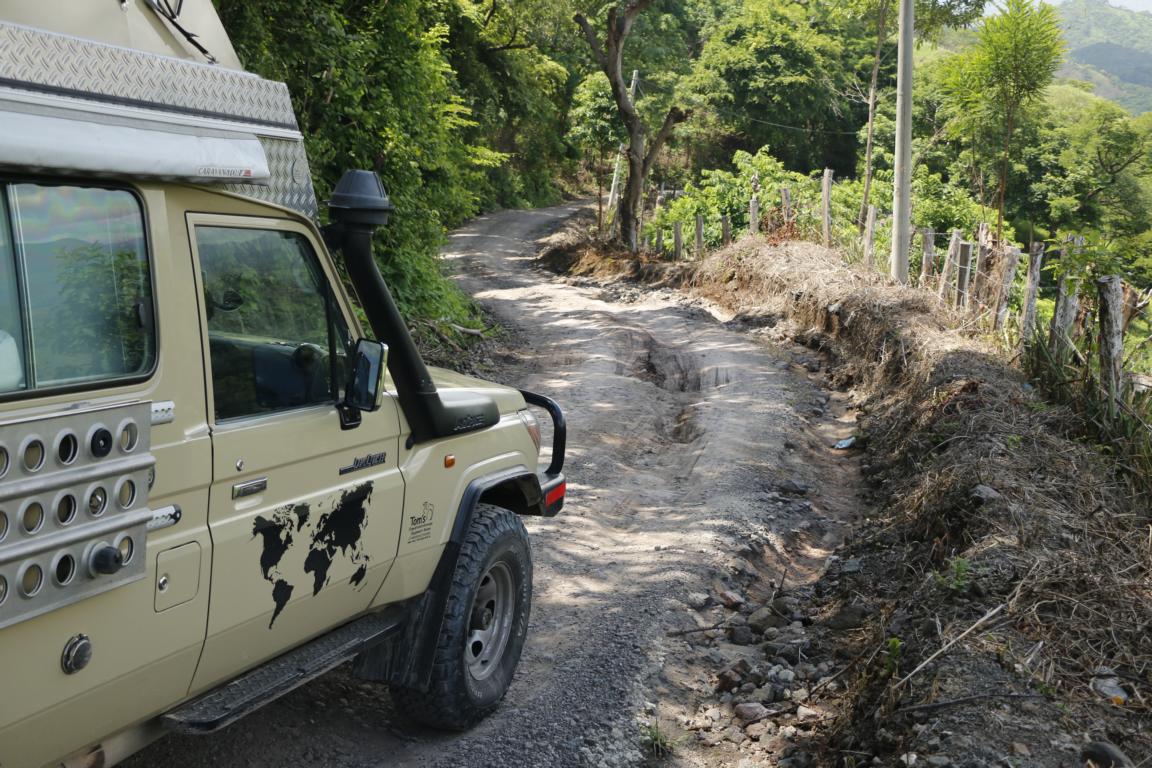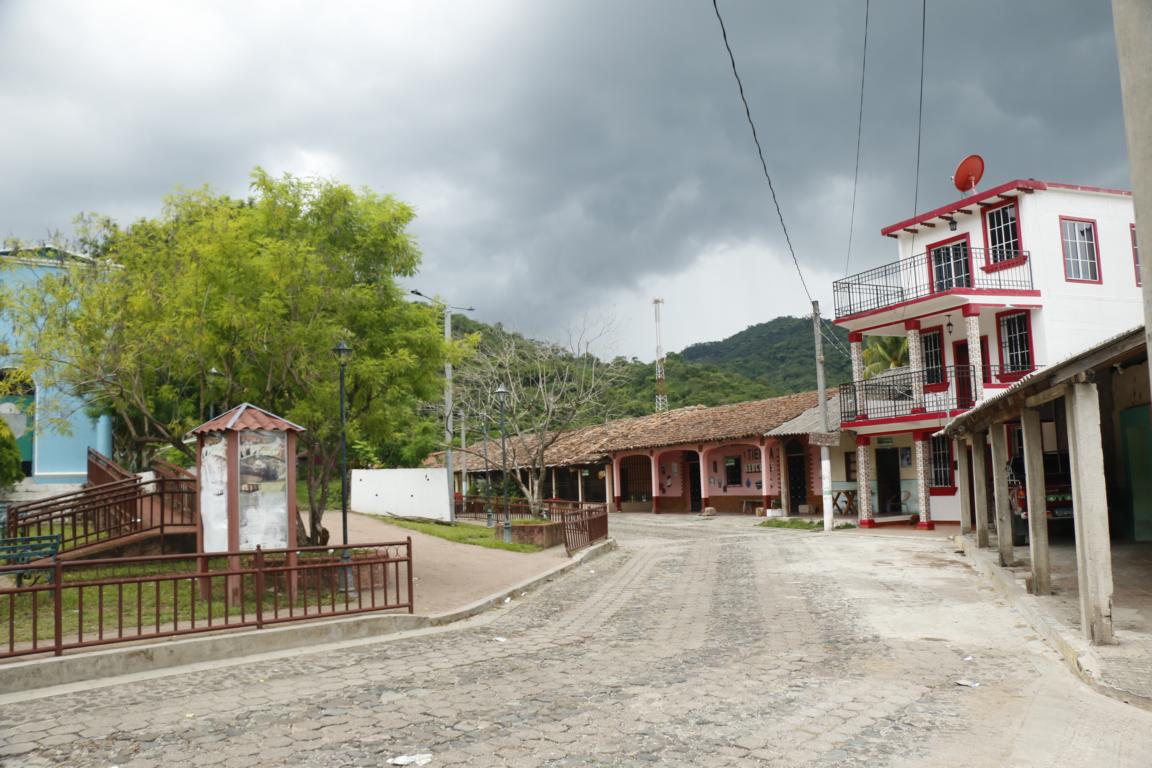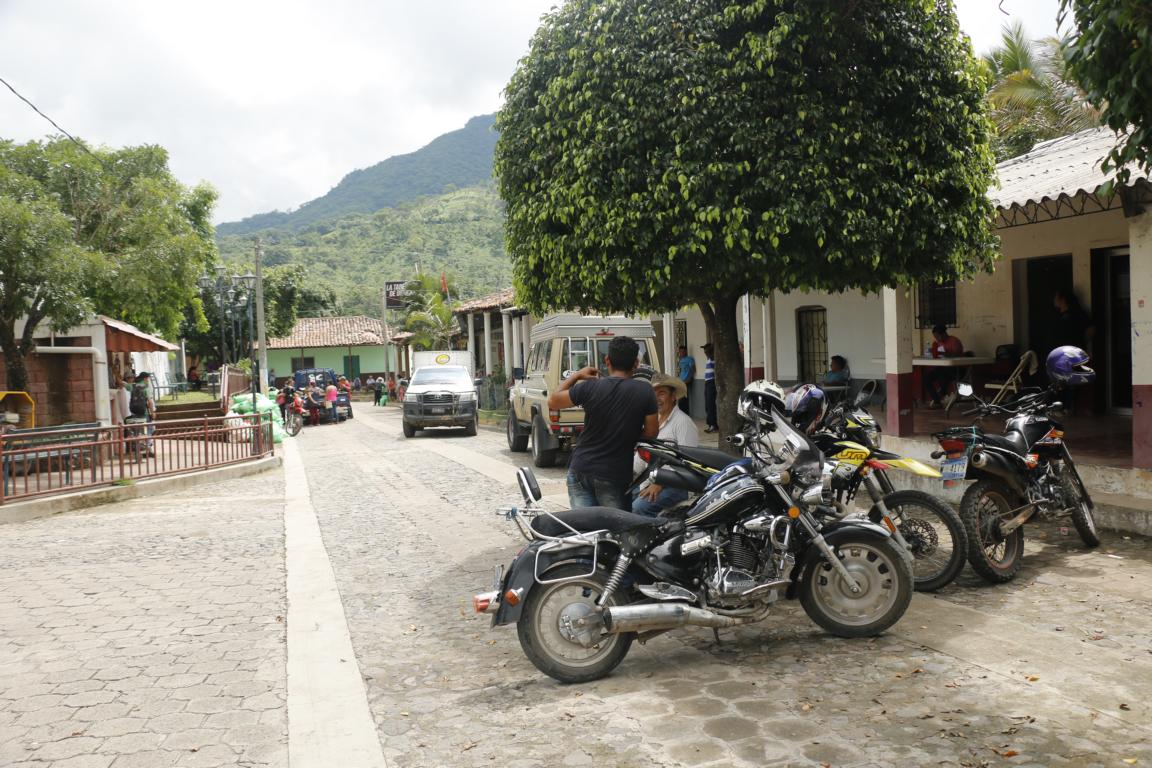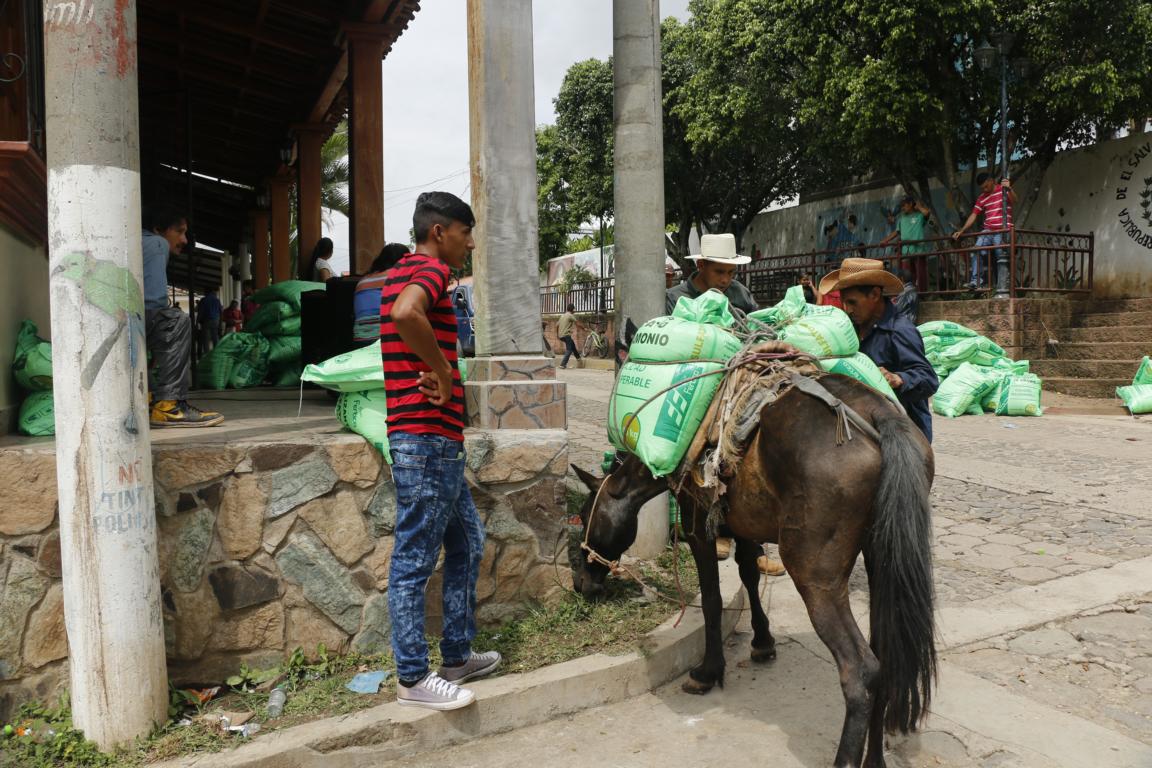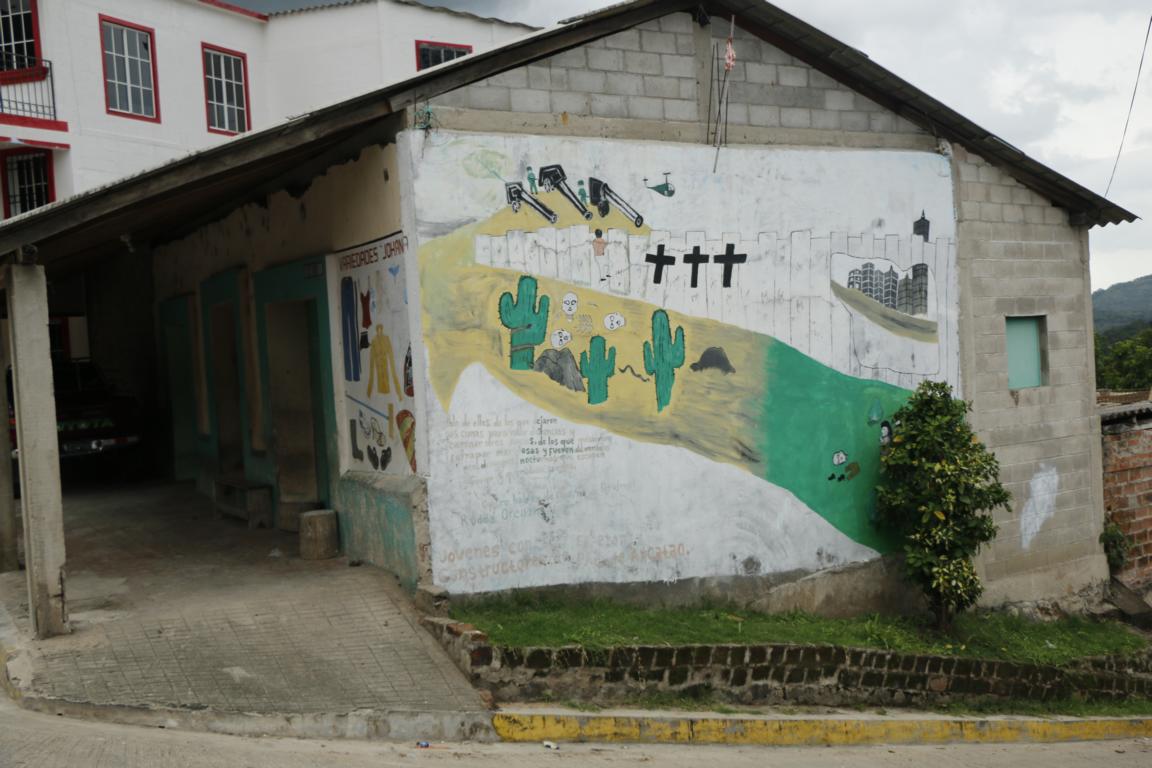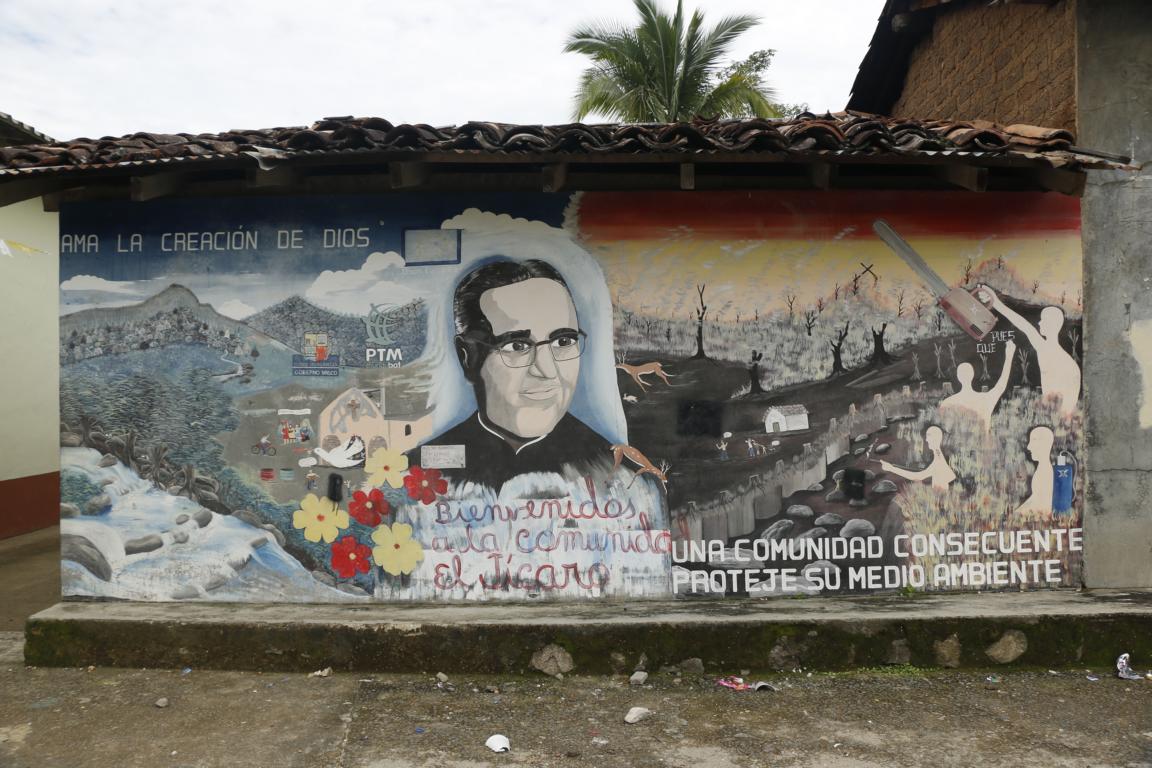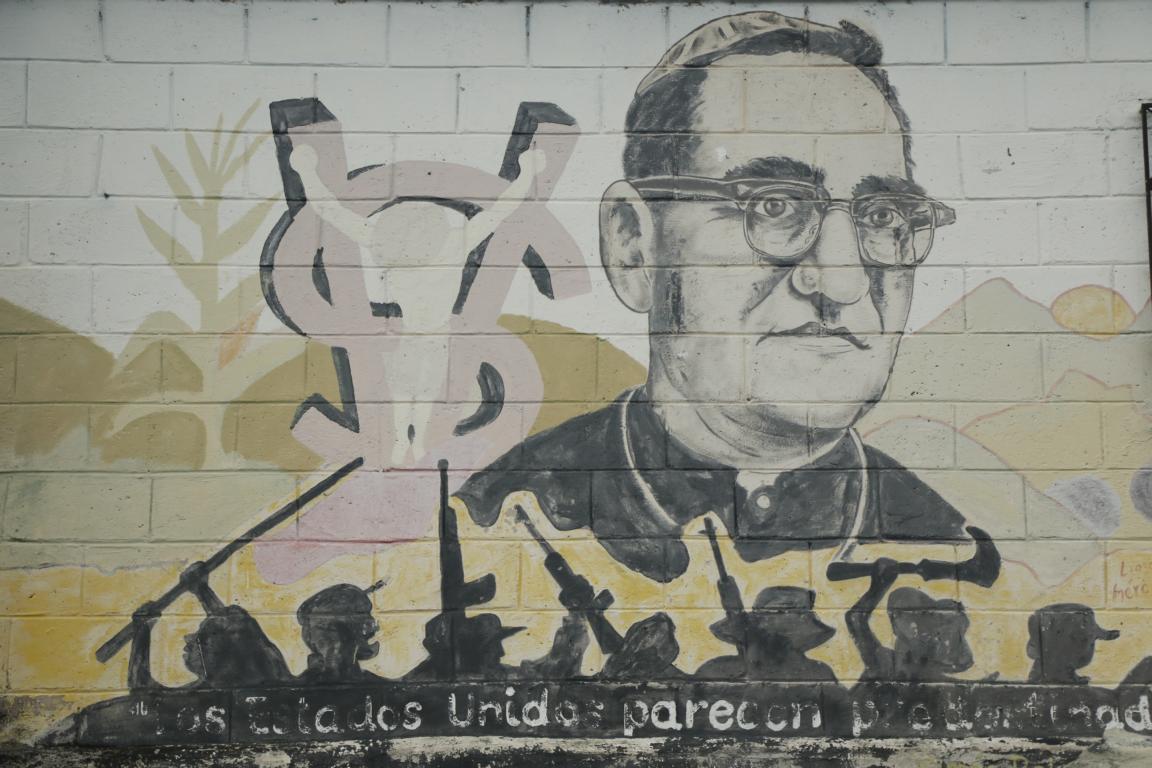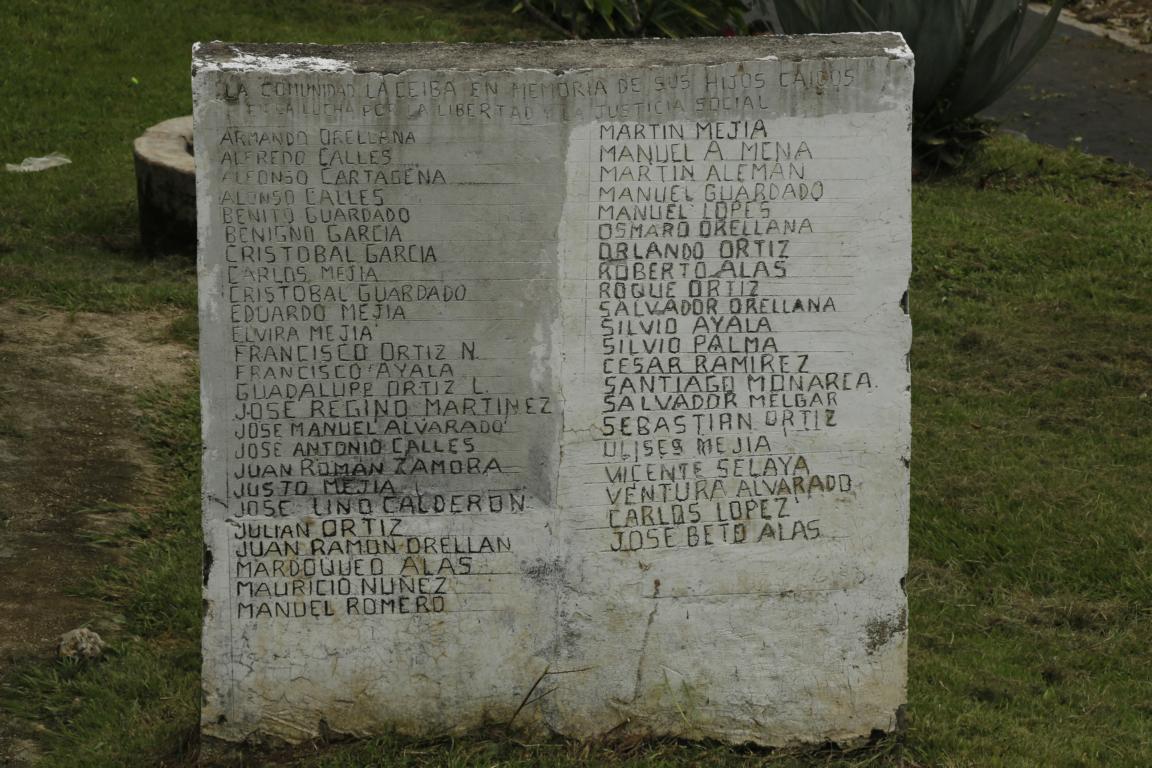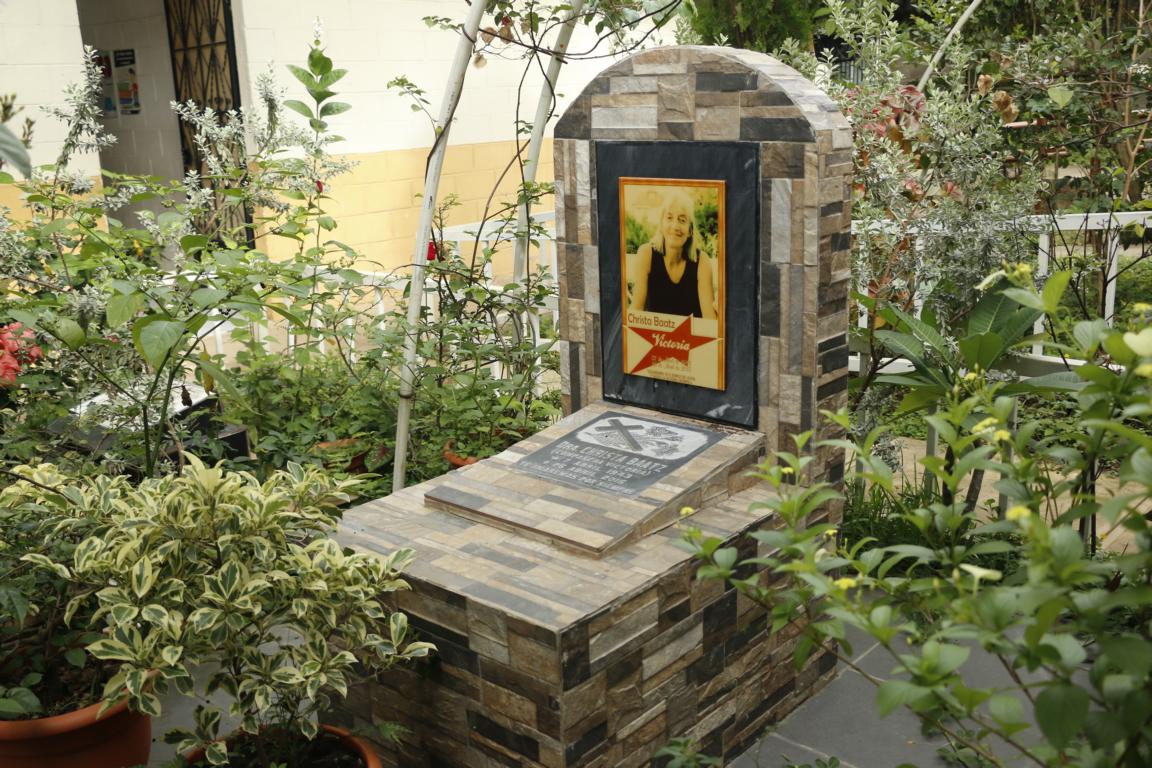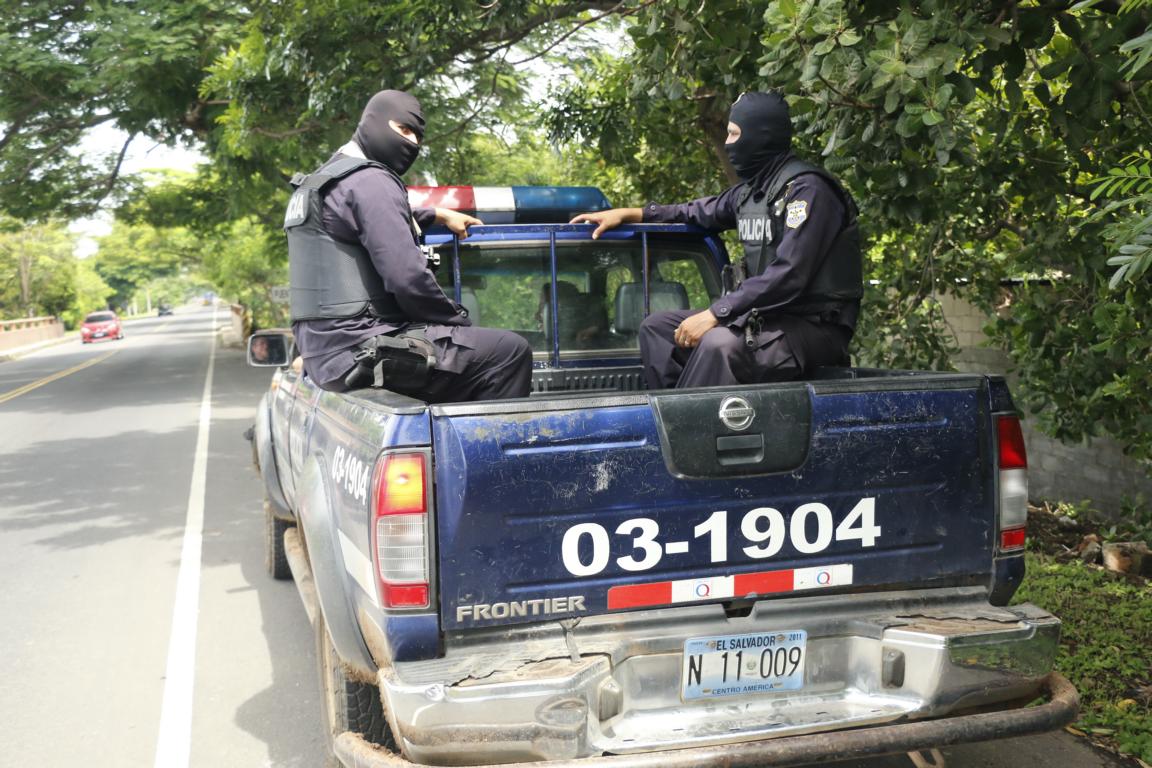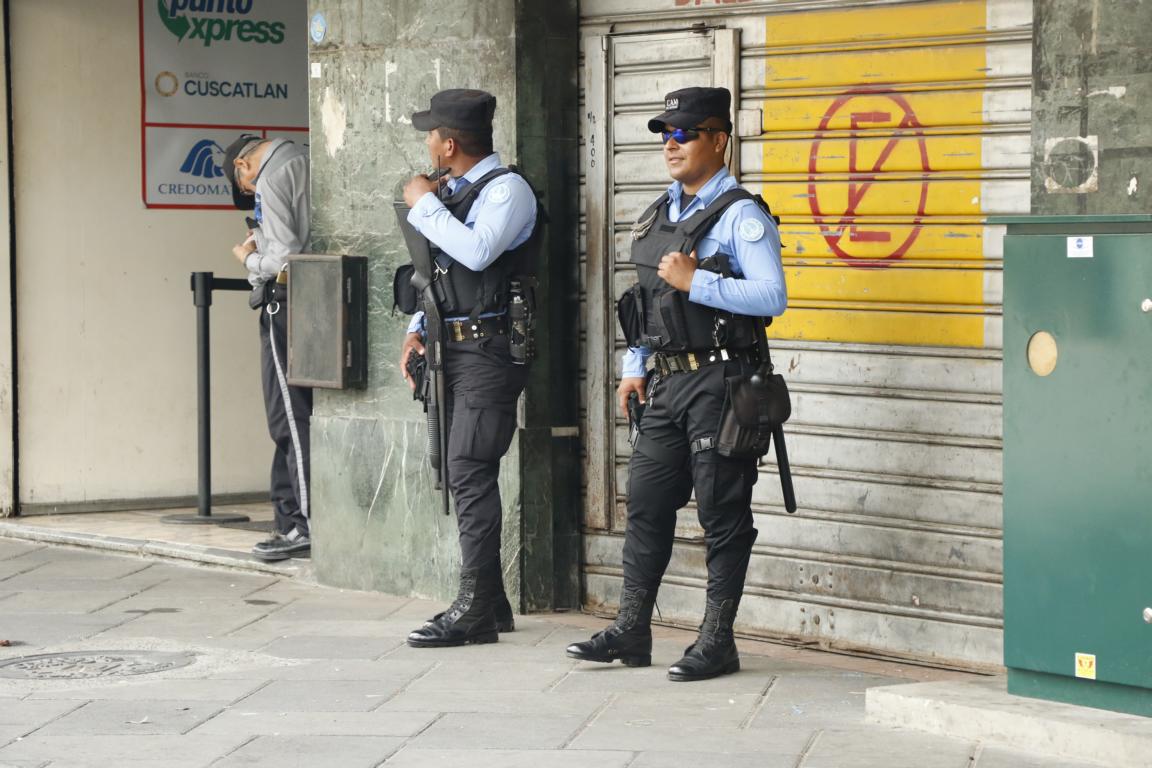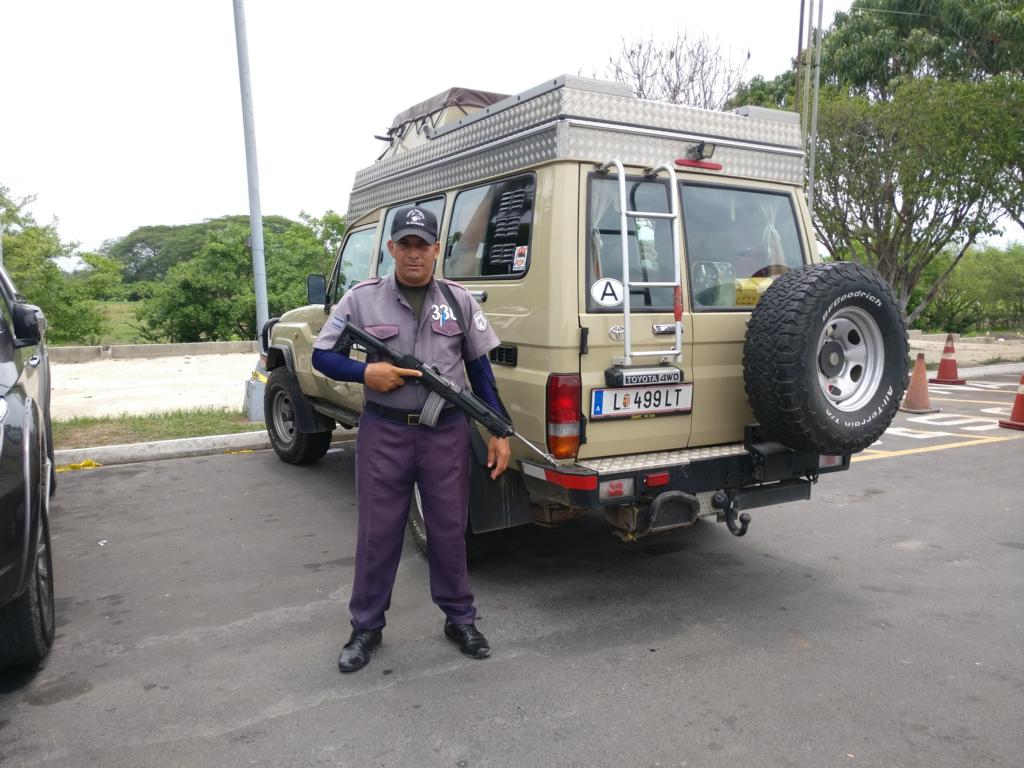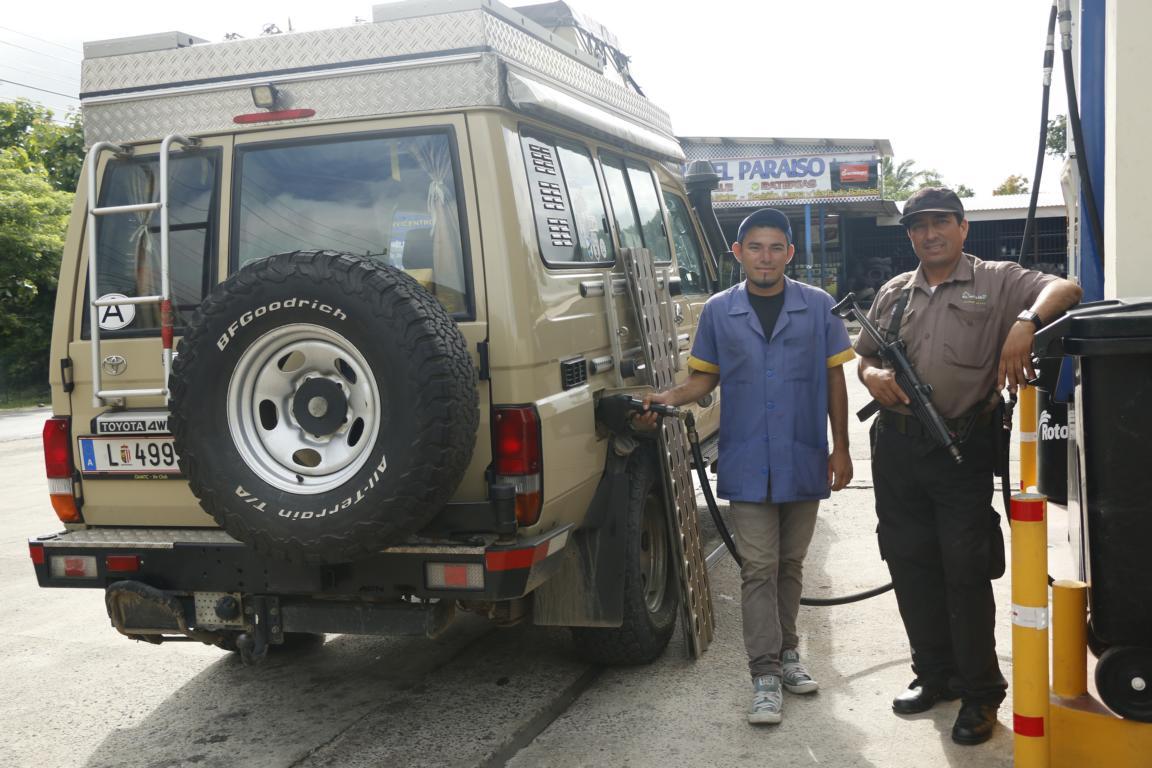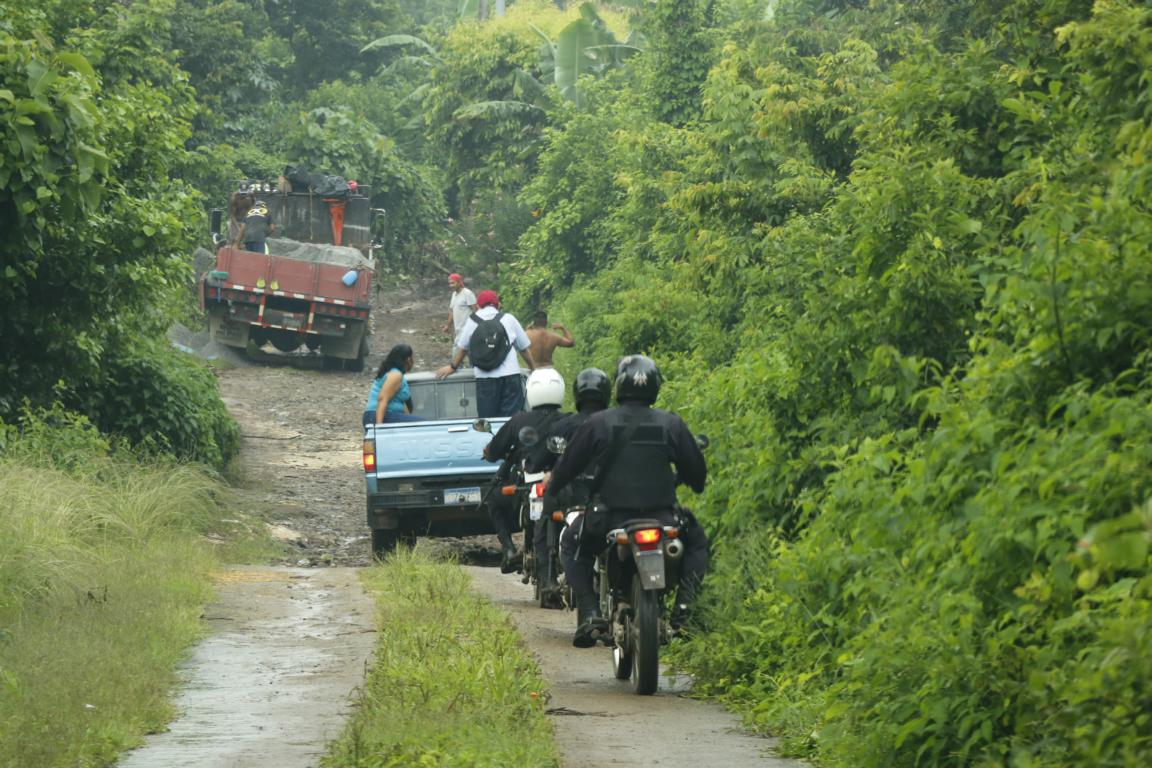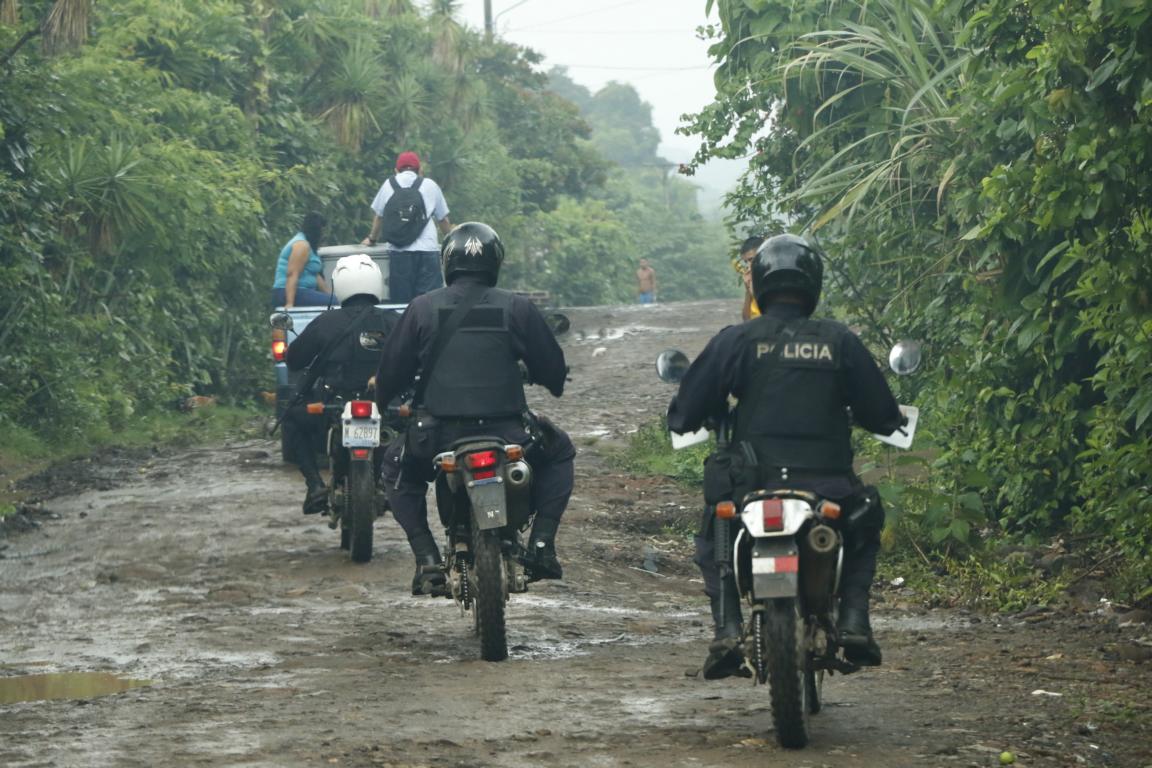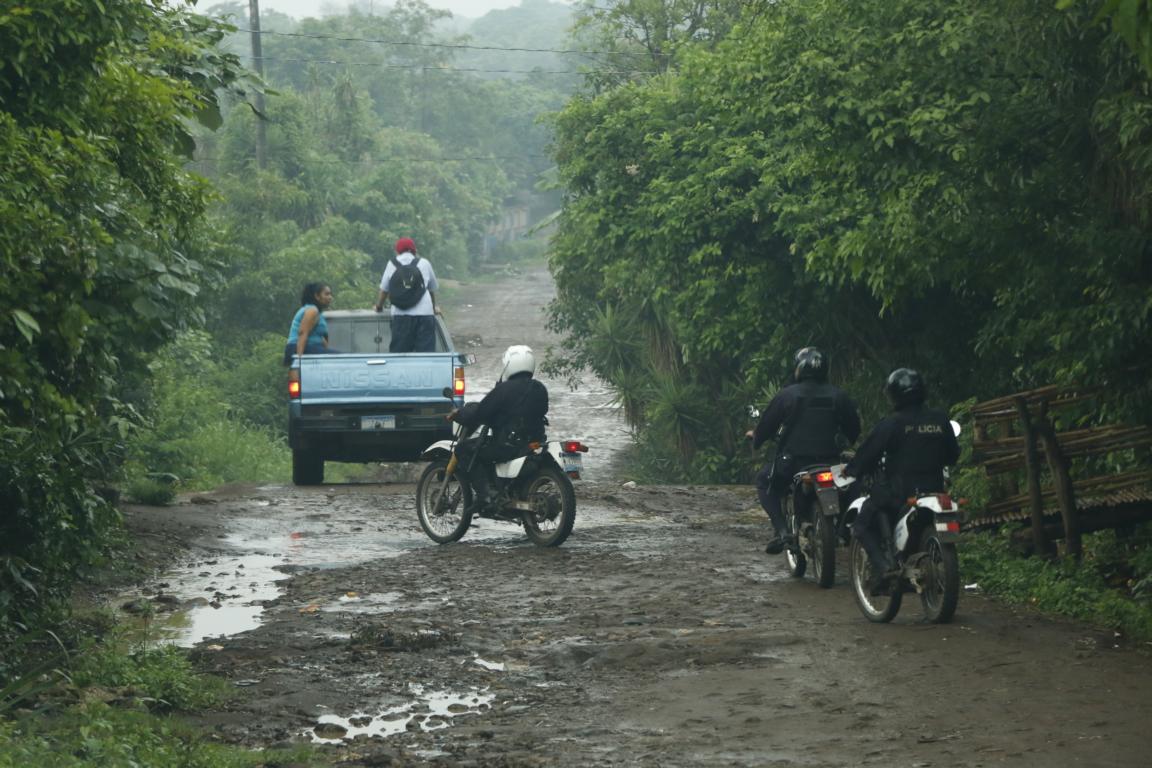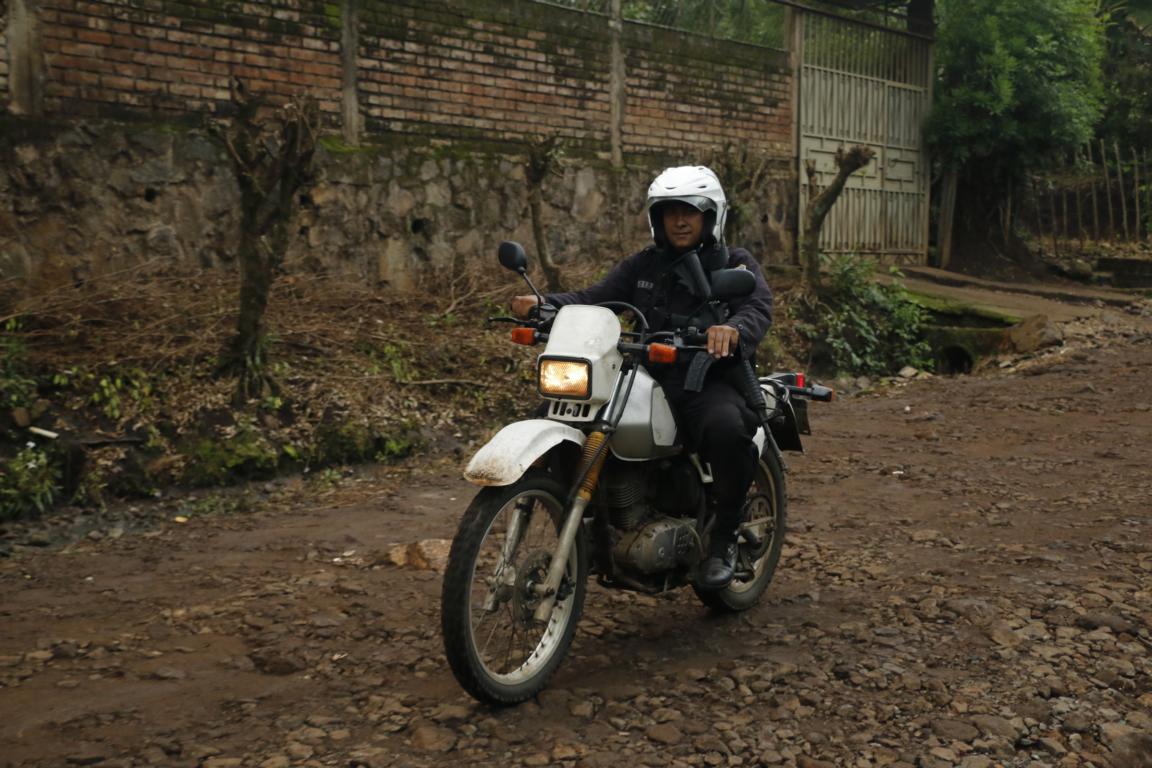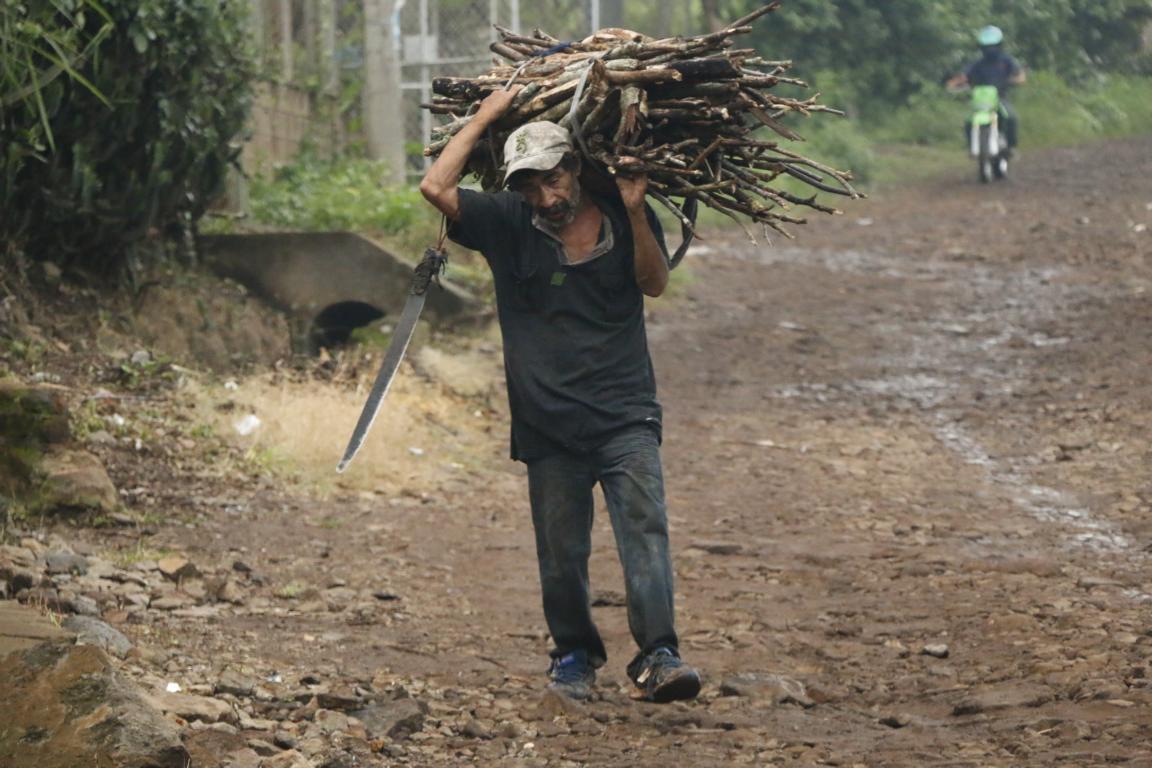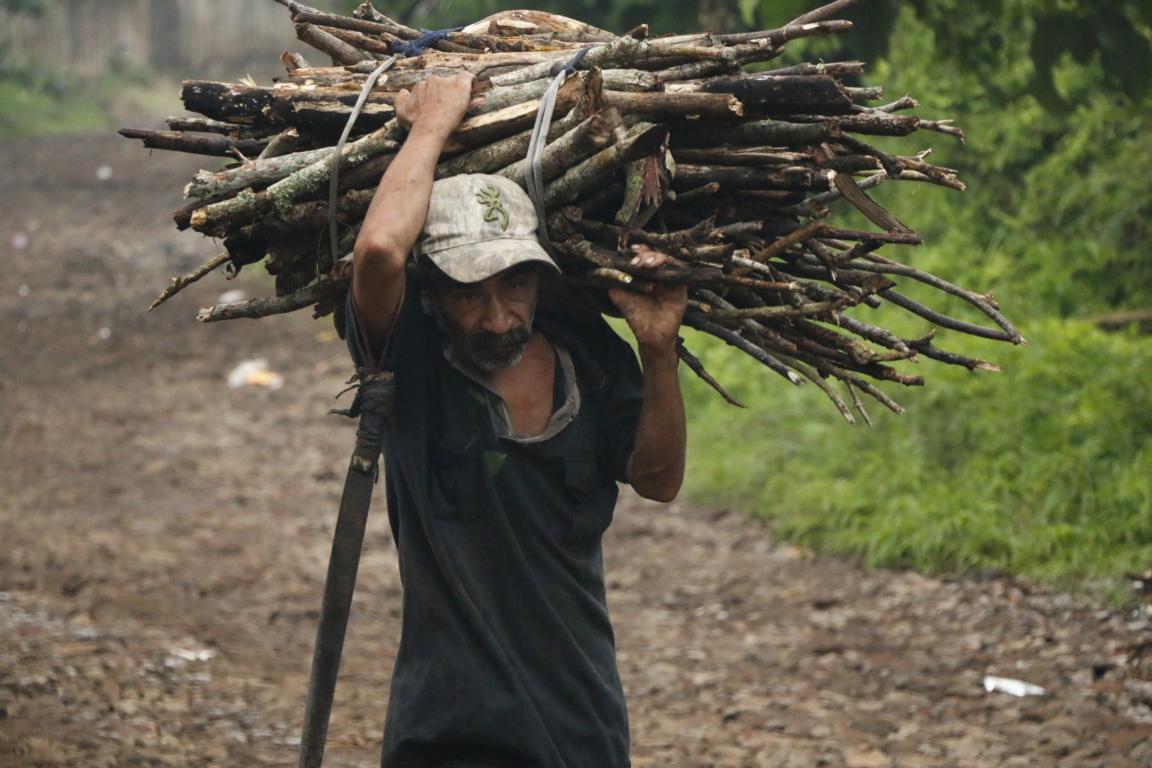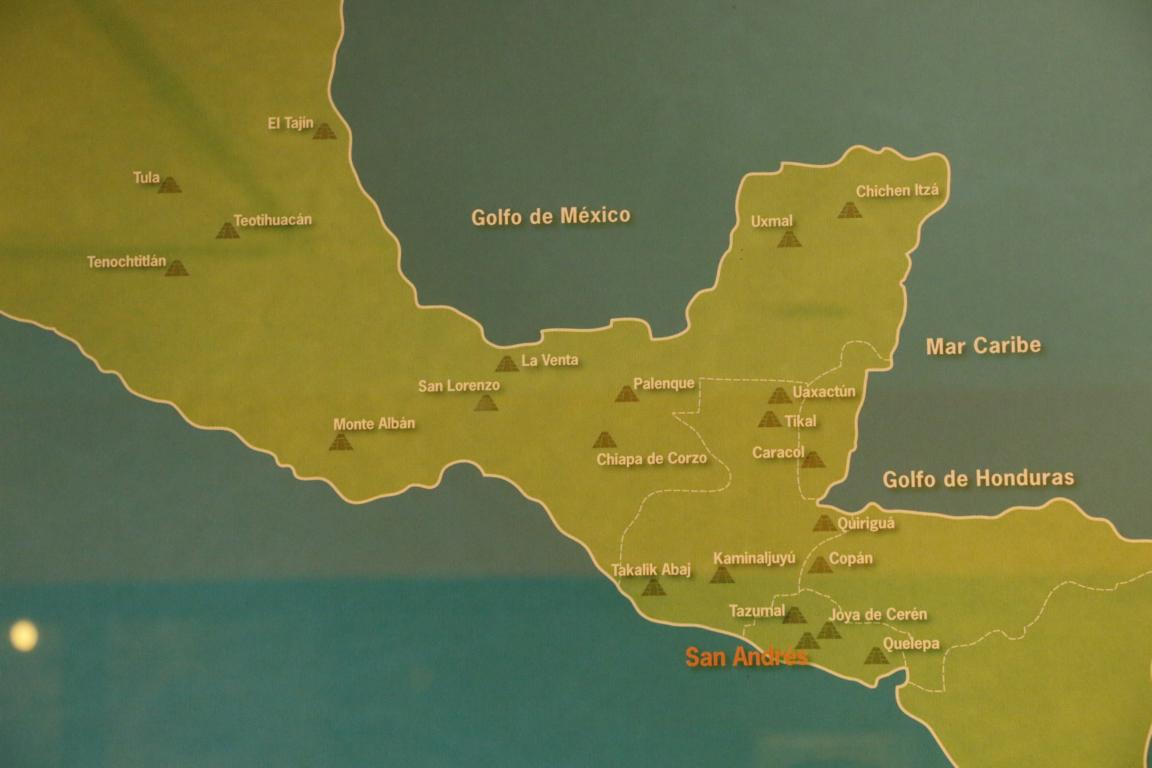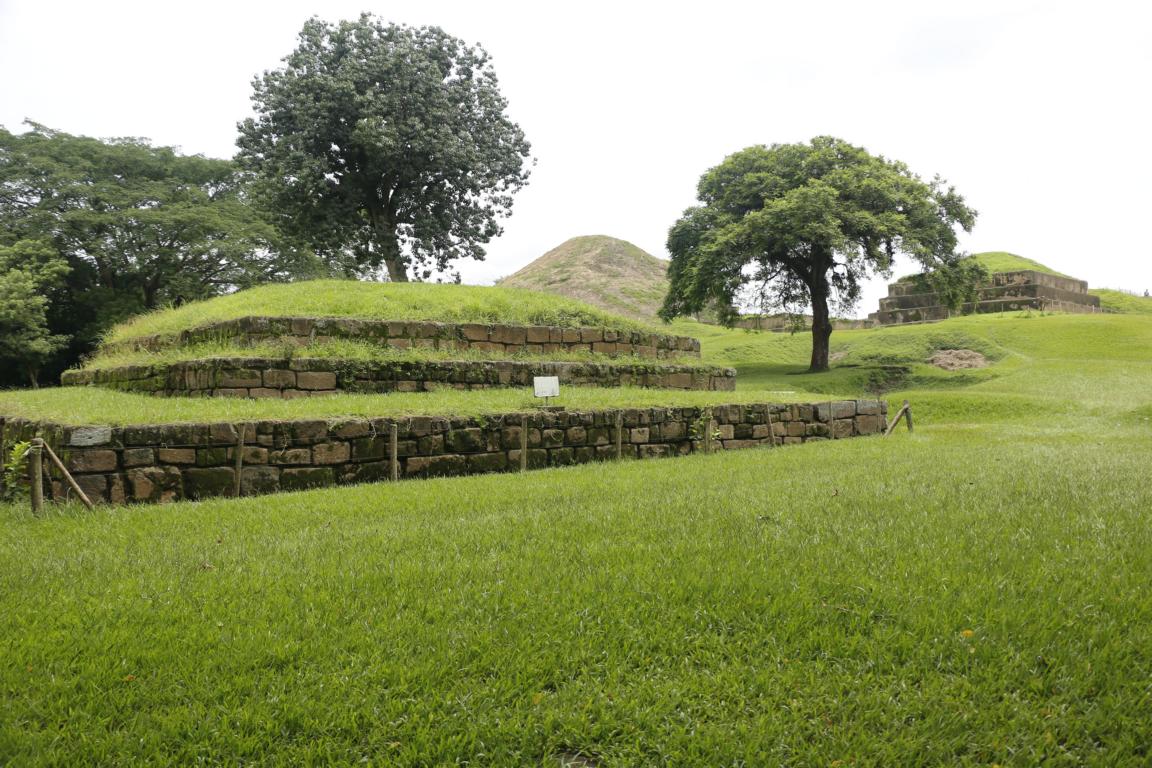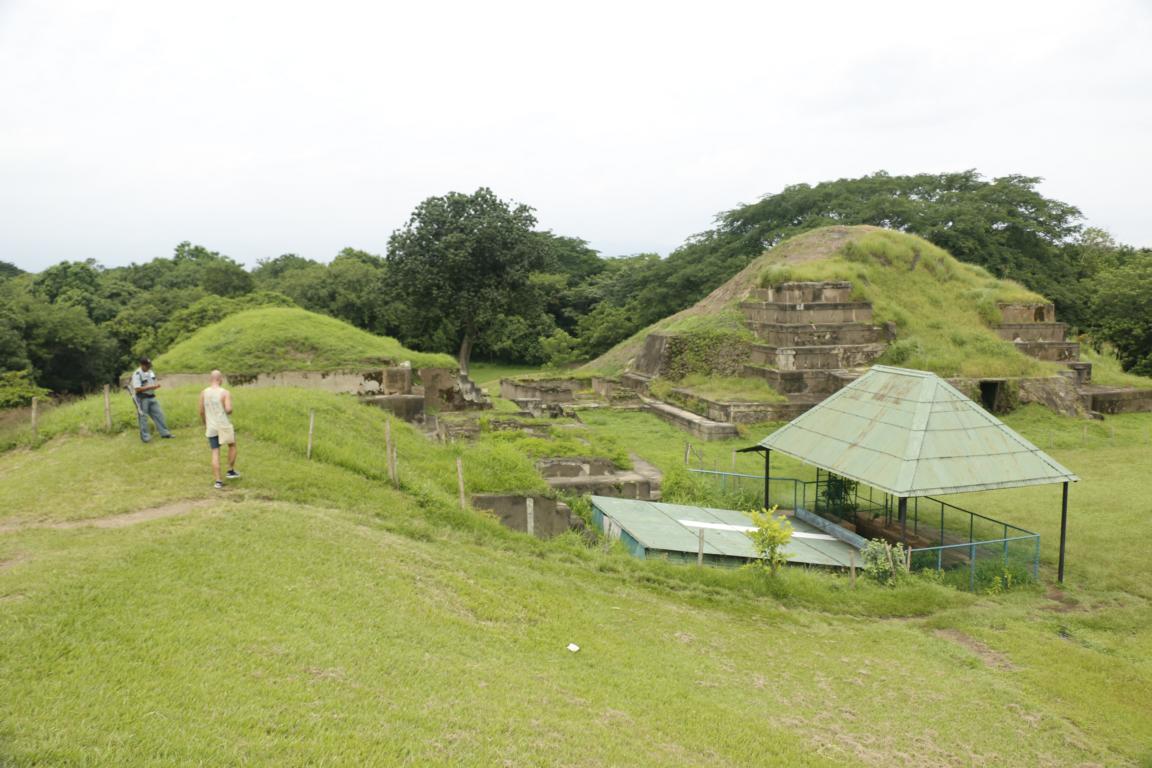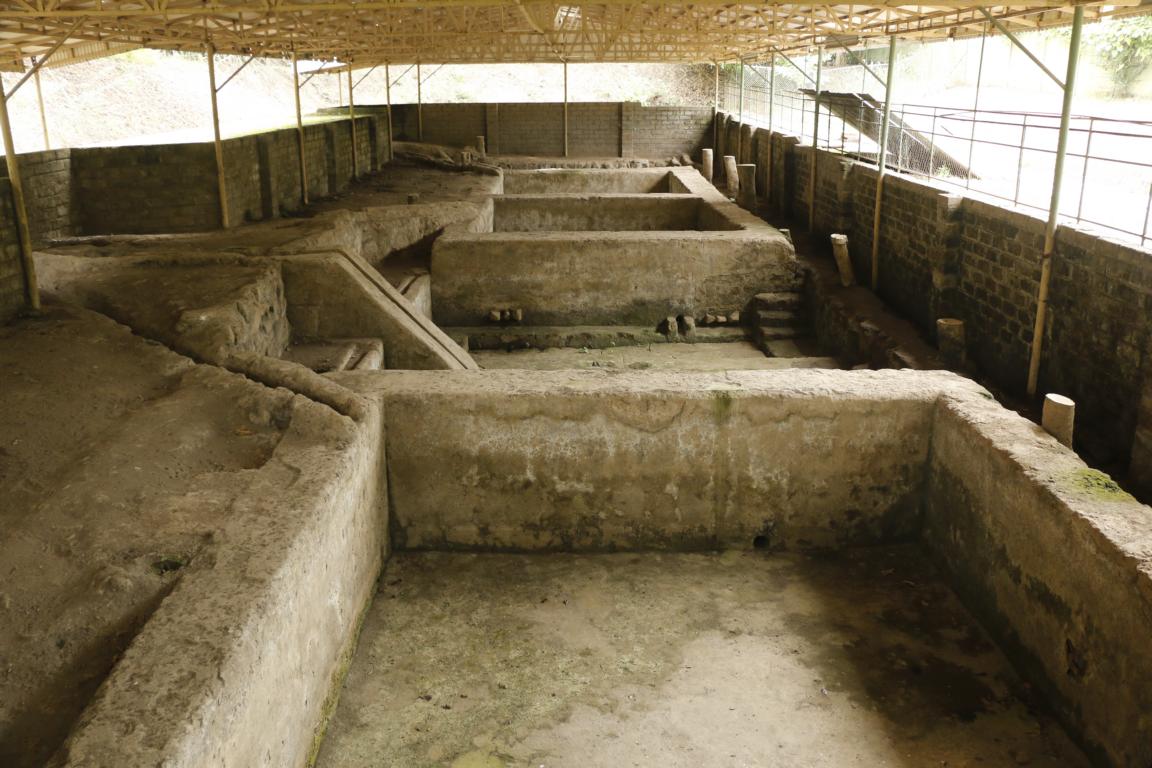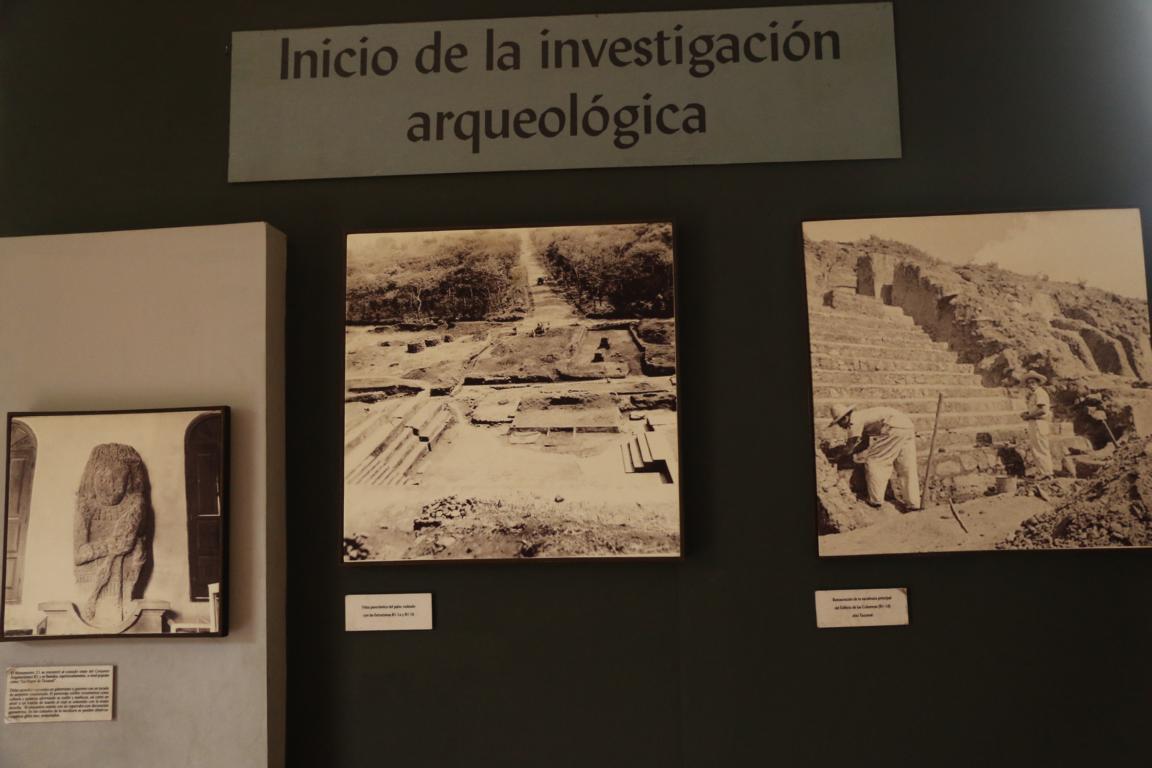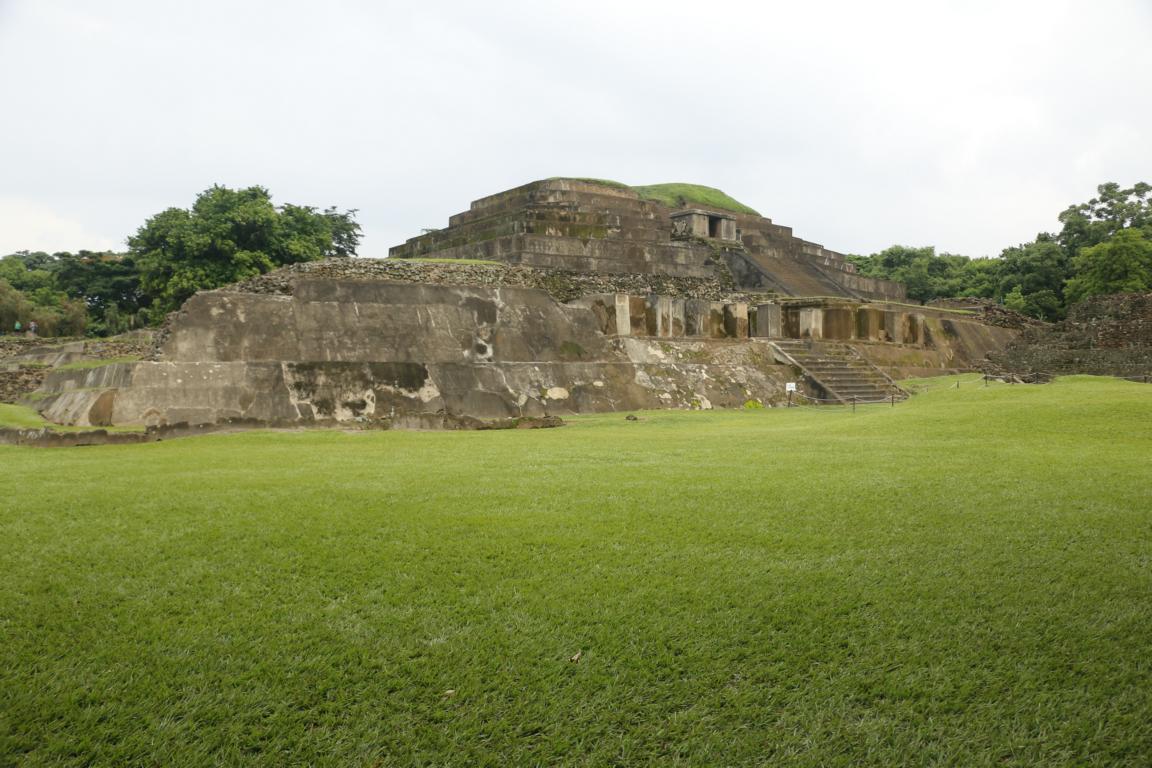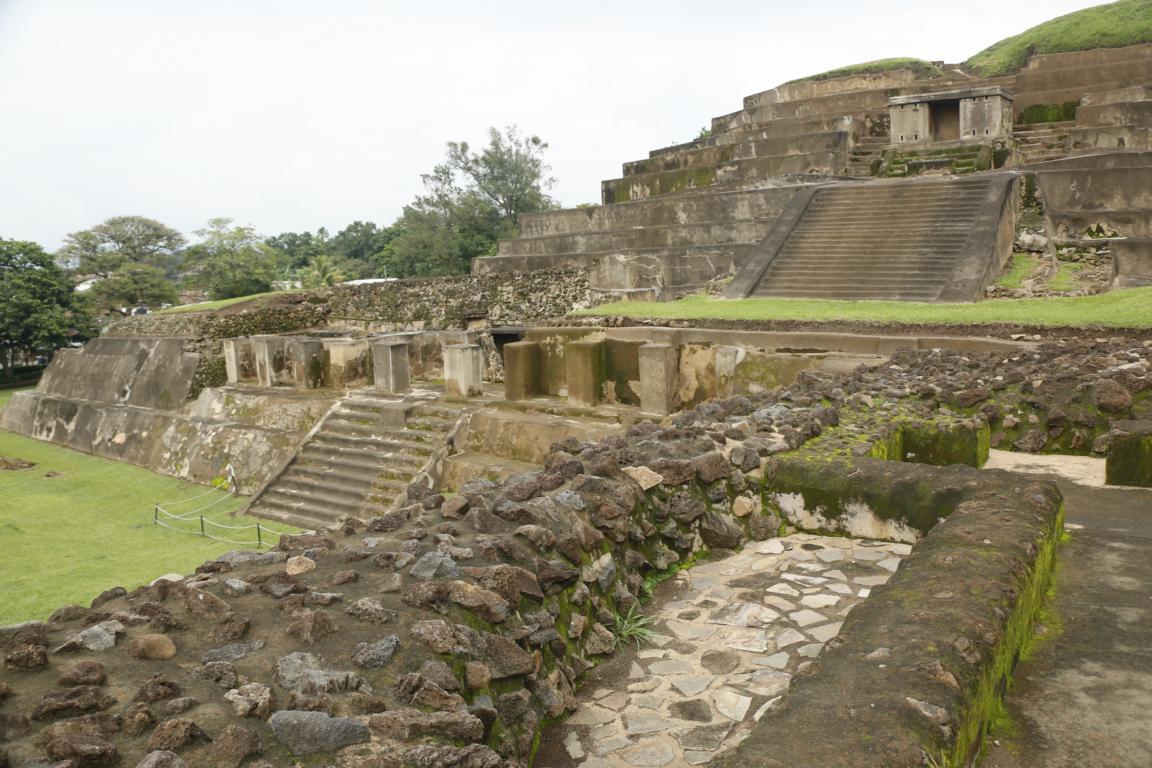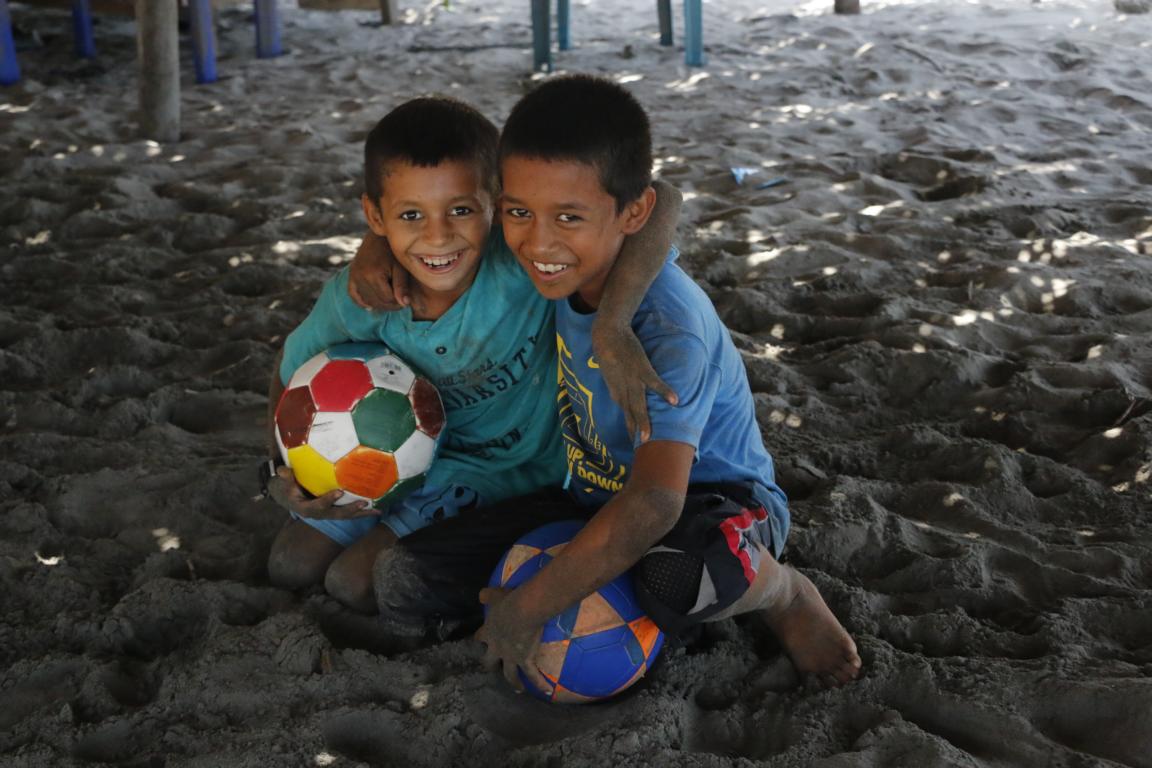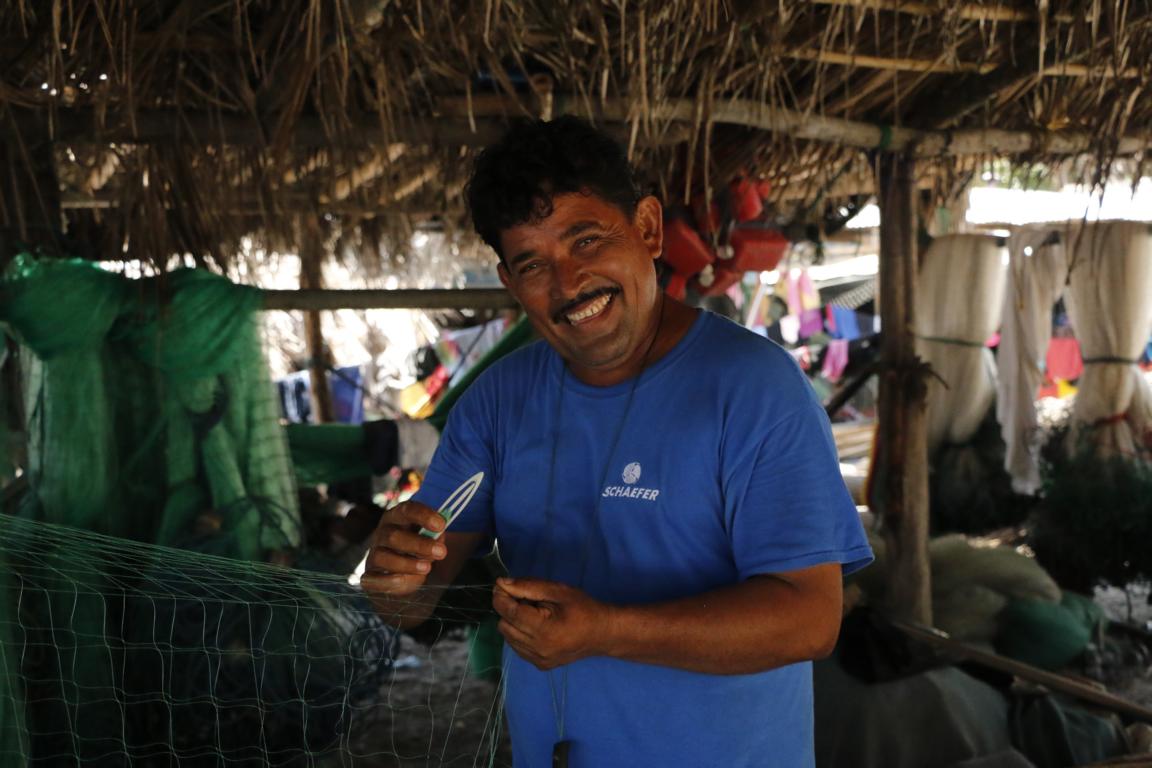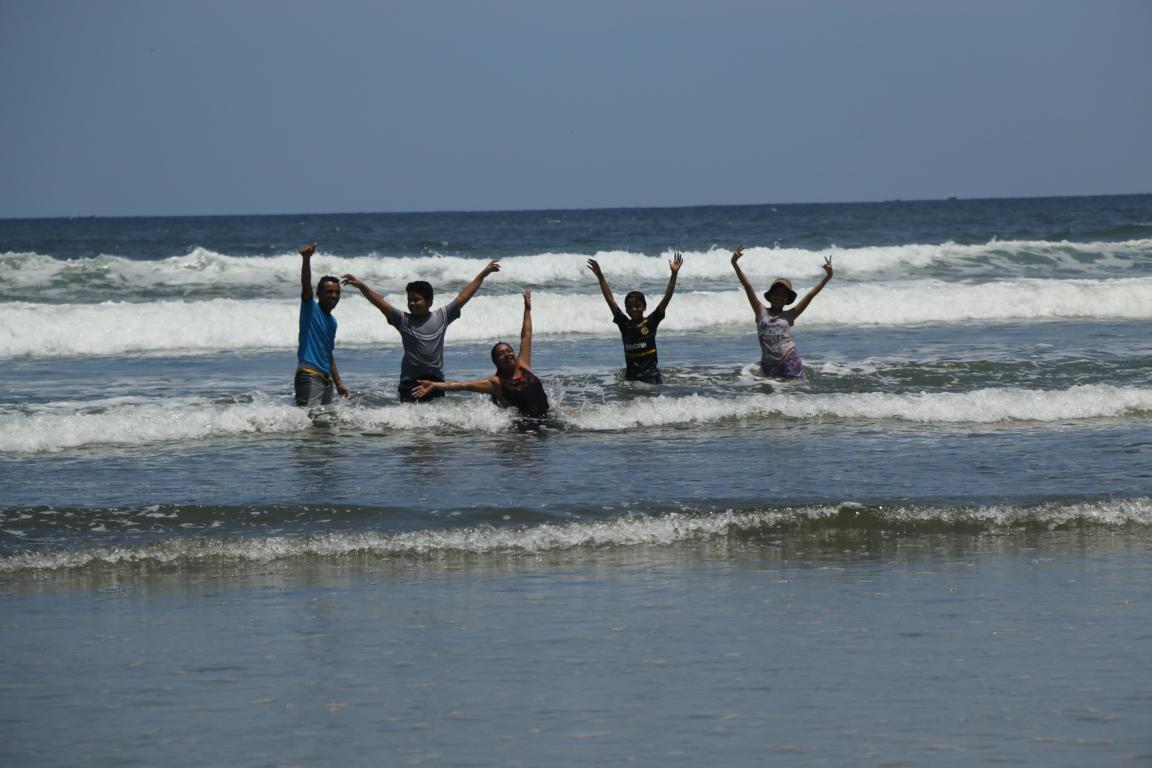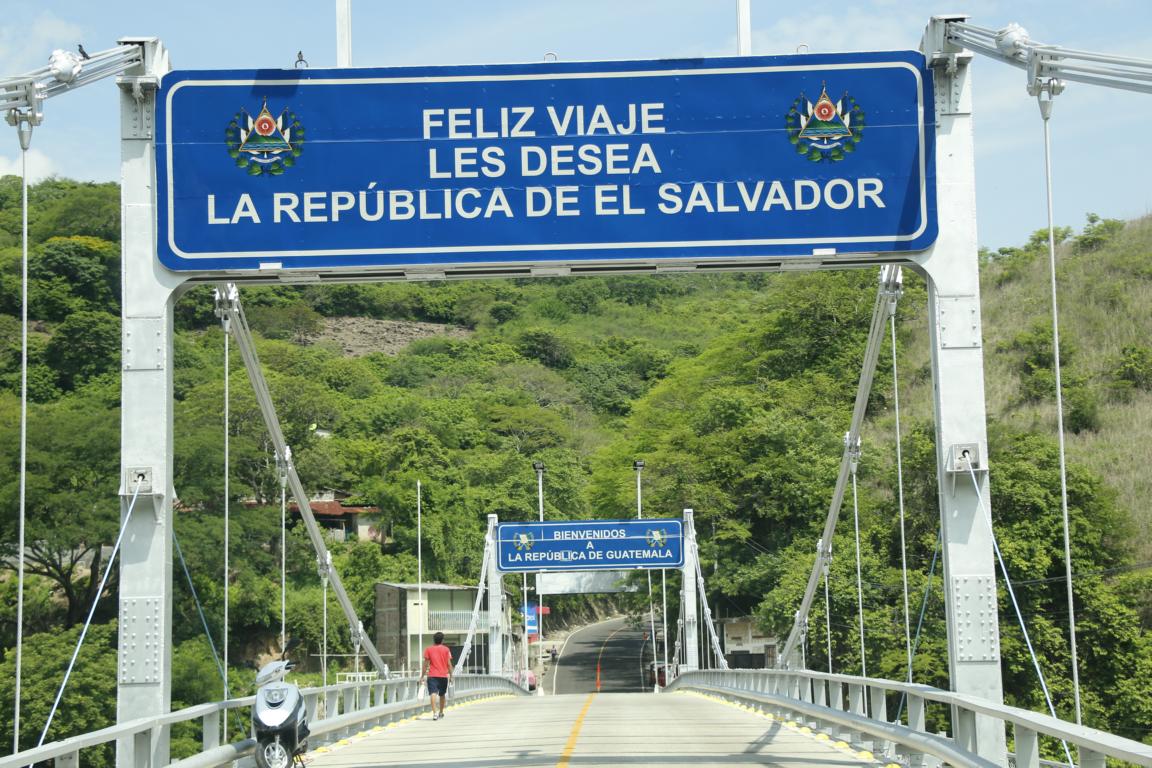El Salvador June 2018
As I worked four intensive months in 1980/81 in El Salvador as a freelance journalist (see related blog via this link) returning to this country after 37 years went along with some nostalgic feelings and sentimental emotions.
With 21.041 km² El Salvador is the smallest of the Central American countries. Never the less with 7.3 million inhabitants it is the most tensely populated. Historically El Salvador’s economy was dominated by fourteen families which owned most of the land. Today the complex social and political problems of the country still originate from a concentration of wealth in the hand of few and lack of employment in particular among the youth. Remittances of the two million strong Salvadorian diaspora living mainly in the USA have become a major element of the country’s economy. Since 2001 El Salvador uses USD as currency.
History: After decades of authoritarian rule social conflicts exploded in the Salvadorian civil war (1980-1992) during which 70,000 persons, mostly civilians, were killed. From 1989 to 2007 the country was governed by the right-wing populist ARENA party. In 2009 and 2014 the former guerilla movement Frente Farabundo Martí de Liberación Nacional (FMLN) won the presidential election. For more details re El Salvador’s history see my blog El Salvador 1980/81.
El Salvador holds 307 km coastline along the Pacific. Photos show the Playa del Cuco in southern El Salvador. Main income on the coast is fishing and tourism. Due to the strong waves launching a boat requires some skills. Fishermen normally go out in late afternoon and return early morning.
Some fishing takes place directly at the beach by throwing a net with lead weights over a swarm of fish. A fisherman receives two USD per kilo fish. Knitting nets after fishing is part of the daily routine.
The following photos show life in a typical coastal village. Tourism is a major source of income.
The capital San Salvador (1.8 million inhabitants) located at 658 m of altitude is surrounded by volcanos and in the past frequently got hit by earthquakes. Photos show the city center and street vendors.
Due to the recurrent earthquakes there are no old churches in town. The Basilica Sagrado Corazon de Jesus el Salvador (1913) is completely made out of wood. The Iglesia El Rosaria, completed in 1971, replaced a church destroyed by an earth quake and is entirely built out of recycled material. Its layout was subject of internal controversies as it intentionally broke with traditional church architecture and moved the altar to the side wall to signal inclusiveness.
Pupusa, a thick corn tortilla stuffed with a filling made of beans, cheese or meat, is El Salvador’s traditional dish.
Like in other societies domestic violence against women is a major problem. This wall painting lists the names of women who got killed or injured by their husbands or partners.
The Museo de la Palabra y la Imagen (www.museo.com.sv) contains an exhibition about the suppression of a peasant rebellion and the subsequent Matanza in 1932 where up to 30,000 persons were killed. A special exhibition is dedicated to the 1980-1992 civil war.
The director of the museum is Mr. Carlos Henriquez Consalvi, a renown author, who during 1980-1992 was the director of Radio Venceremos, the FMLN radio station operating from within the liberated areas (the last two pics showing Carlos in the 1980s were provided by the museum).
I was of course flattered to find a photo on one of the walls which I had taken in 1980 - although the event is quite tragic (picture in the left lower corner).
The Centro Monseñor Romero ( http://www.uca.edu.sv/cmr/galerias/sala-memorial-de-martires/ ) located in the Universidad Centroamericana hosts a museum which remembers Archbishop Romero (who was assassinated by a right-wing death squad on 24 March 1980) and catholic priests, nuns and laic activists killed during the conflict. In this very building on 16 November 1989 six Jesuit priests (five of them Spanish citizens) and two Salvadorians where assassinated by government soldiers. Archbishop Romero, an outspoken critic of the social injustice, is buried in the crypt of the cathedral.
Considering the decades of dictatorship and war it is a major achievement that as a result of the 1992 peace agreement in El Salvador democratic rights are implemented and competition over politics and interests now takes place in form of elections. Today the political landscape is dominated by two political parties: The right-wing populist ARENA party (Alianza Republicana Nacionalista), initially founded by the head of the death squads, Major Roberto D’Aubuisson, later turned into a center-right party. ARENA wone the first presidential and parliamentary elections and since 2017 again holds the majority in the parliament. The former guerilla movement Frente Farabundo Martí de Liberación Nacional (FMLN) at the end of the war in 1992 turned itself into a left-wing political party. In 2009 the FMLN won the parliamentary and presidential elections. In 2014 again a candidate of the FMLN became presidential. The next presidential election are scheduled for 2019.
Tapping into some old networks I had the honor to meet the governor of San Salvador Mr. Eduardo Linares. He was the FMLN commander of Chalatenango, the zone which I visited in 1981.
Suchitoto is a charming little town and touristic site in central El Salvador. In the 1980s it was a guerilla stronghold and there my friend Leo Gabriel and I meet with Gerardo and Ismael. Gerardo during the war worked as a FMLN radio engineer modifying commercial handheld radios to make it difficult for the enemy to intercept conversation. Ismael was part of a FMLN unit which was in charge of procuring arms and ammunition and smuggling them into the country. Over a large quantity of beer and rum we learnt many amazing stories how the guerrilla was able to overcome technical and logistical problems. The bar “El Necio” (“The Fool”) where we met still has an FMLN flair and provides great live-music.
The mountains of Chalatenango favored the guerrilla. It still is great area for off-road driving if you want and can. In the small villages, e.g. Arcatao, which heavily suffered from government army retaliation, the memory of the war is still present. Here wall paintings (murals) depicting Monsignor Romero and the armed resistance are no contradiction. A stone in Las Vueltas lists the names of 46 villagers killed during the war. In a health center in Chalatenango one can visit the grave of German doctor Christa Baatz (“Victoria”). She worked as a medical doctor for the FMLN during the war and died of cancer in El Salvador in 2015.
EL Salvador still has a crime related security problem and the capital San Salvador is considered one of the most dangerous cities in the world. Gang violence originated in the USA which during the 1990s forcefully repatriated thousands of young Salvadorian migrants and criminals which formed street gangs (so-called Maras) now controlling certain areas in San Salvador. Shoot-outs between members of different gangs and extorsion of “protection money” is wide-spread. Some of the worst affected areas are Soyapango, Ilopango, Mejicanos and Apopa. Just as a test I asked several taxi drivers whether they would bring me to certain areas but they immediately declined as it would be too dangerous when an unknown car would enter the territory of a street gang.
Heavily armed police and armed guards show presence in order to scare off criminals. Gas stations try to avoid cash and all have armed guards.
When taking a shortcut through the mountains south of Santa Ana I run into a police patrol which informed me that they are escorting teachers of a rural school as the area is considered unsafe. Of course I quickly joined the convoy in order to head back to the main road.
El Salvador has a rich pre-Hispanic history including a number of Maya archeological sites. San Andres, located west of the capital San Salvador, dates back 3000 years, and has been destroyed several times by volcanic eruptions. Tazumal near Santa Ana is a second important archeological site.
Considering El Salvador’s difficult history it is surprising that Salvadorians are among the friendliest and happiest people I have met during my travel so far.
